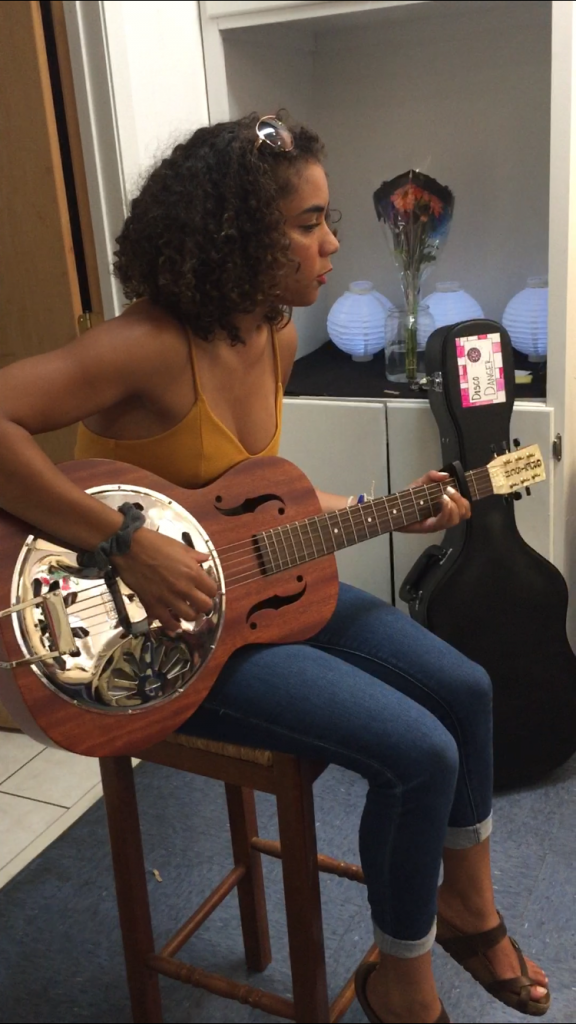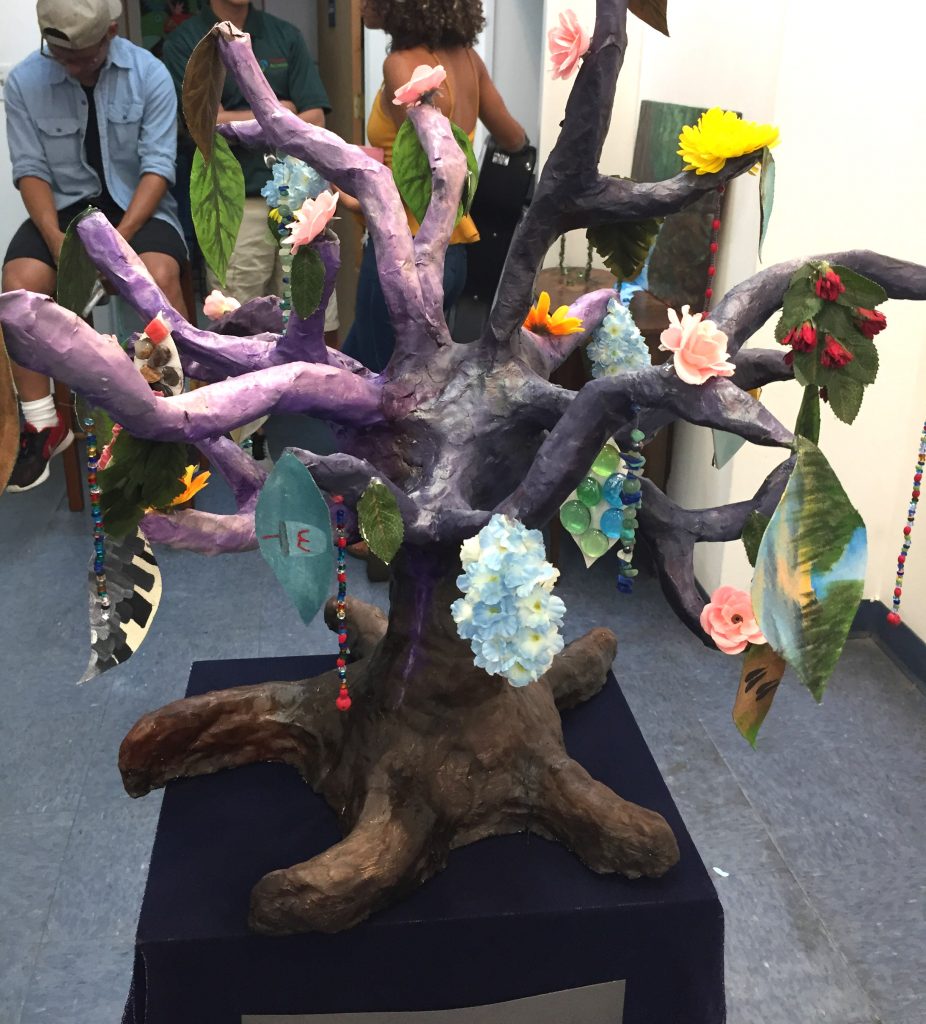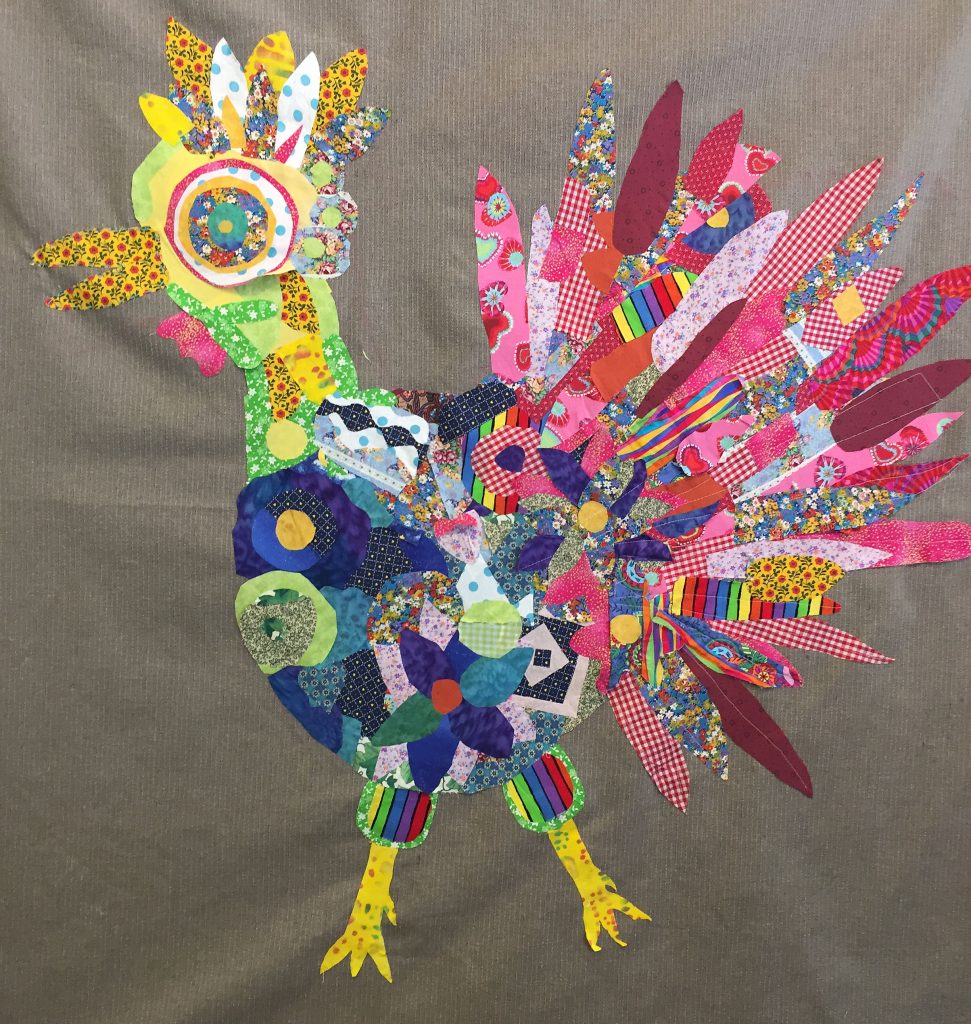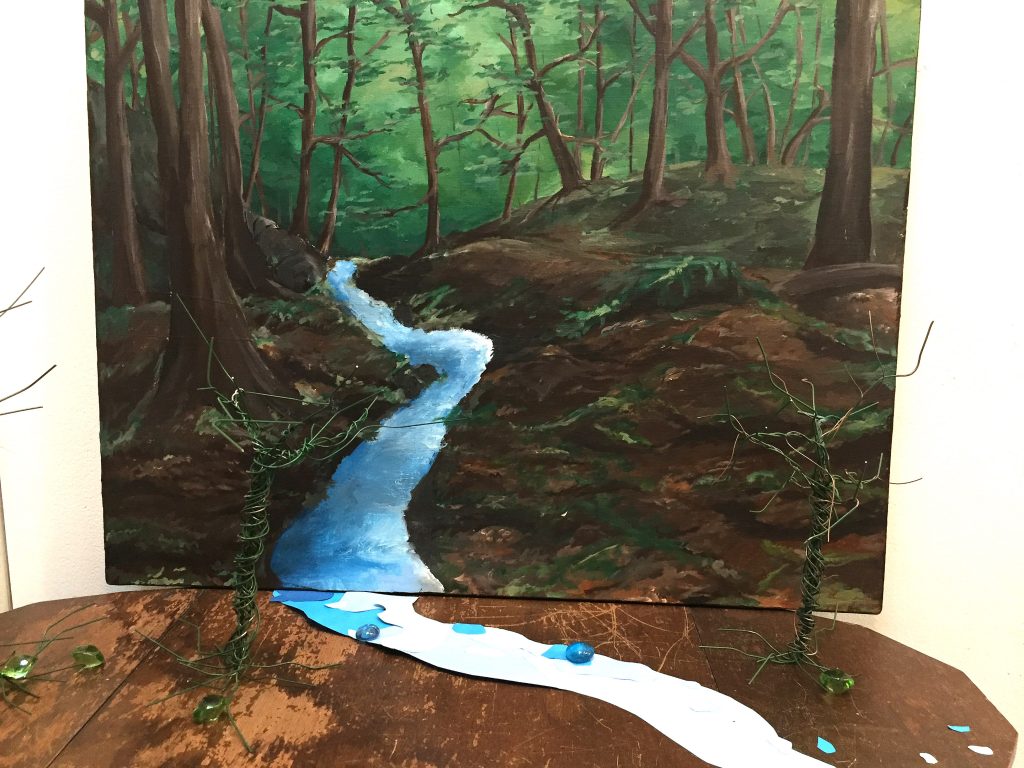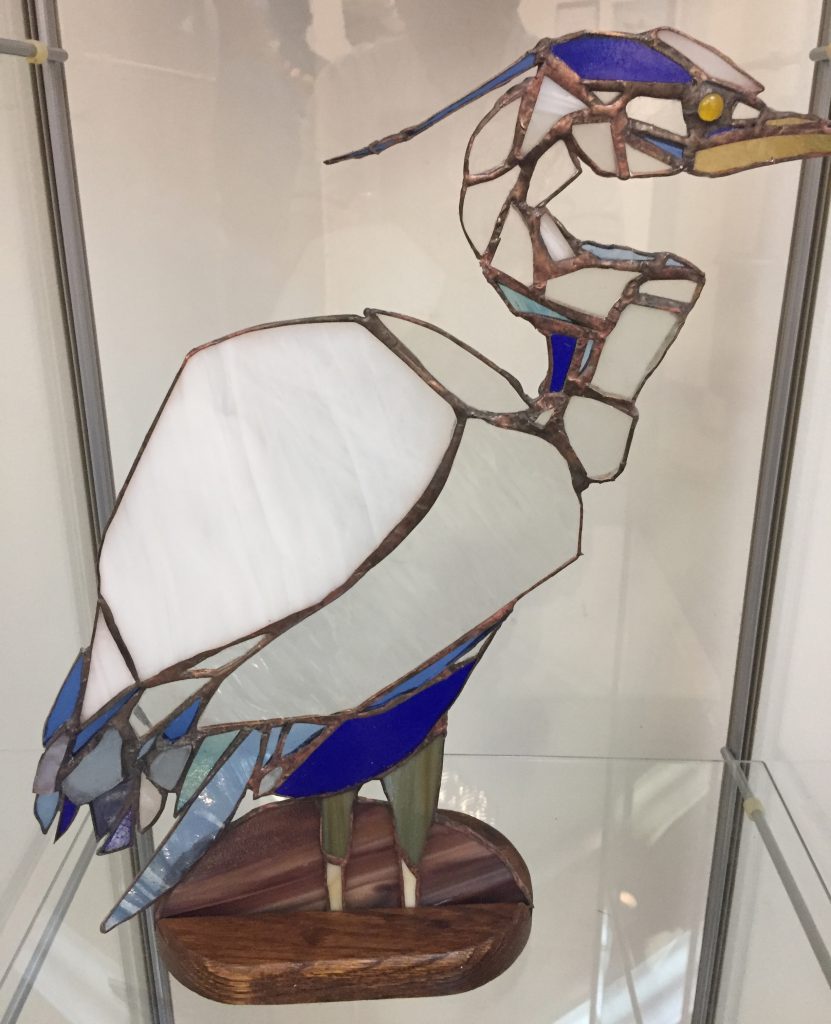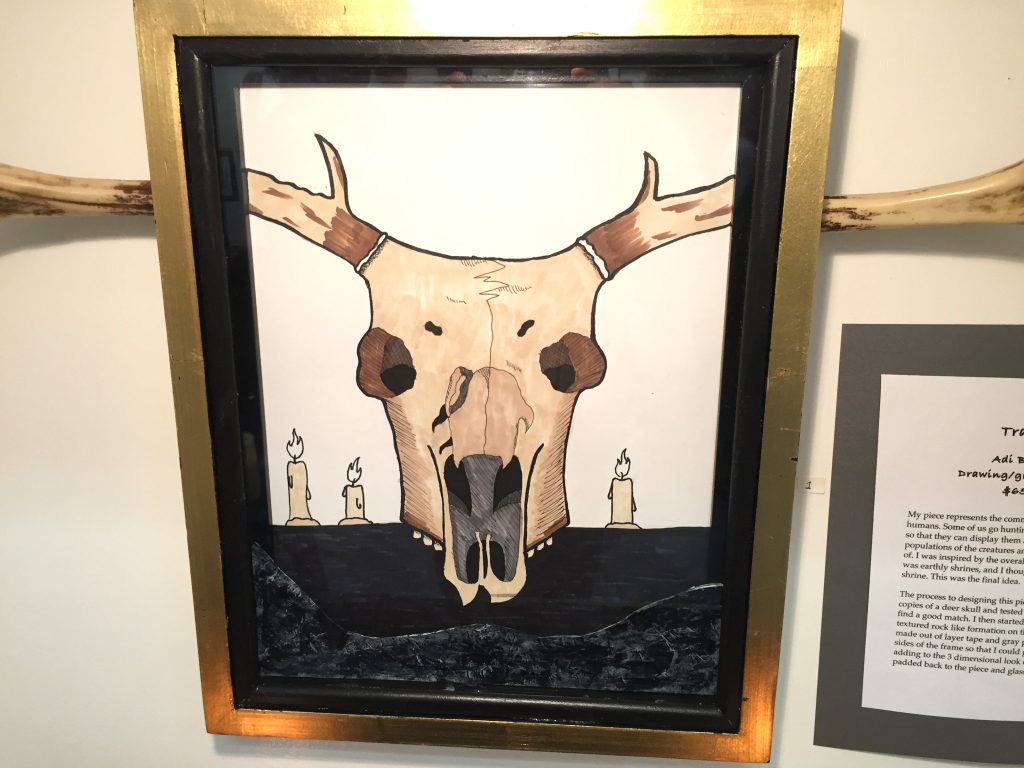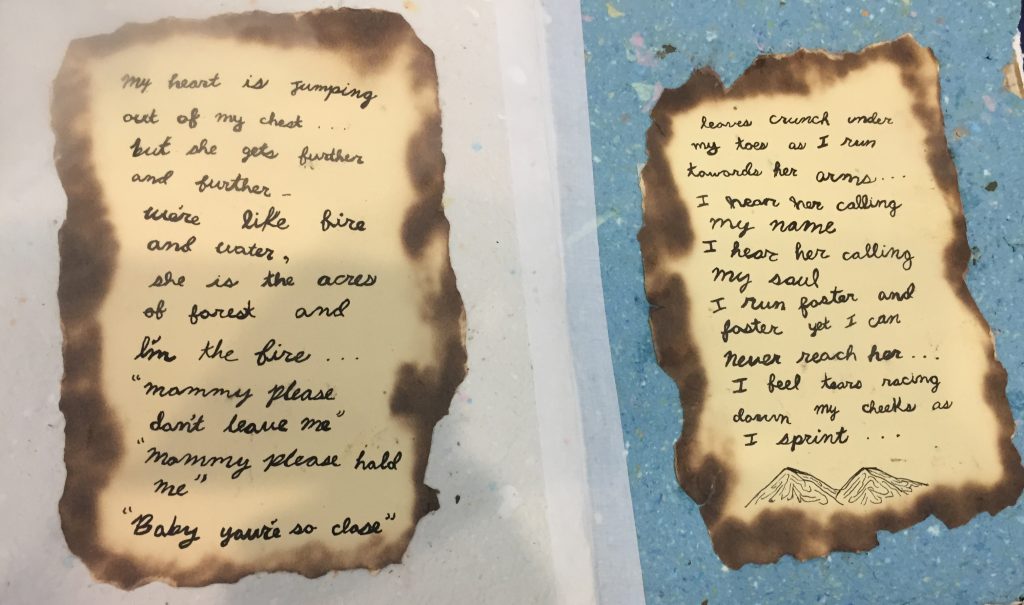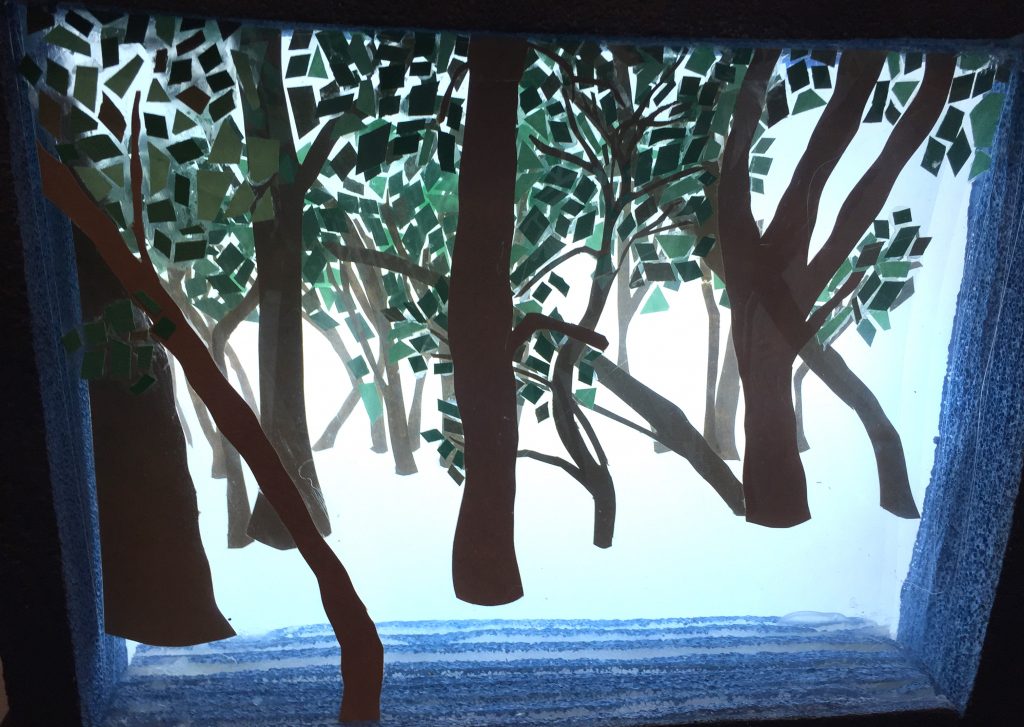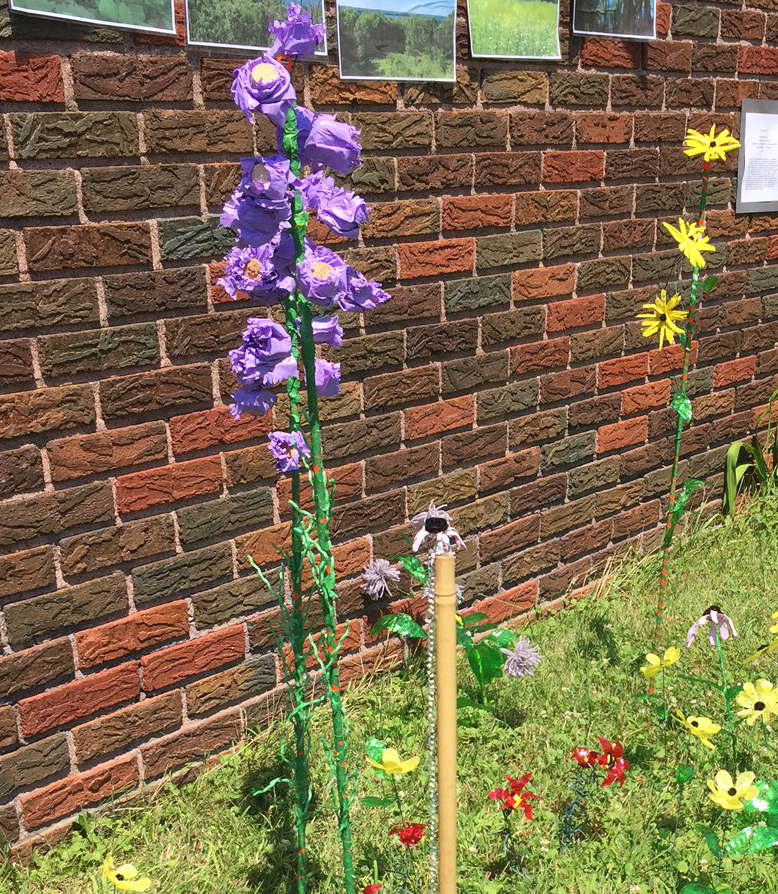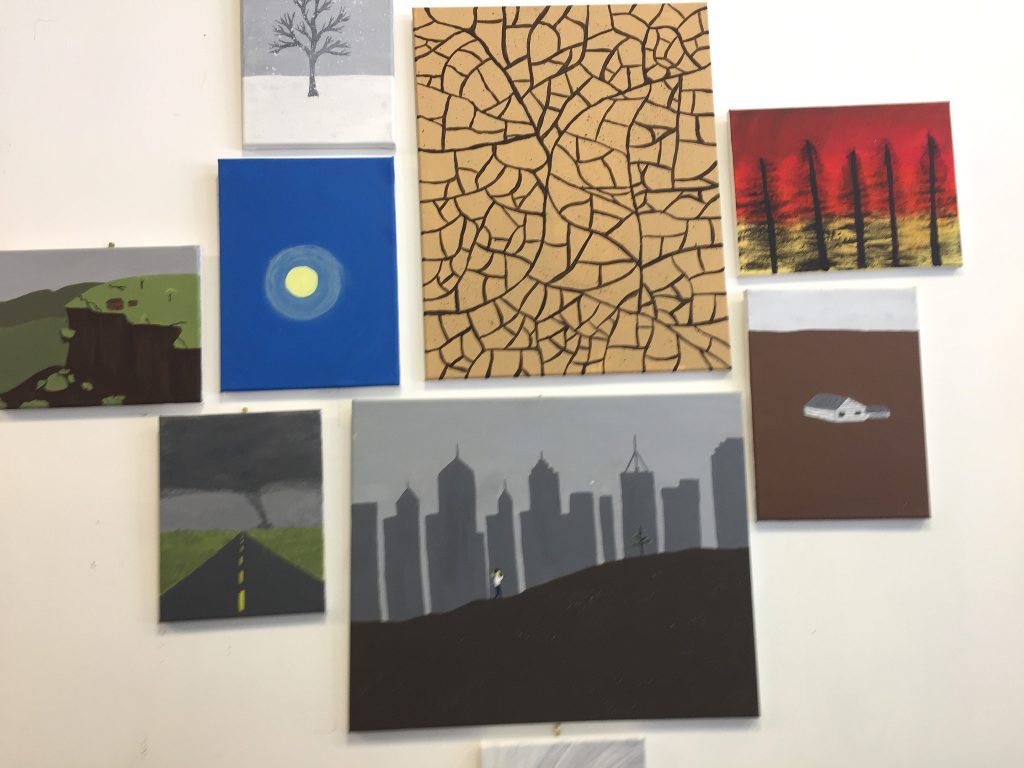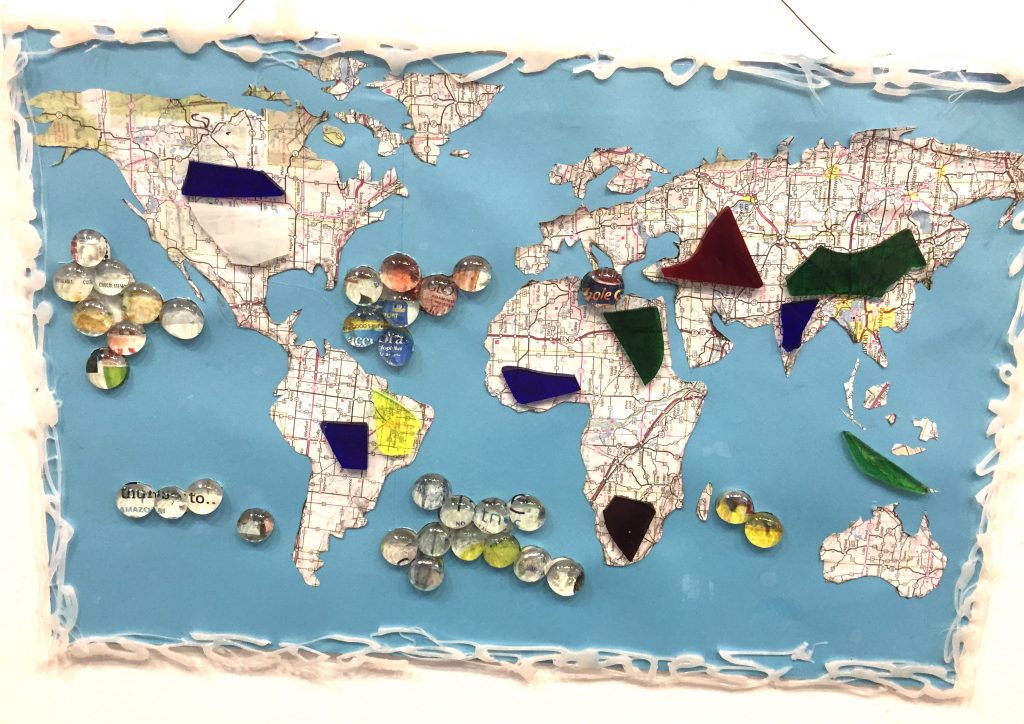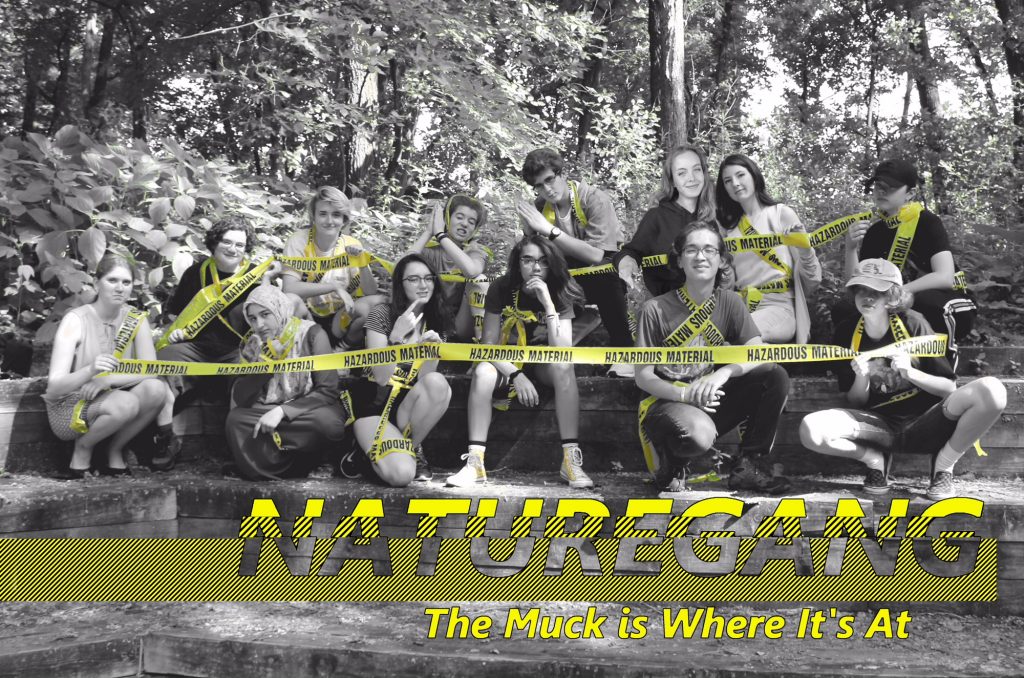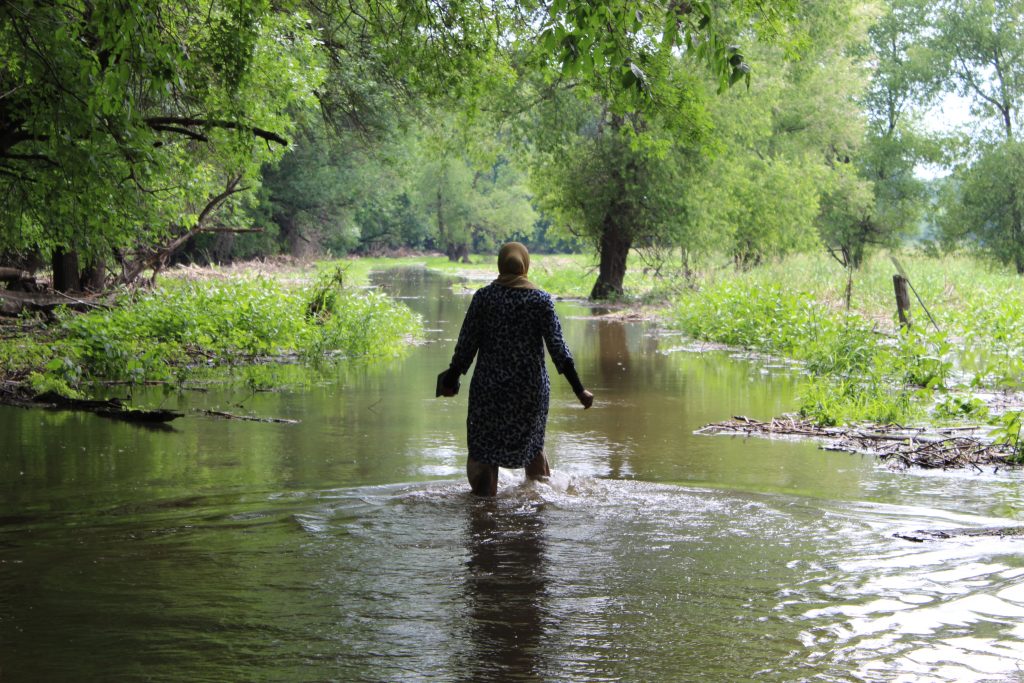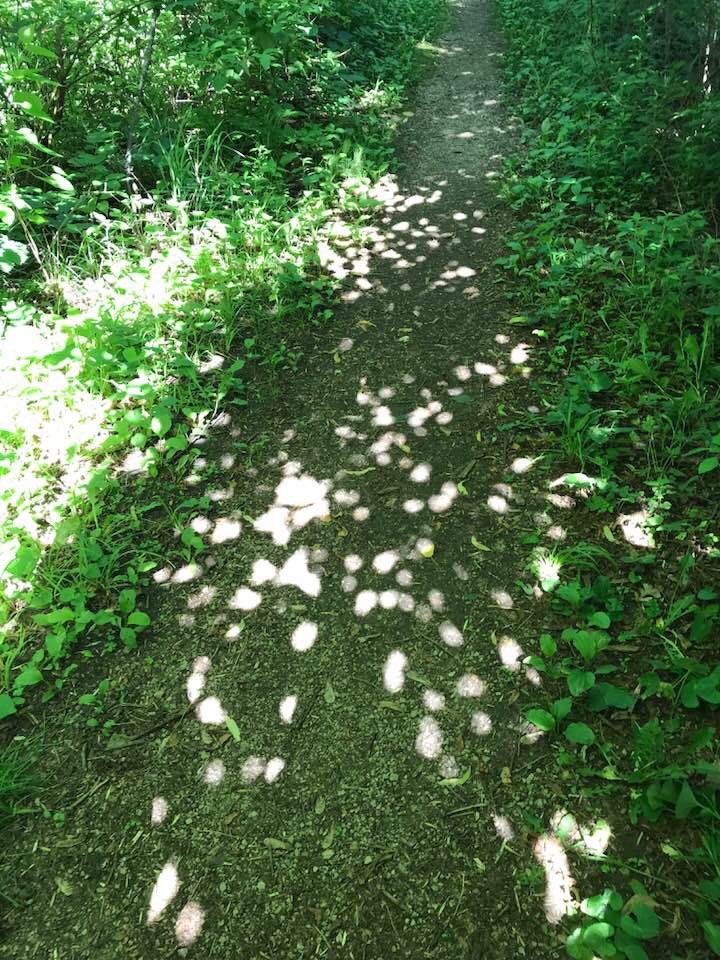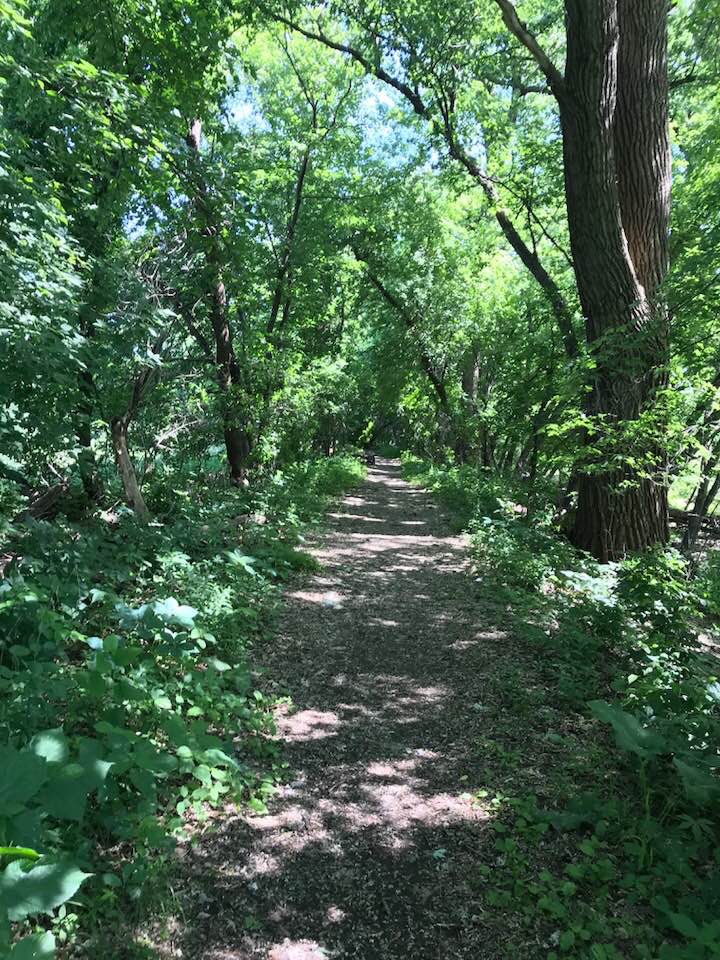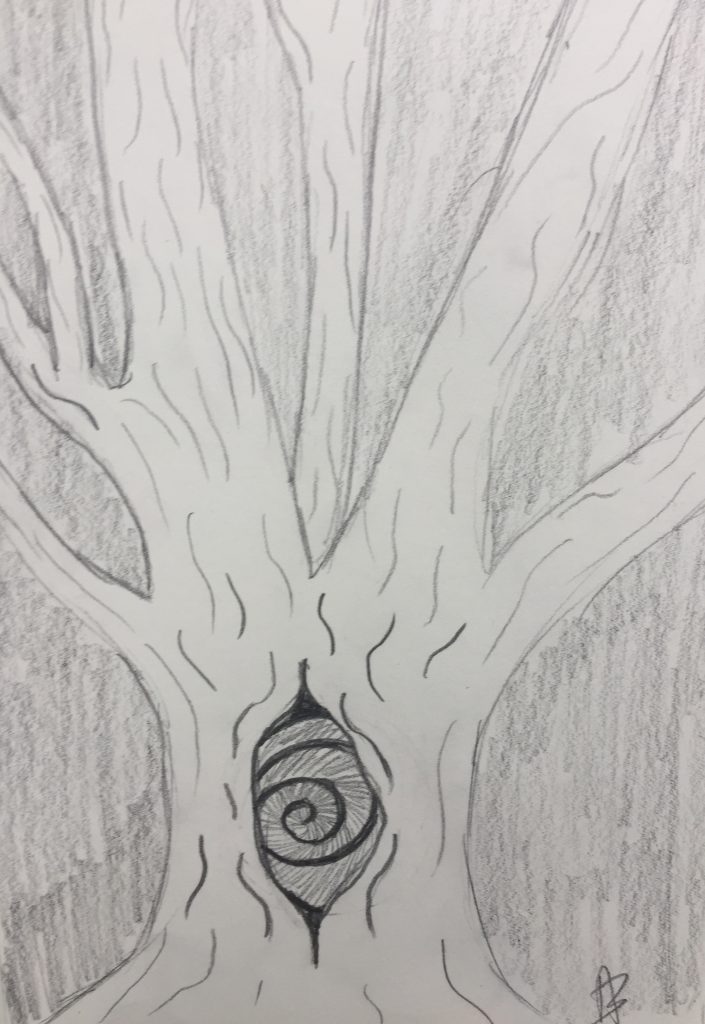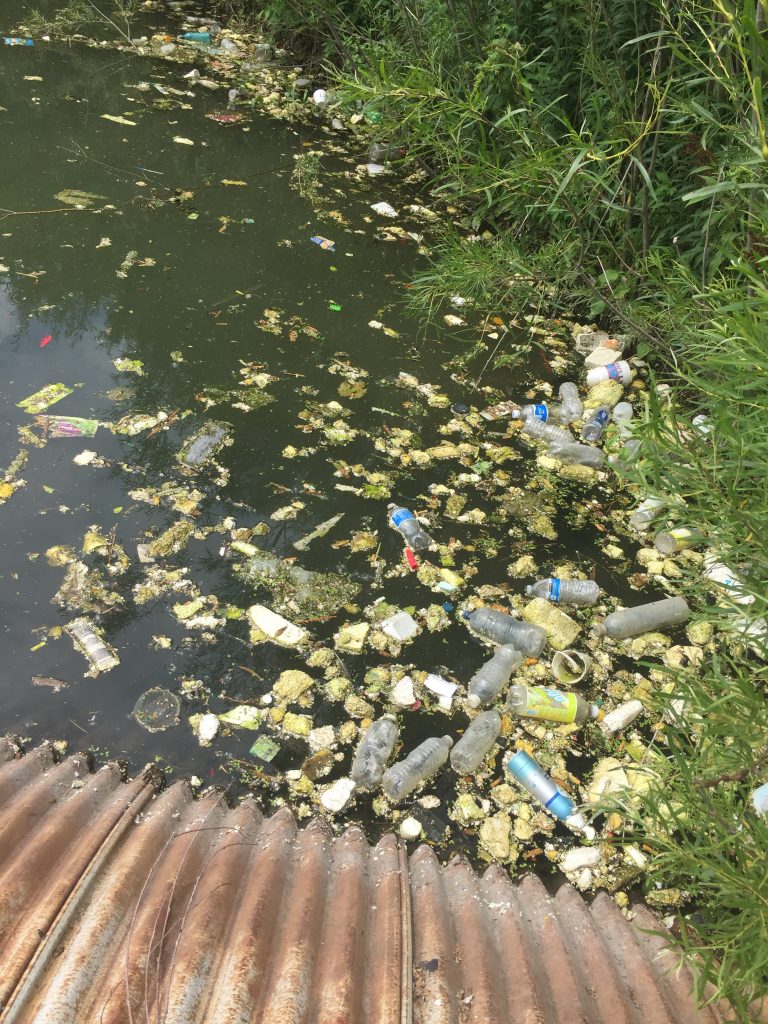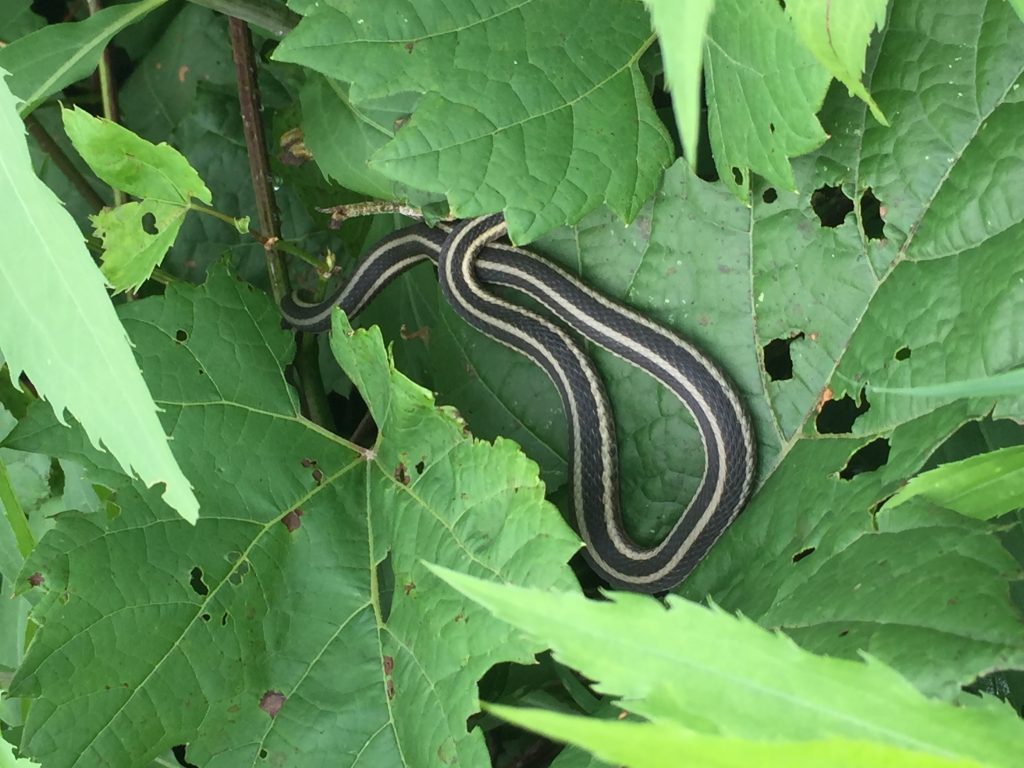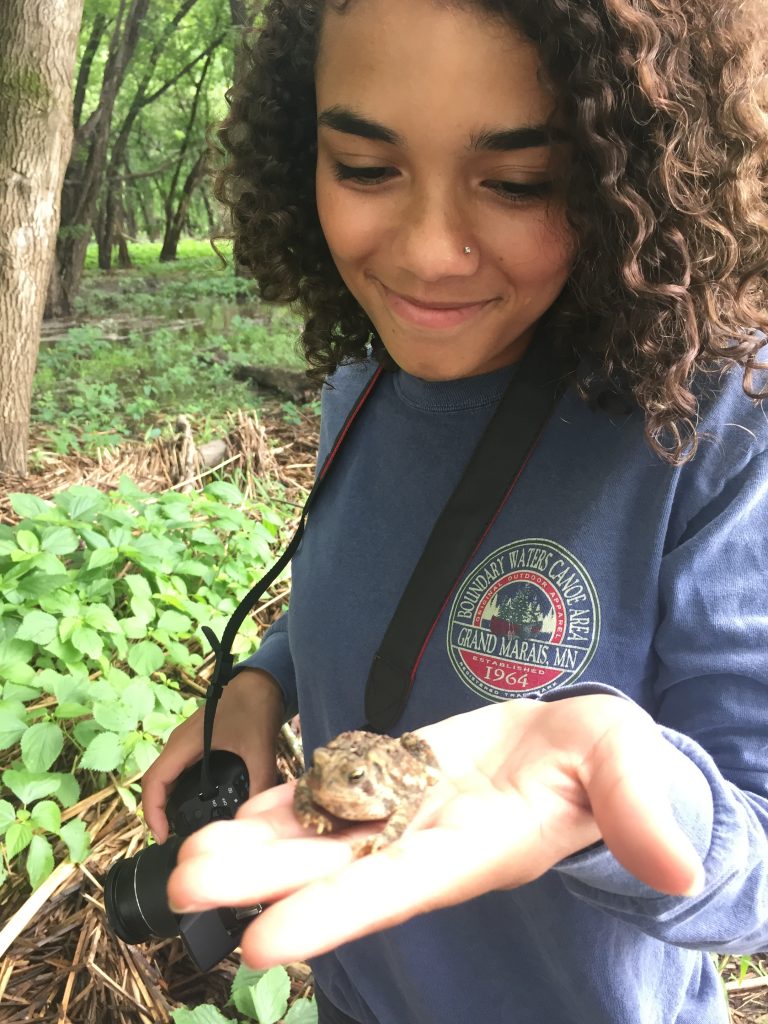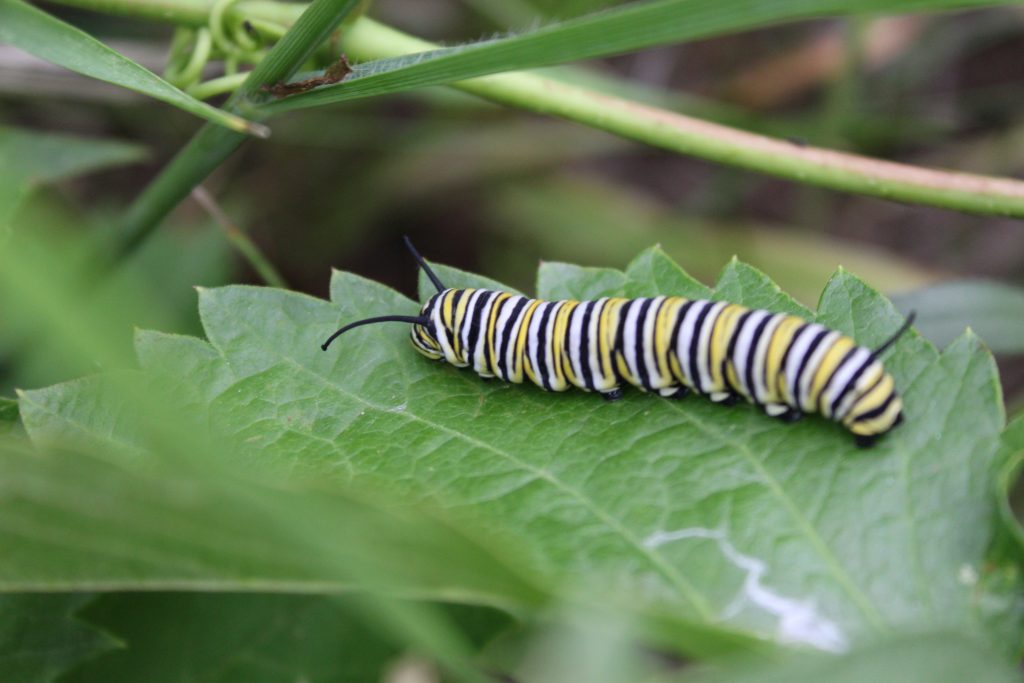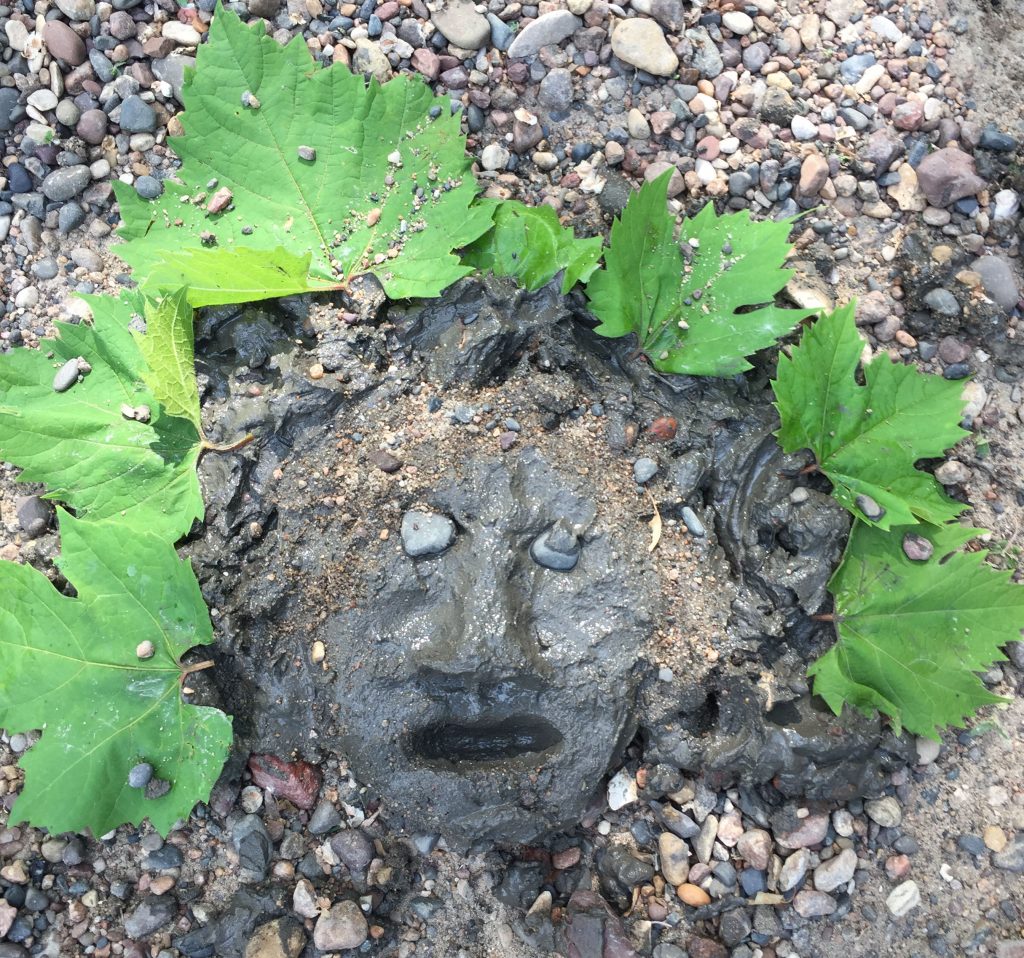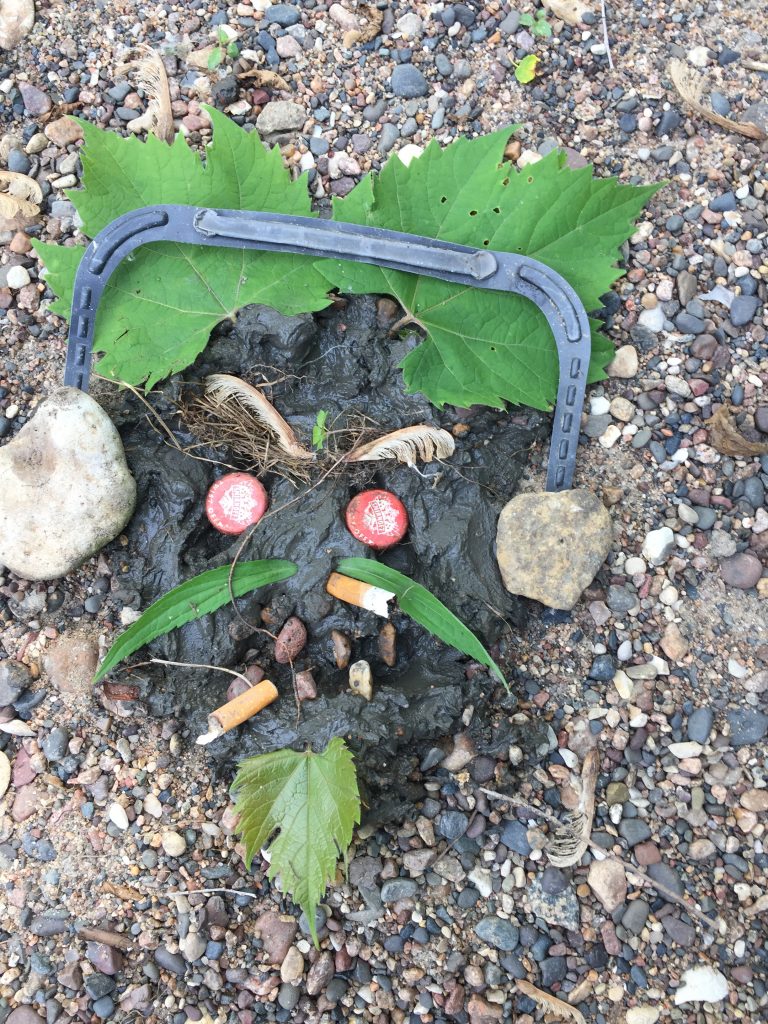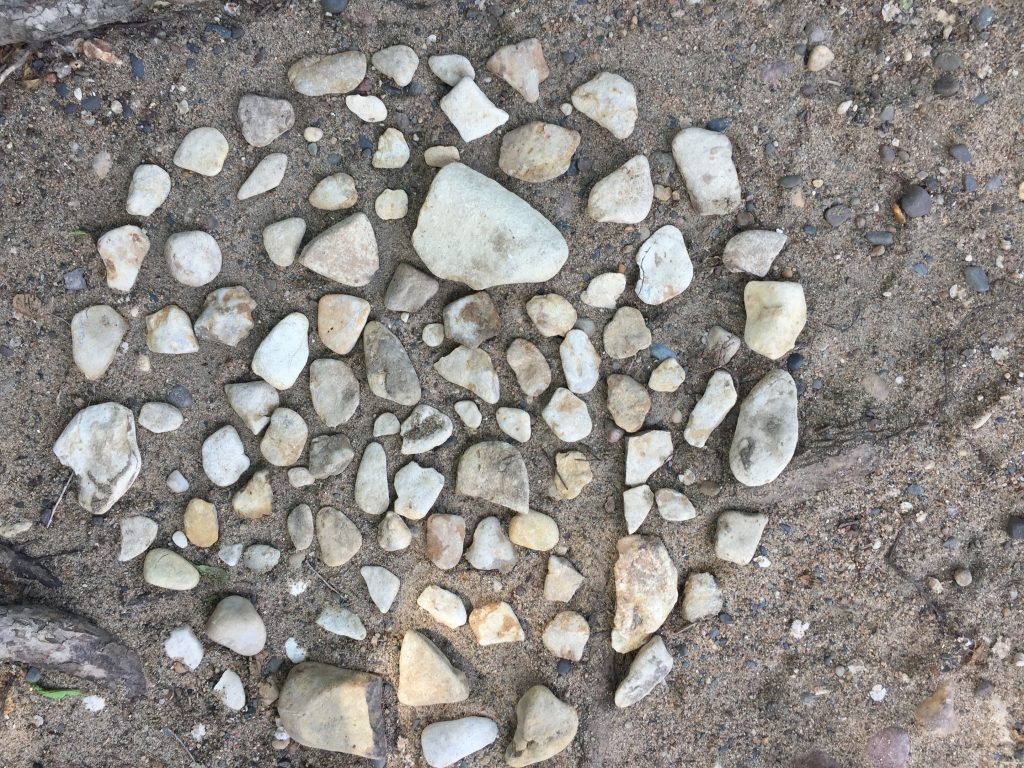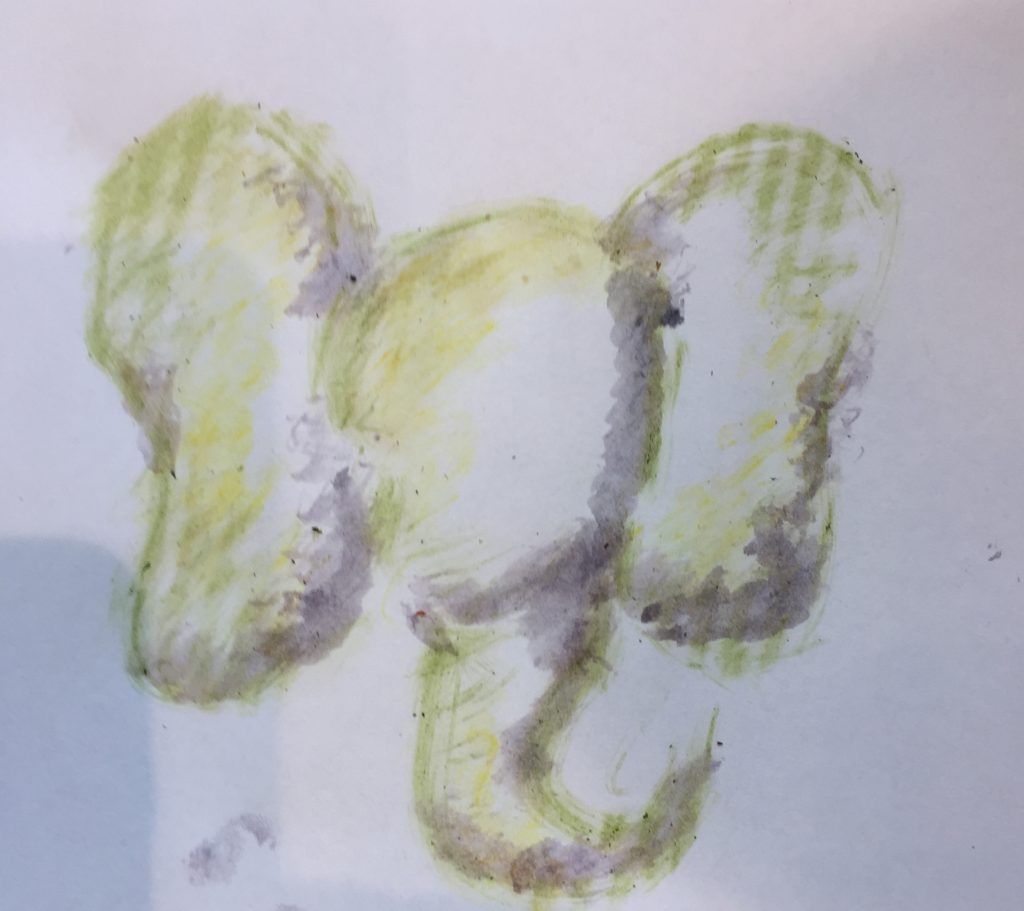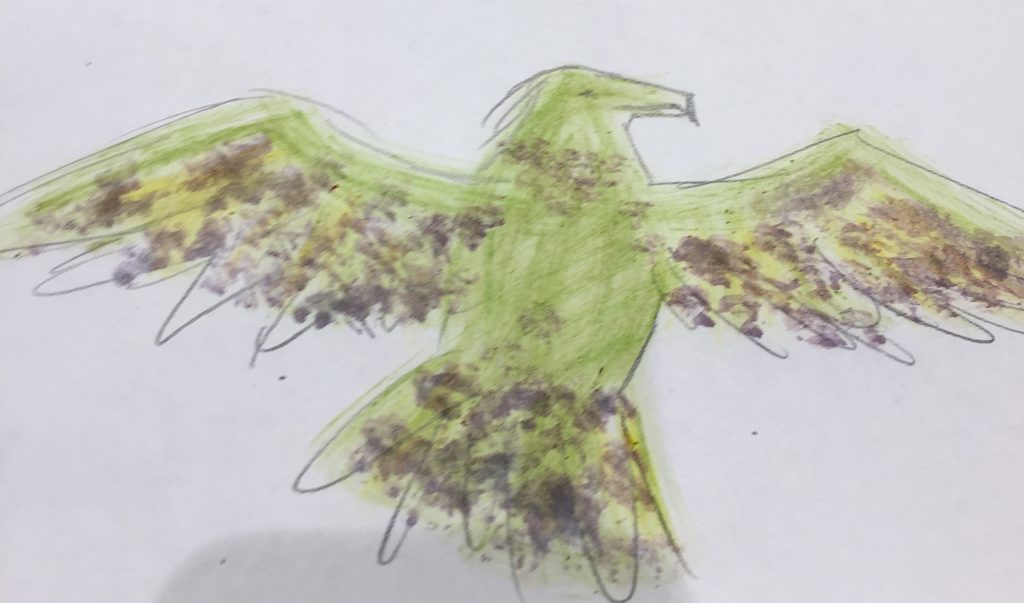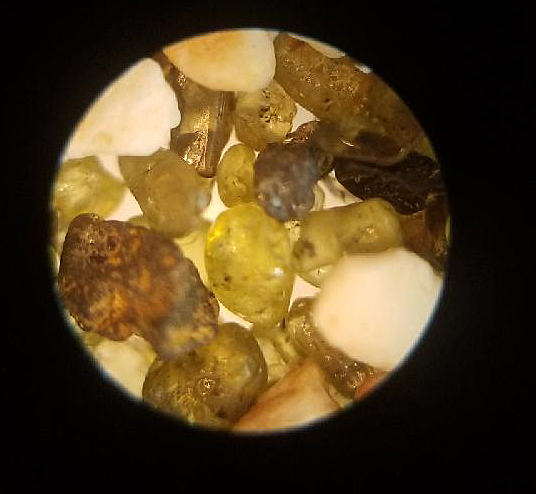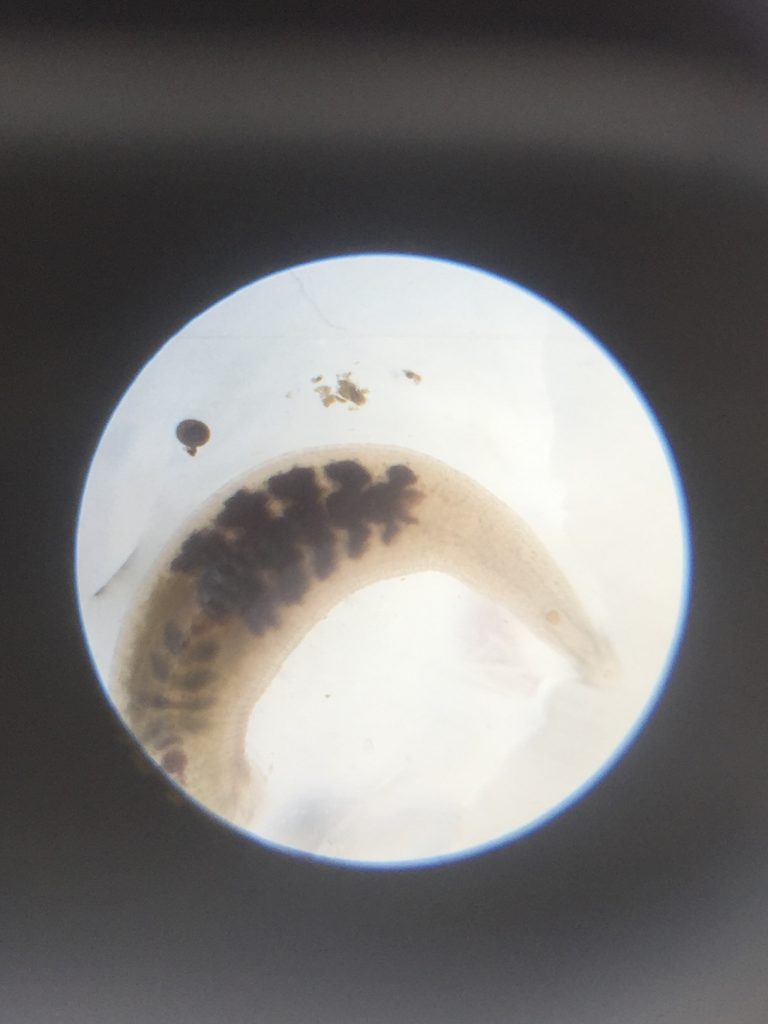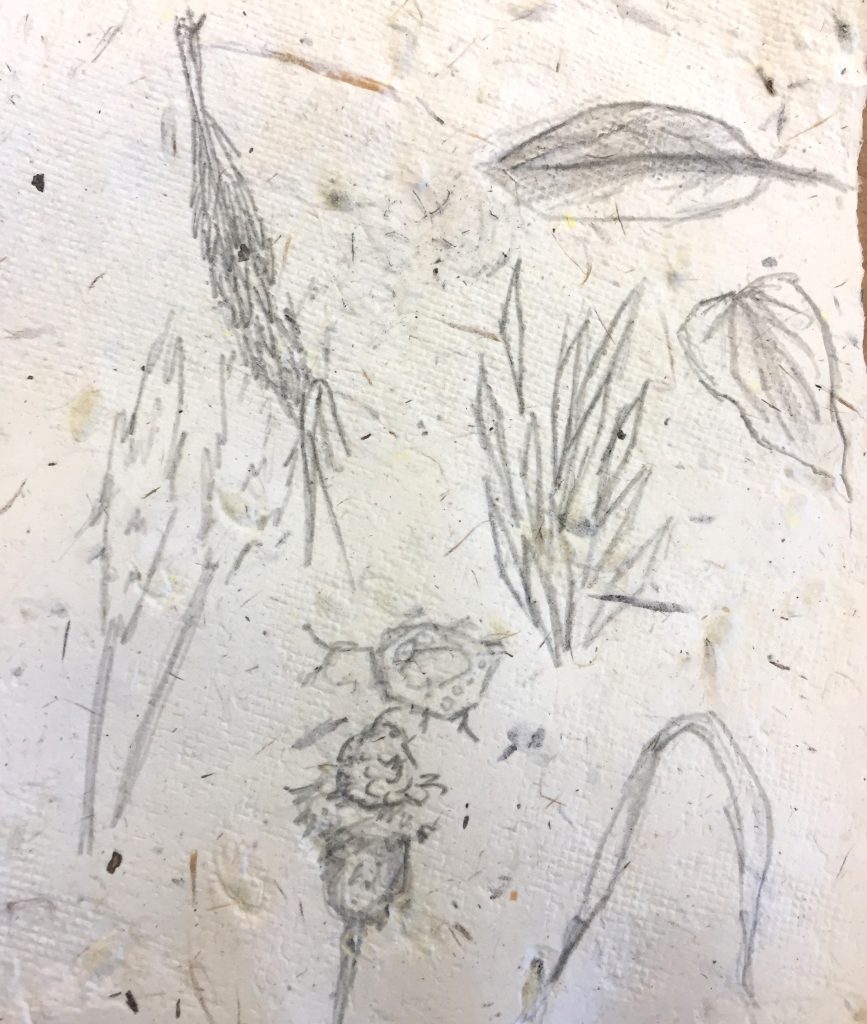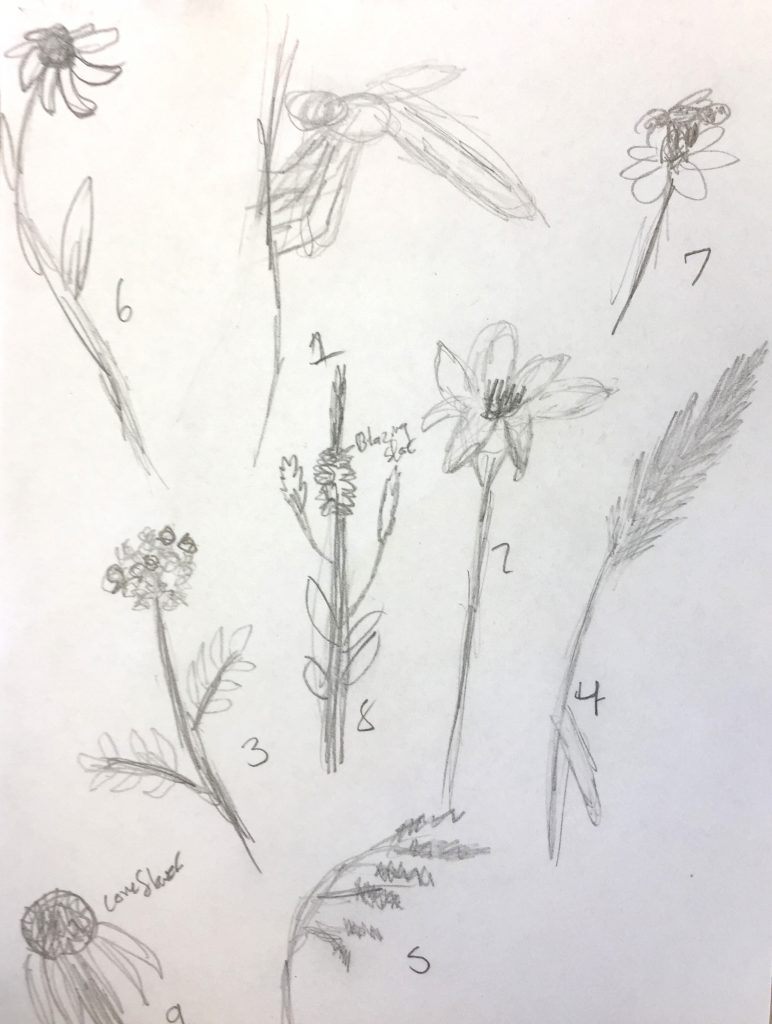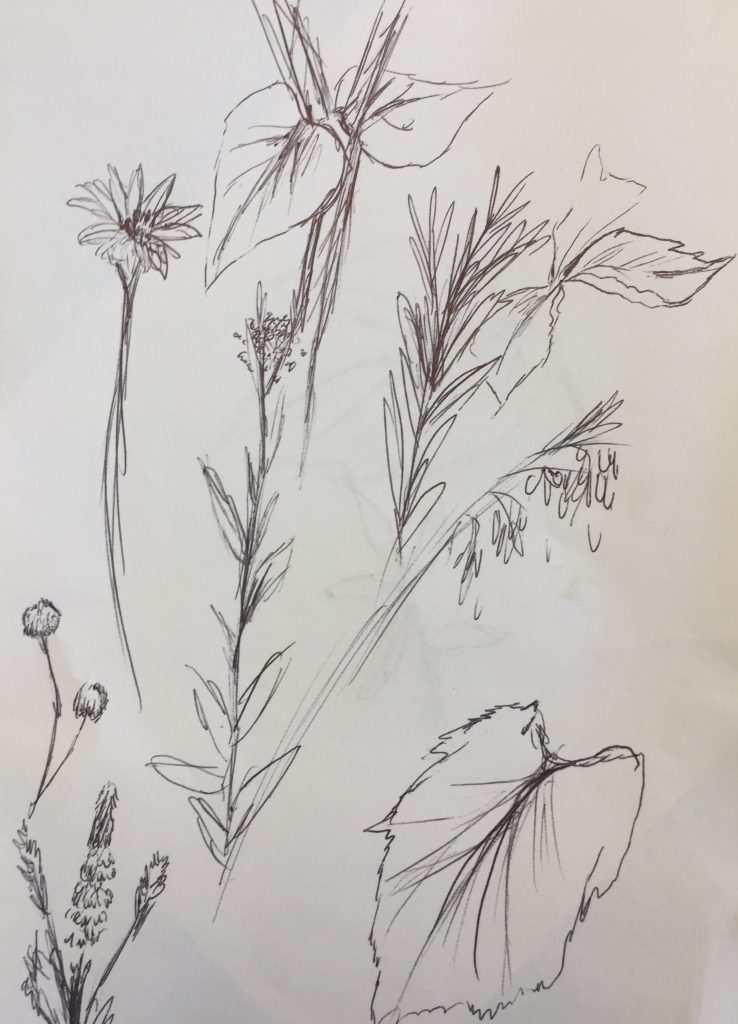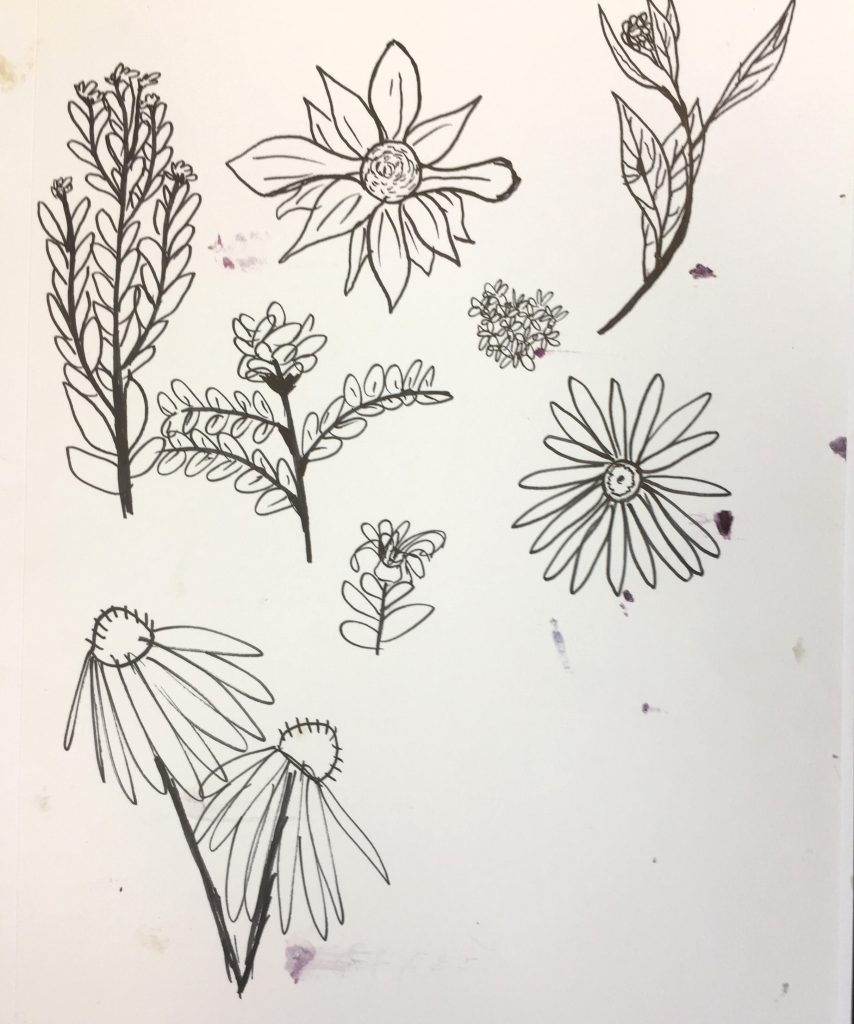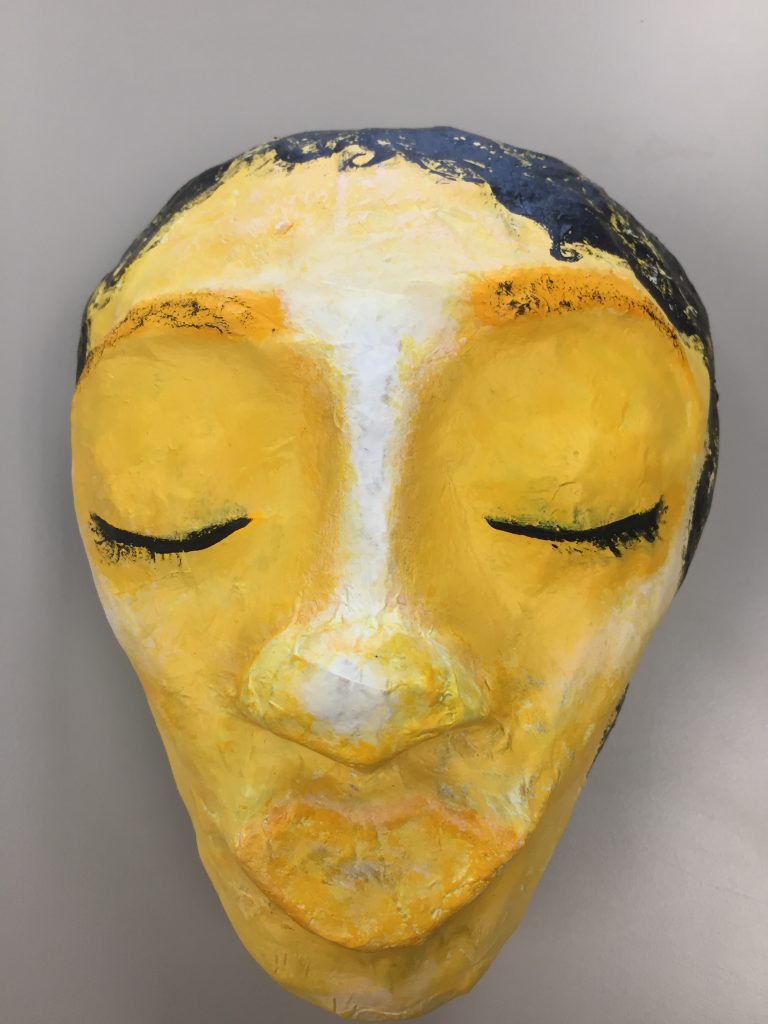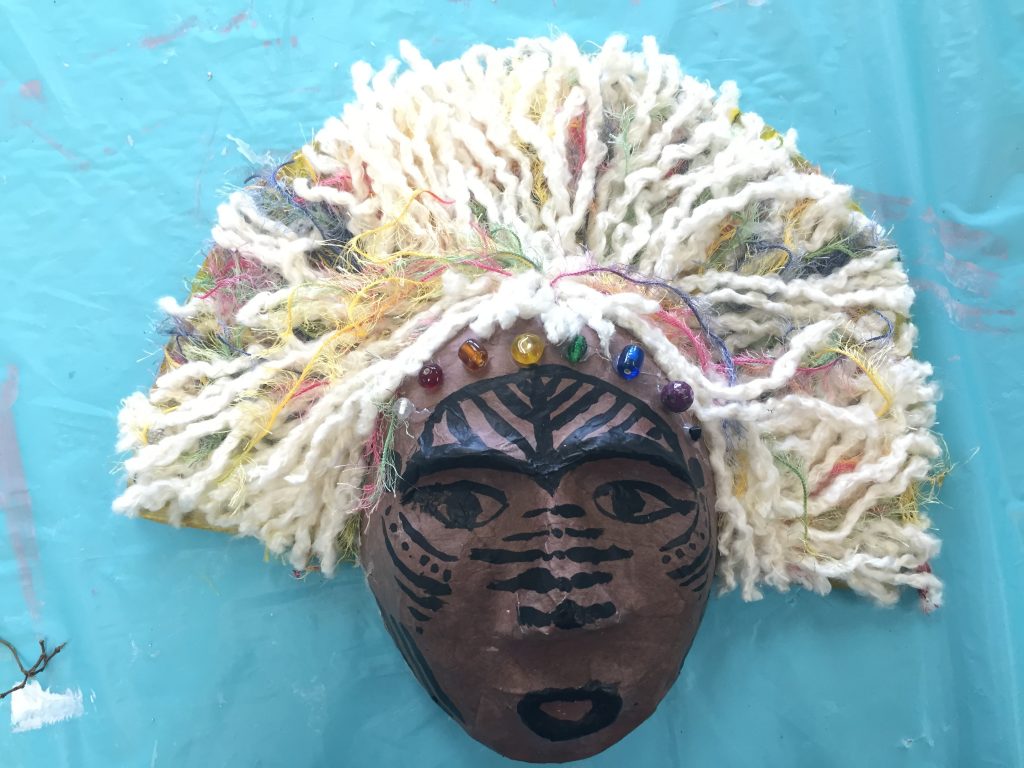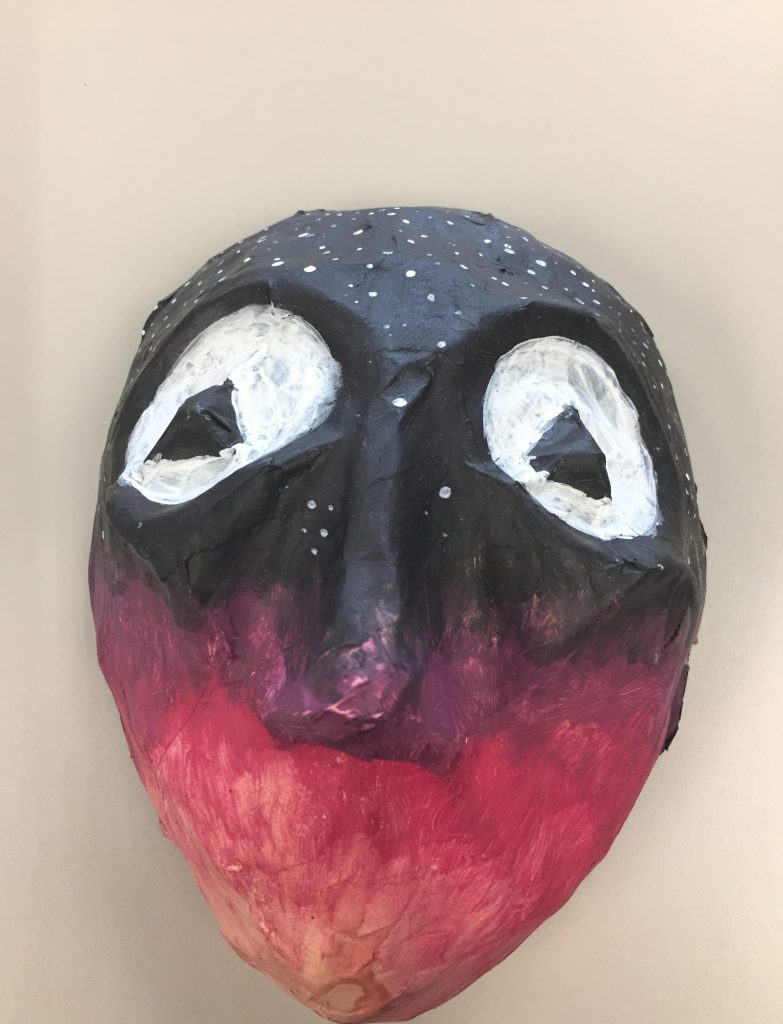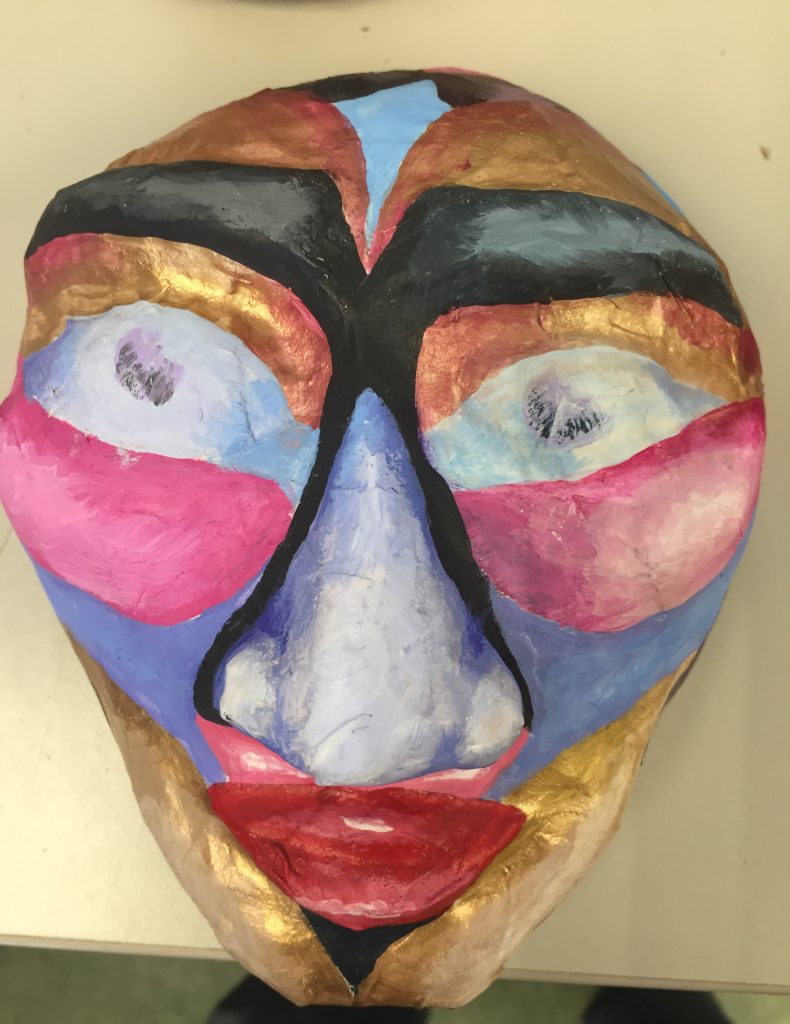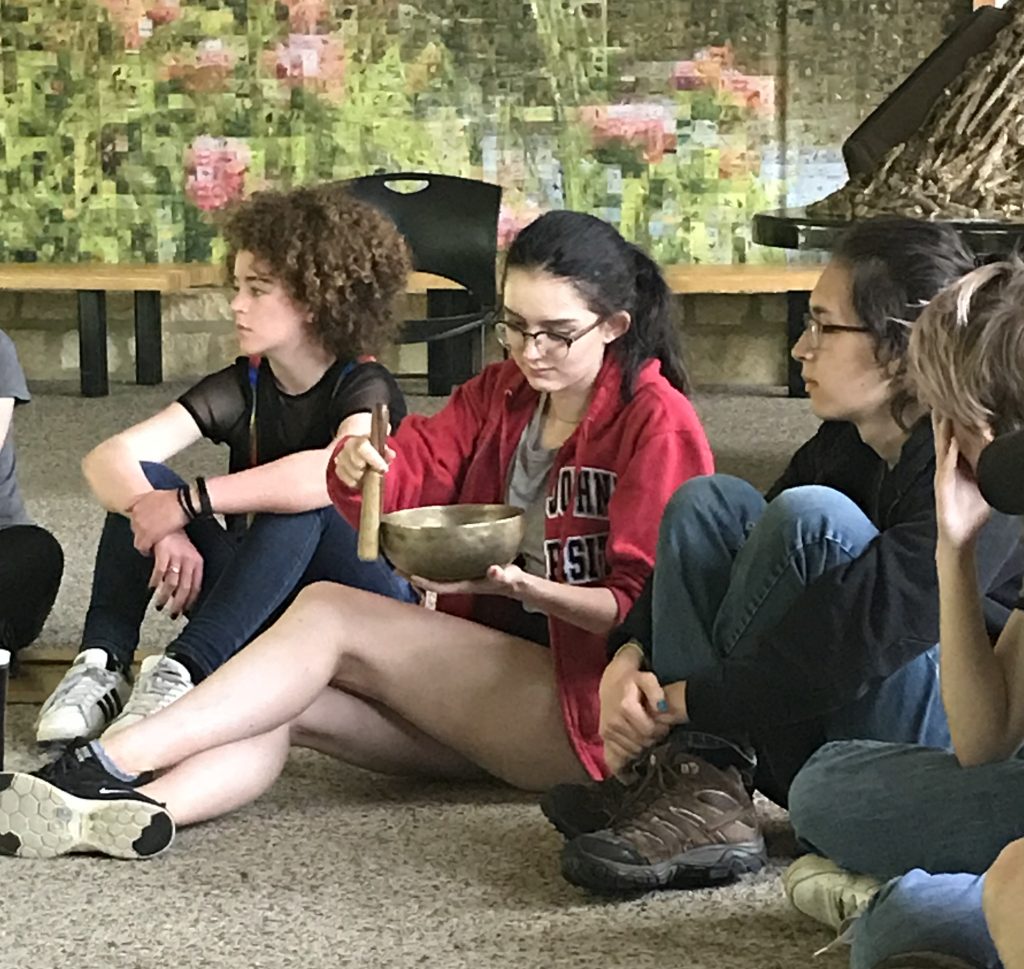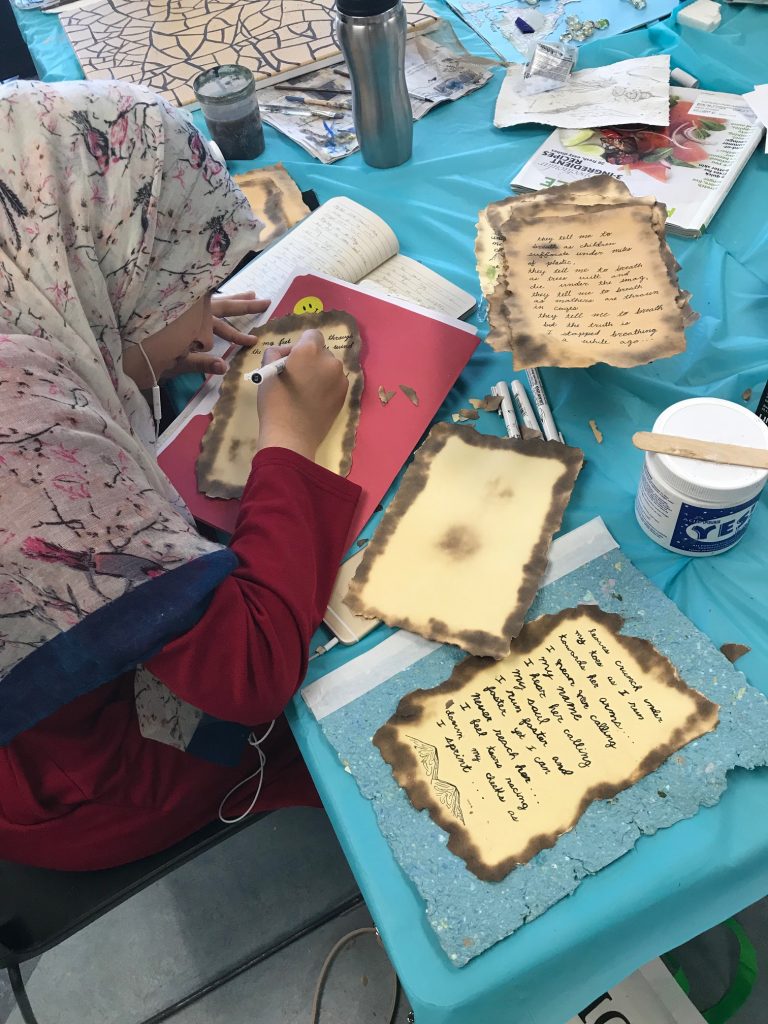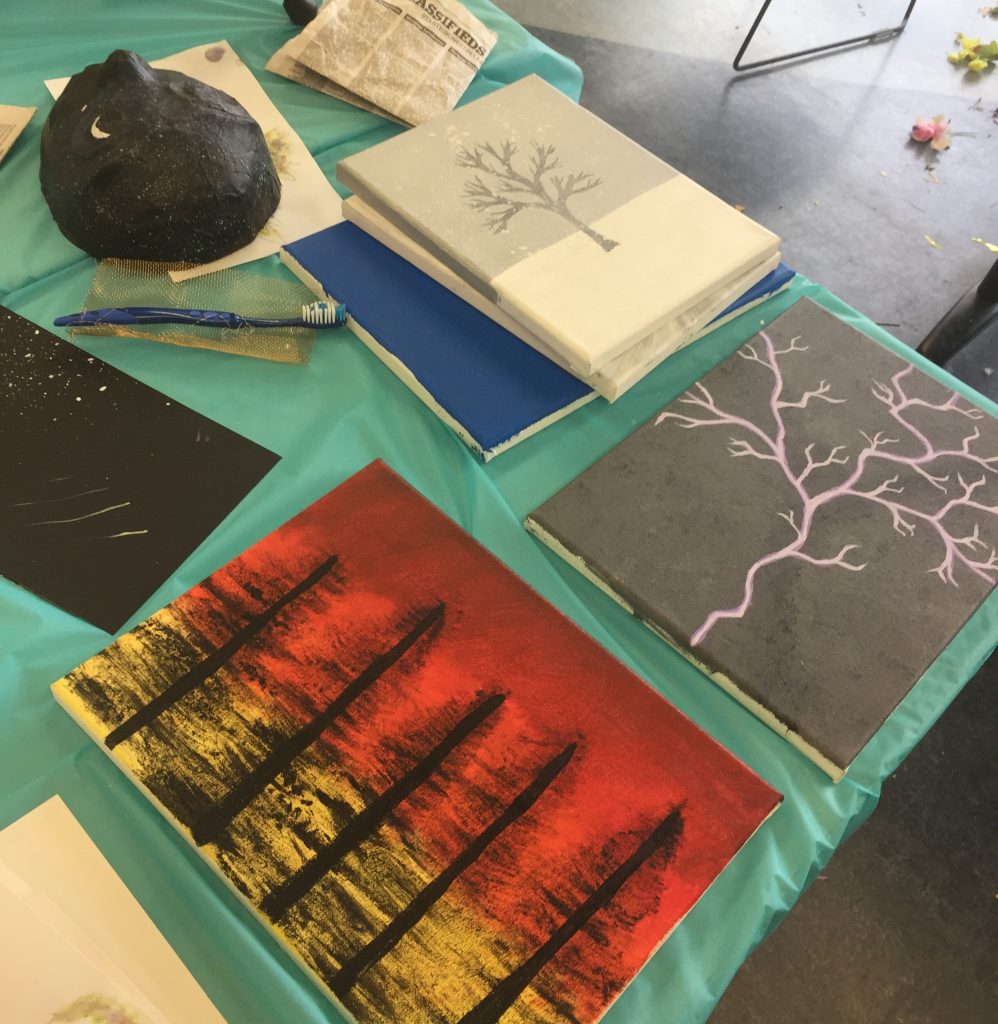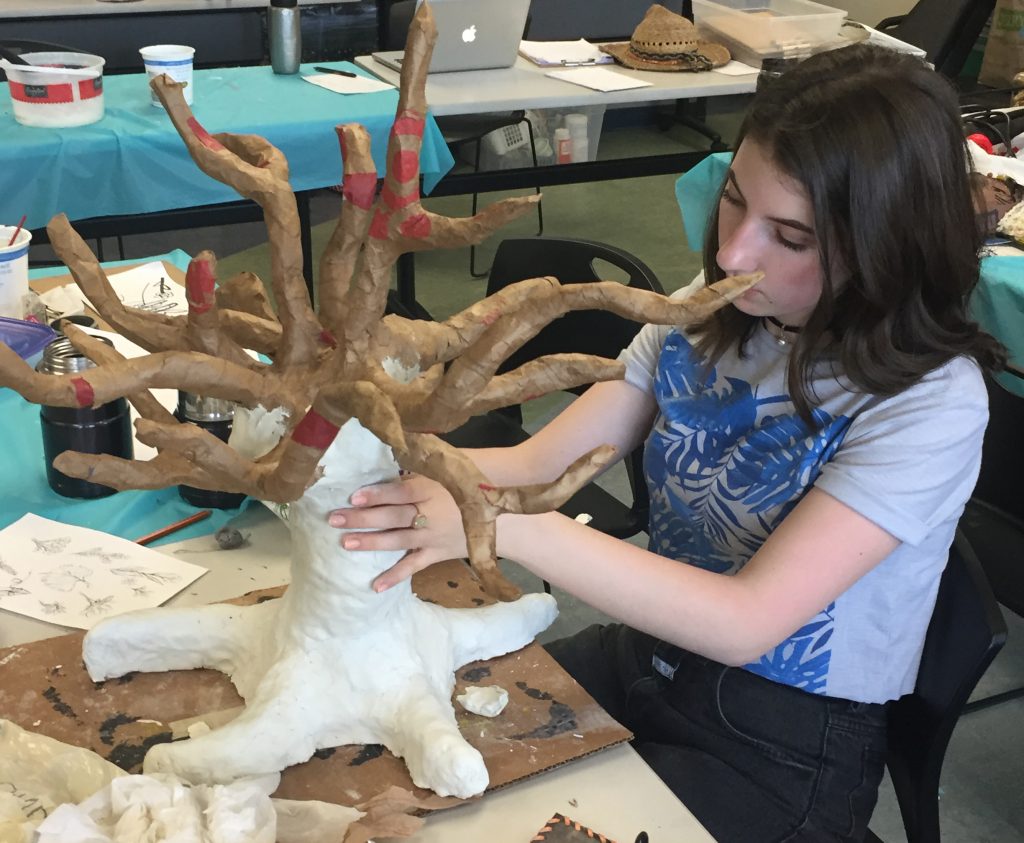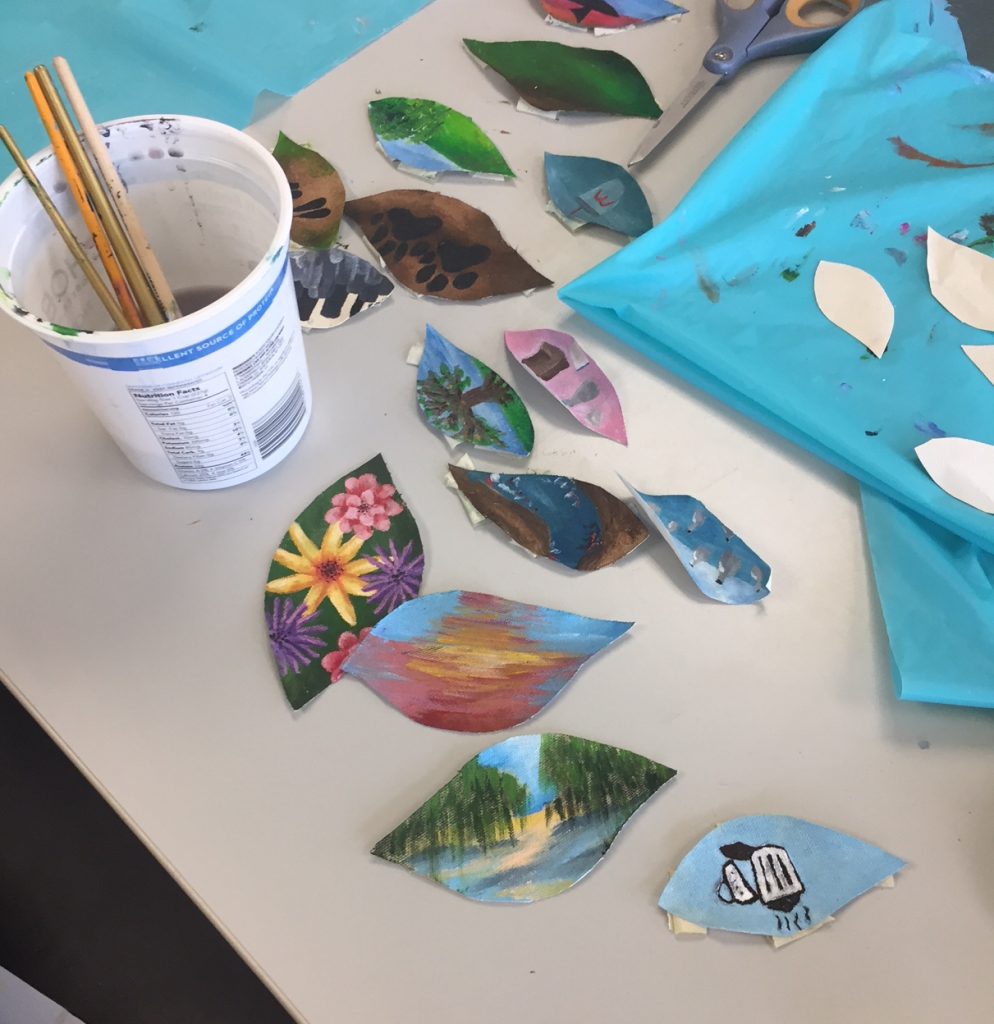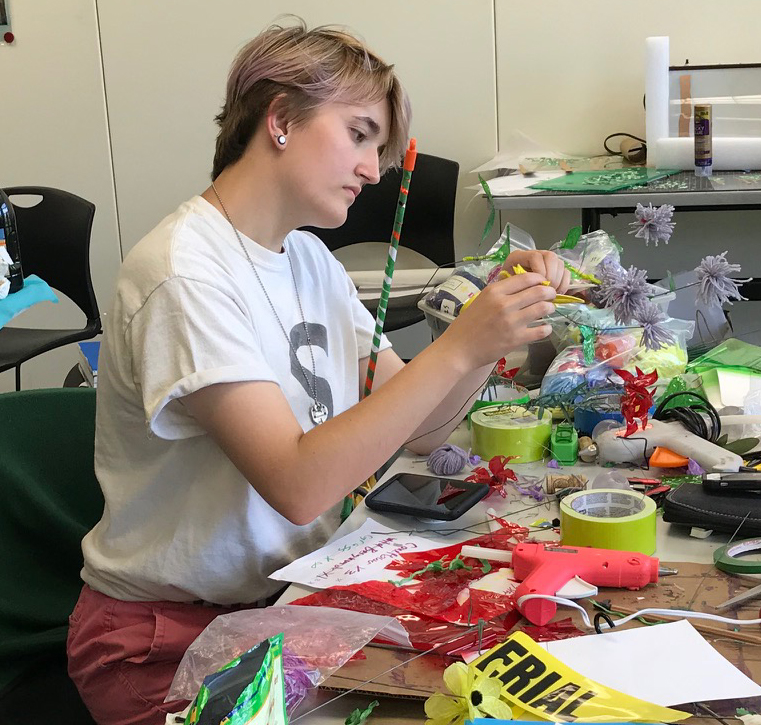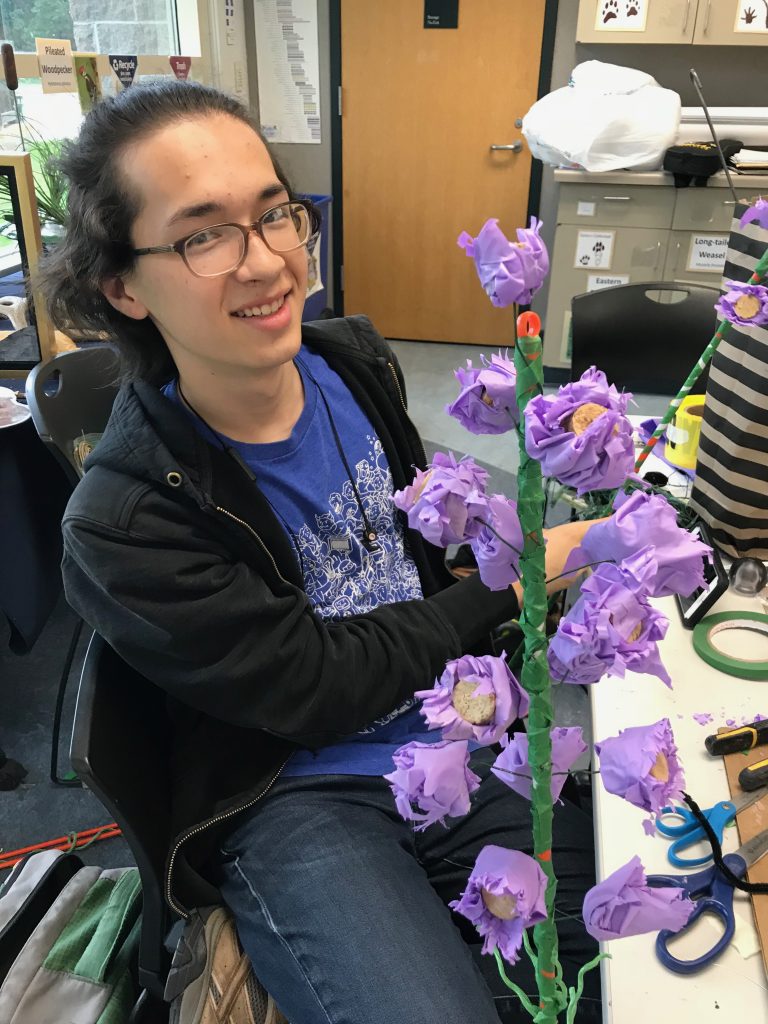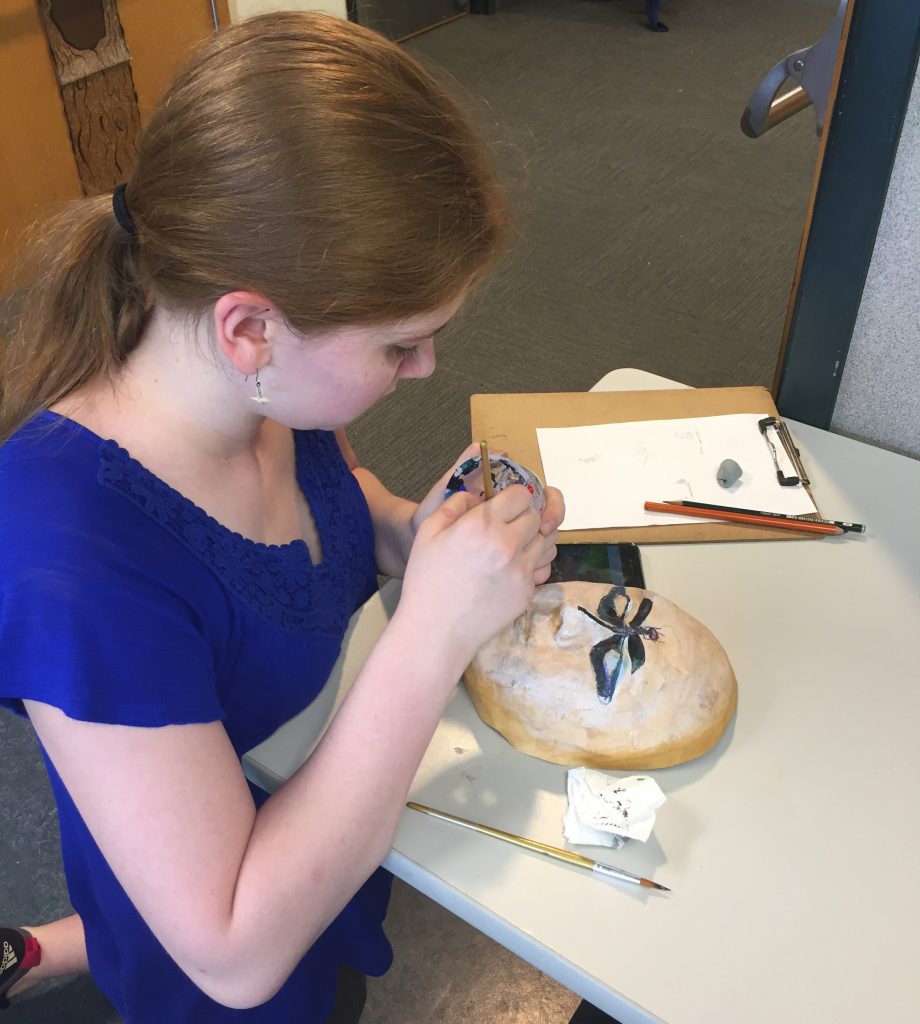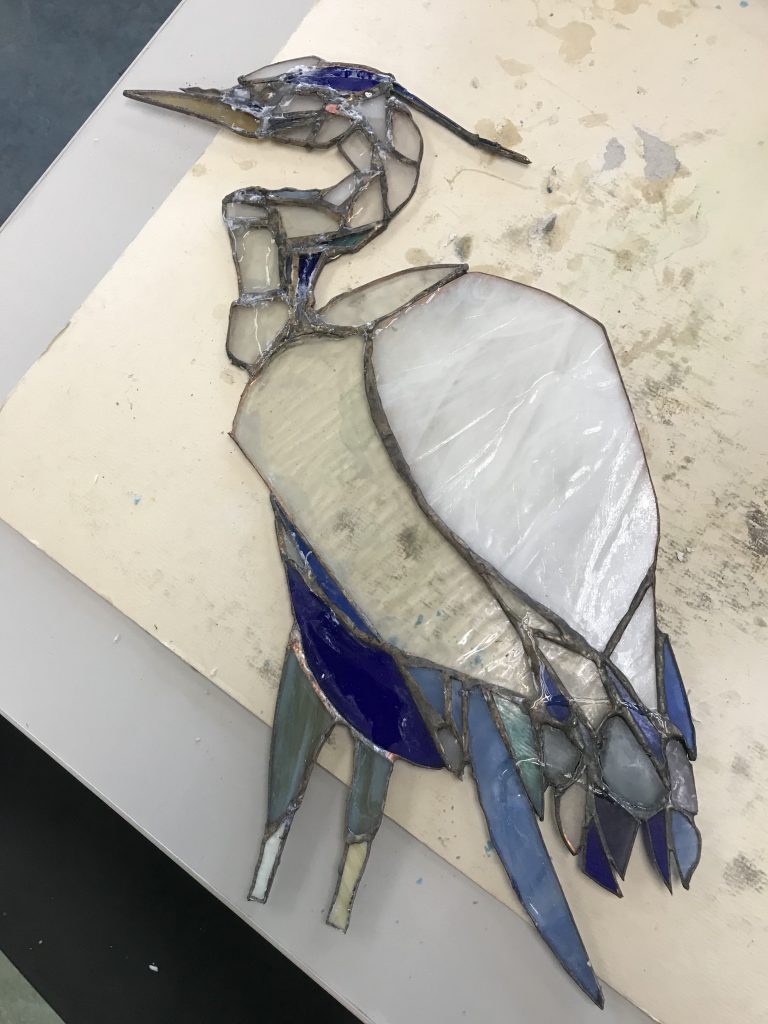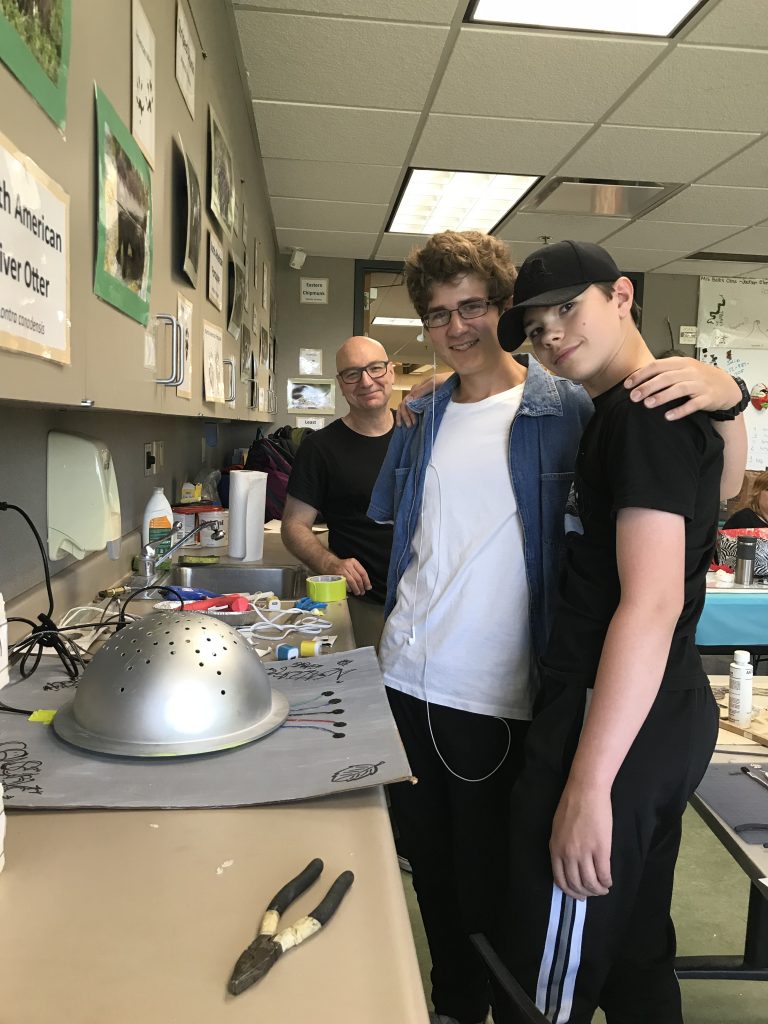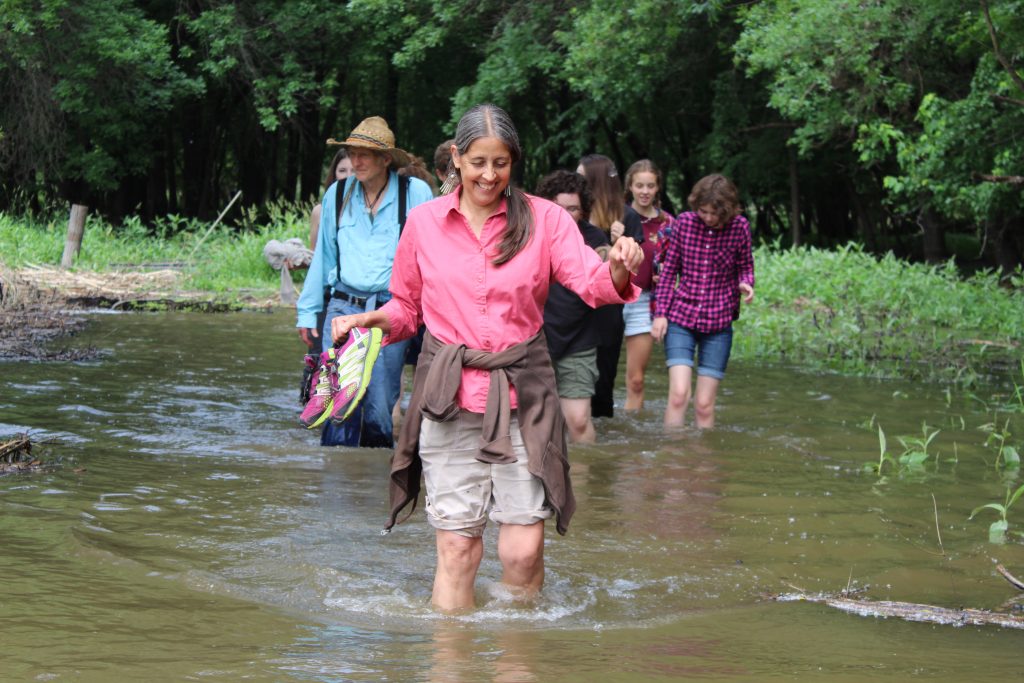Jim Cotton and Kim Puckett live on less than an acre of land along the foggy coast of Humboldt County, California. Below they share their story, by living their commitment to the Earth.
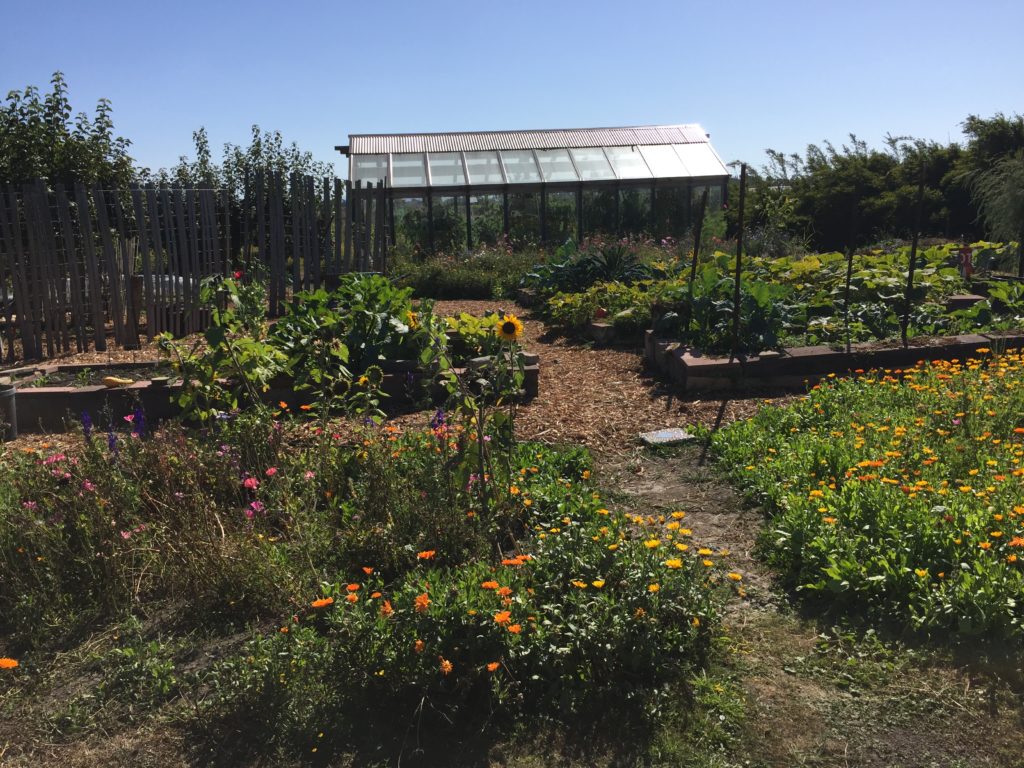
My father passed on the values of being self sufficient, not being wasteful, and growing organic food. As a biologist, I value the natural world, if we can have less impact and reduce our carbon emissions, the planet stands a better chance of surviving. I am going to do everything I can to help.
Jim Cotton
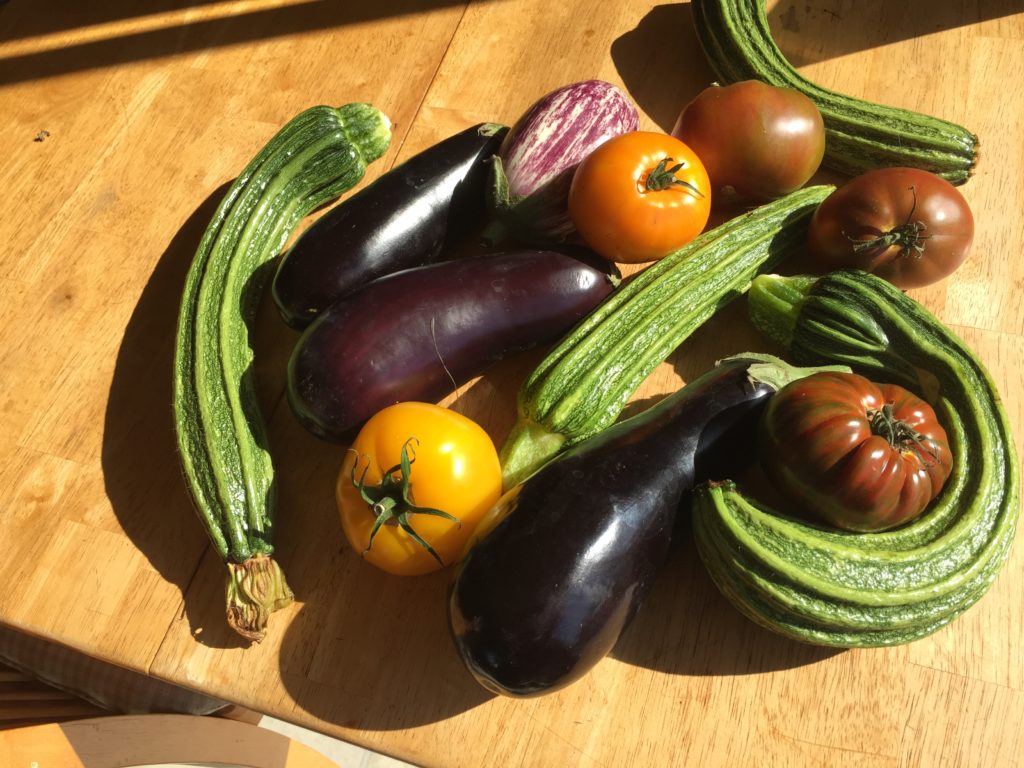
I like to have good food. Food is fuel, but it is more than that to me. It is one of the glories of life. The tastes, the textures, the smells. Also, I really like getting my hands dirty. Working in the soil and producing my own food, it satisfies something deep inside of me. I like the satisfaction of saying to myself, “Okay, this is for dinner”. I know what has gone into it, since we grow everything organically. It is a good feeling.
Kim Puckett
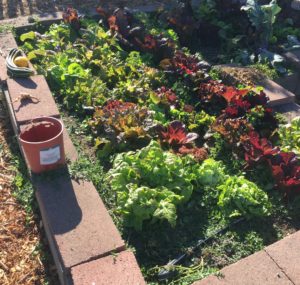
Several types of lettuce
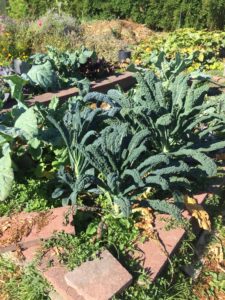
Broccoli and kale
Grow what you like to eat. If you have a small space, I would not grow broccoli because it takes up a lot of room. I would grow lettuce because you can rotate it quickly. Also, part of why I love growing food, is being able to share it with other people.
Kim
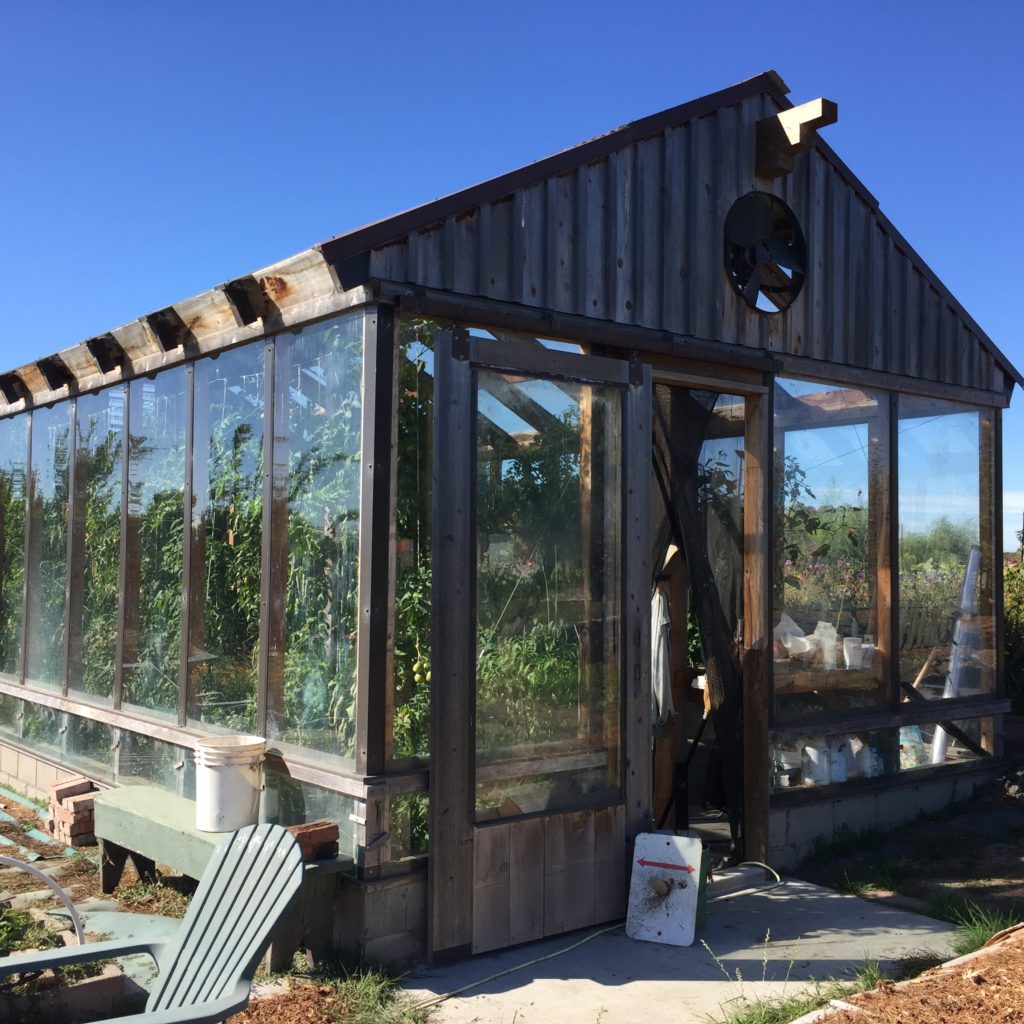
Designing and building is my personal art form. Some people are musicians or painters. Working with my hands and my mind, is my creative outlet. The greenhouse expands our season; allows us to have higher production; and to grow tomatoes and peppers along our foggy coast. I have decided to go with a glass greenhouse because it is sustainable. You don’t have to re-skin it with plastic every year. This greenhouse is generated from 50 sheets of recycled sliding glass door glass which I gathered over 5 years. The wood for the greenhouse came from a local mill. The wood is from a fallen cedar snag, so no live trees were cut down to build this structure. Also, working with a local sawyer, I got the wood for a fraction of what I would pay at commercial lumberyard.
Jim Cotton
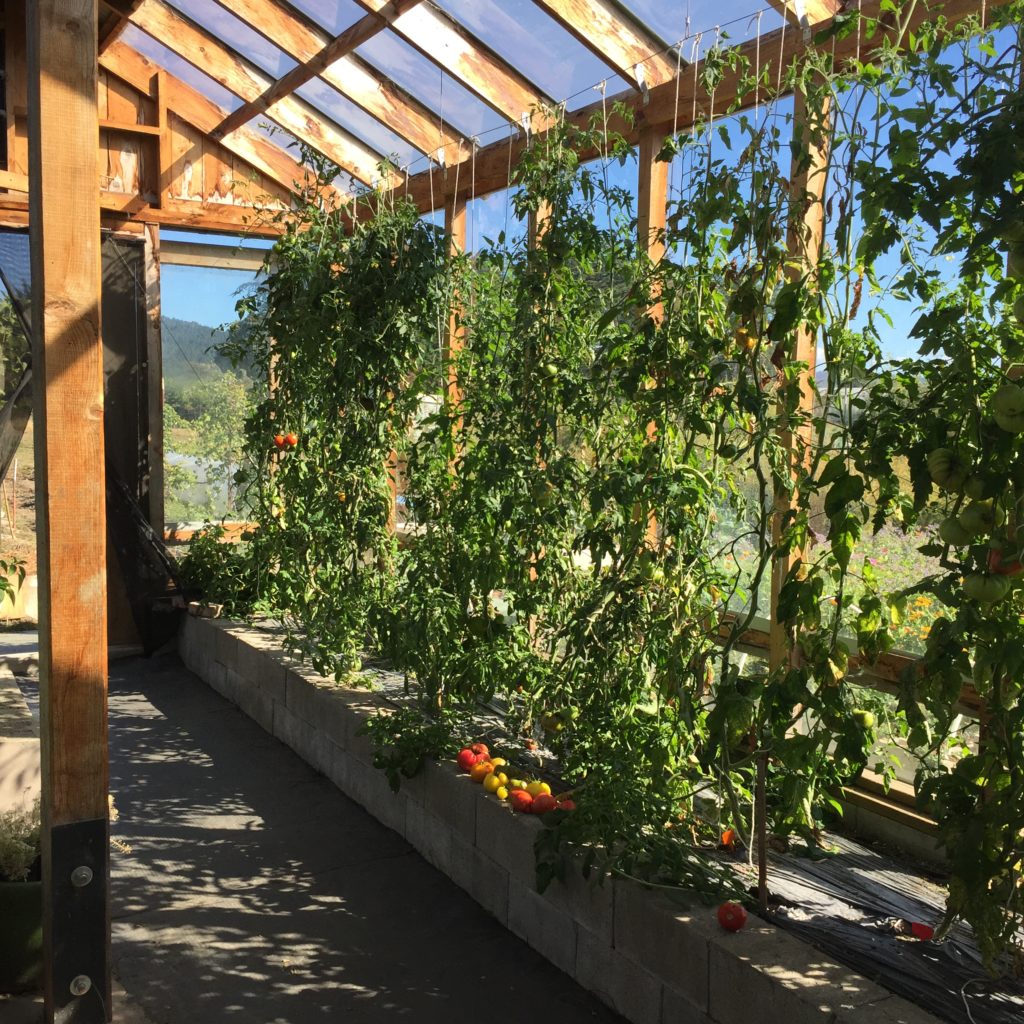
Inside the greenhouse, we went with raised beds made out of recycled cinder blocks because wood tends to rot in 5 years. Before filling the bed with compost, we lined it with hardware cloth to protect the plants from gophers. Then we filled the beds with a soil mixture that was made locally from composted plants and cow manure.
We grow our tomatoes by twining them up with string because it increases production. It keeps the air flowing around the plants better. The vibes in the greenhouse feel good and I’ll bet that the air is a purer form of oxygen .
Jim
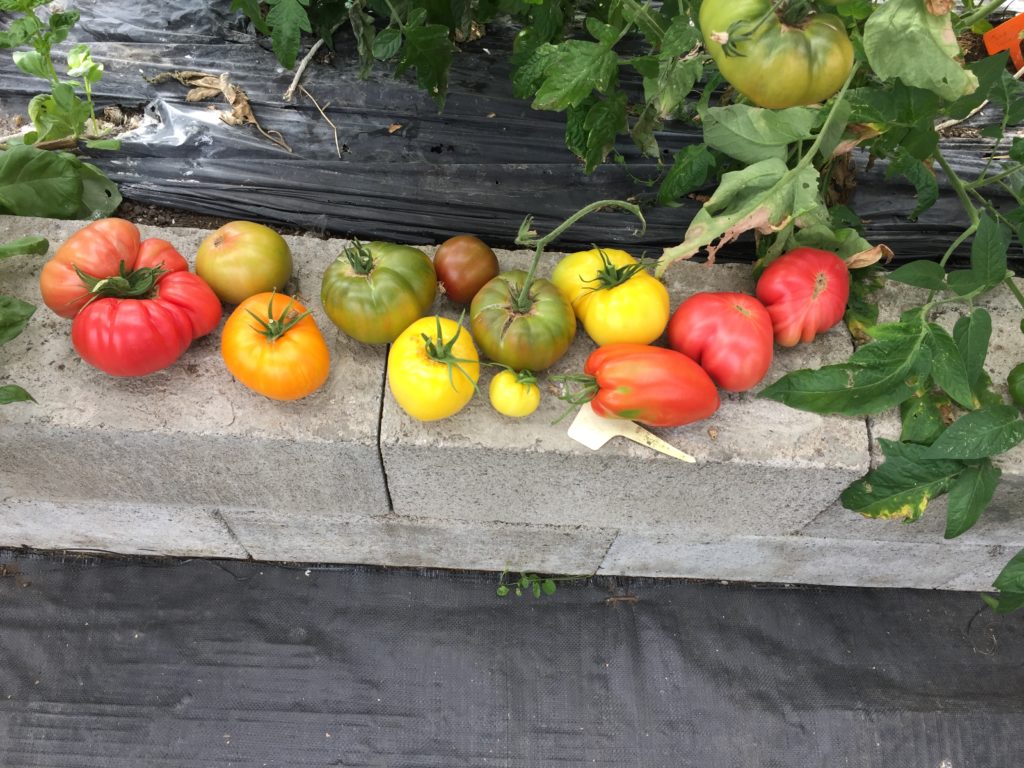
Heirloom Tomatoes
I save the seeds from the heirloom tomatoes, so in a way they will come back next year – part of a cycle. Unfortunately, you can’t save seed from the hybrid varieties. The heirlooms don’t have as much disease resistance, are odd shaped, and will not last as long as a hybrid. However, the taste of an heirloom tomato can’t be compared to even a home-grown hybrid tomato. Heirlooms are misshapen, but they are beautiful. The hybrids are supposed to be the “perfect” tomato. At the end of the season, I thank the plants before I pull them up.
Kim

Garlic harvest (variety “Music”). Pure Joy. Kim is on the right with Kate Christianson. Look at all the garlic on the ground!
I plant garlic here along the coast and inland at Willow Creek. I grow 13 types of garlic, including varieties named: Turkish Giant, Music and Zemo. When we harvest garlic, we hang it up to dry. The best garlic is replanted and I exchange garlic with other growers. Once I have planting stock separated out, then the rest is for eating. I love garlic, and it can make the blandest food taste phenomenal.
Kim
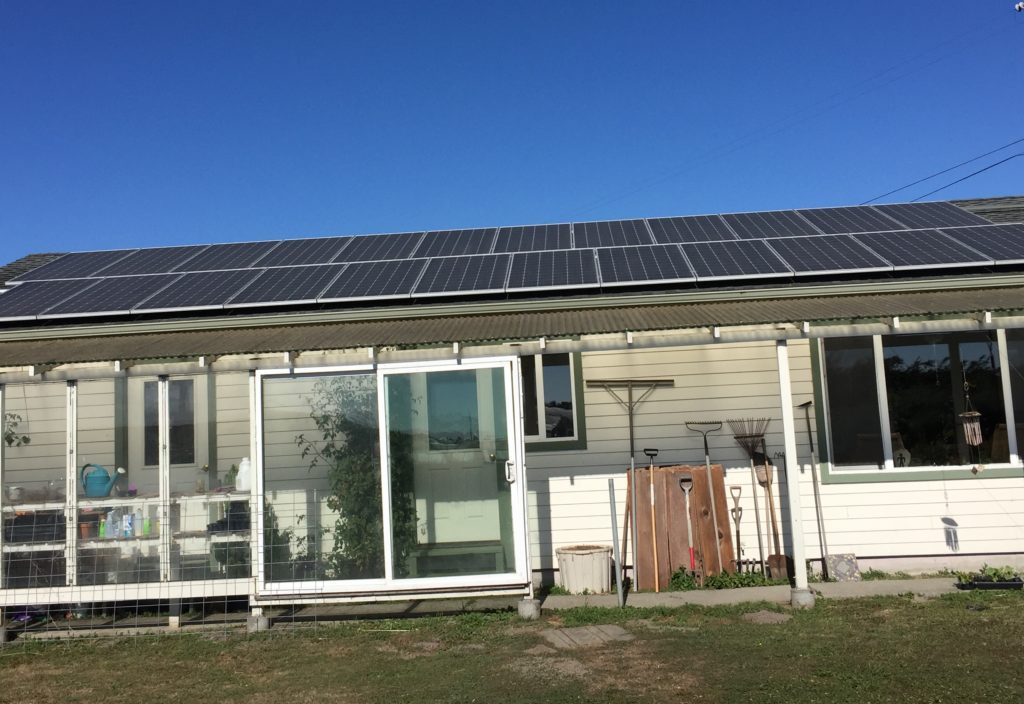
Solar Panels on the roof
This 9 kilowatt system is converting solar energy to electrical and feeding it back to the electrical grid. We haven’t got a bill from the utility company for a year. The energy for this system is supplying all the electrical needs for our home. In the future, we want to buy an electric car because our goal is to be divorced from fossil fuels. This is our way of reducing our carbon footprint.
Jim
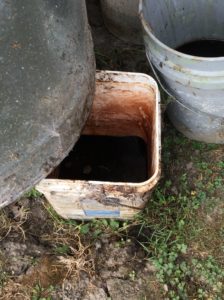
Worm Juice
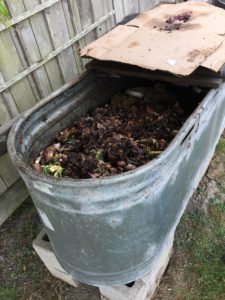
Worm Bin
This is a cattle watering trough that we converted into a worm bin. All of our kitchen scraps go in here. All you do is dig a hole, dump in your kitchen scraps, then turn your bin with a pitch fork. The real benefit of this bin is the “worm juice” that slowly drips into the bucket. We dilute the “juice” 1:5 with water and then put it on our plants and you can just about see them “jump out of the ground”, they grow so fast. It is a wonderful nutrient.
Jim
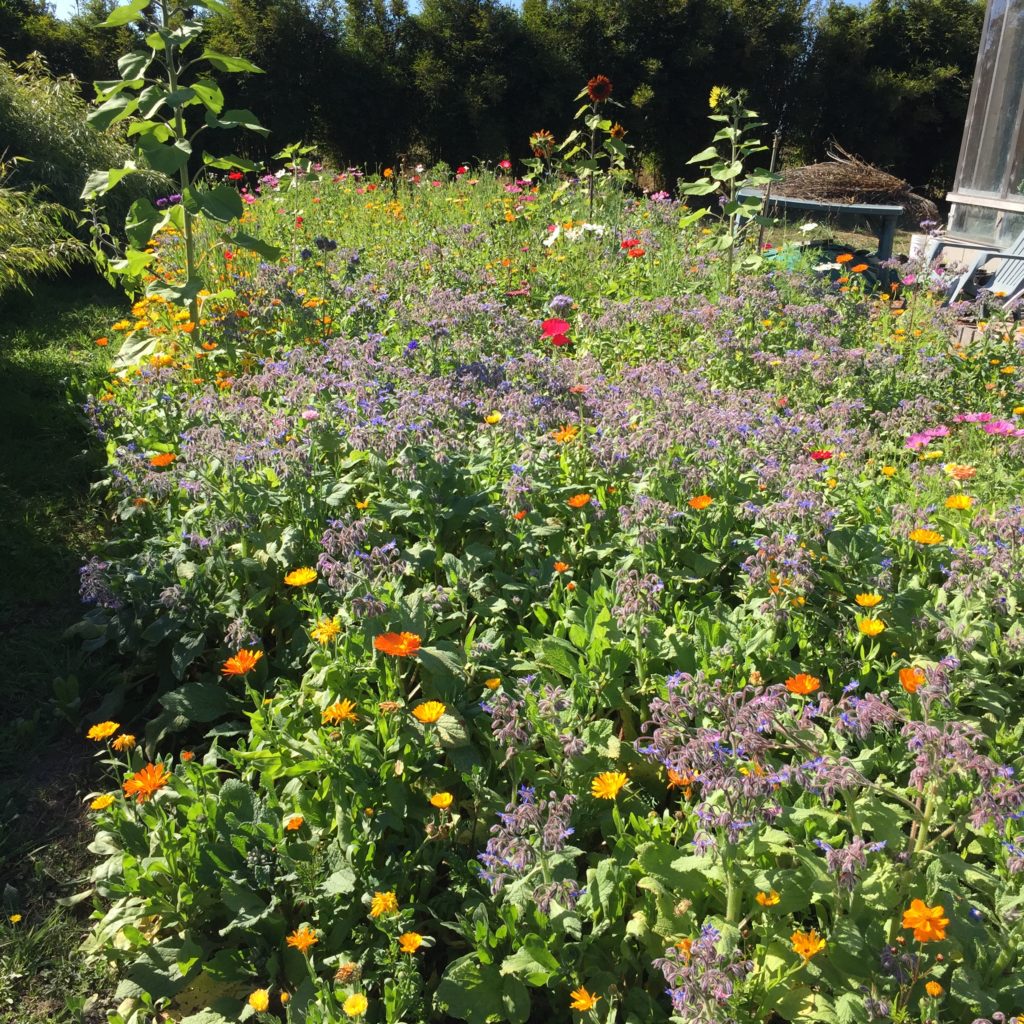
This flower bed is my way of not having to mow. As you can see, it is good for the pollinators. We never have to replant this bed because the flowers re-seed. Once it gets established, especially the calendulas, poppies, borage, and sunflowers, they self-seed and choke out the weeds.
Jim
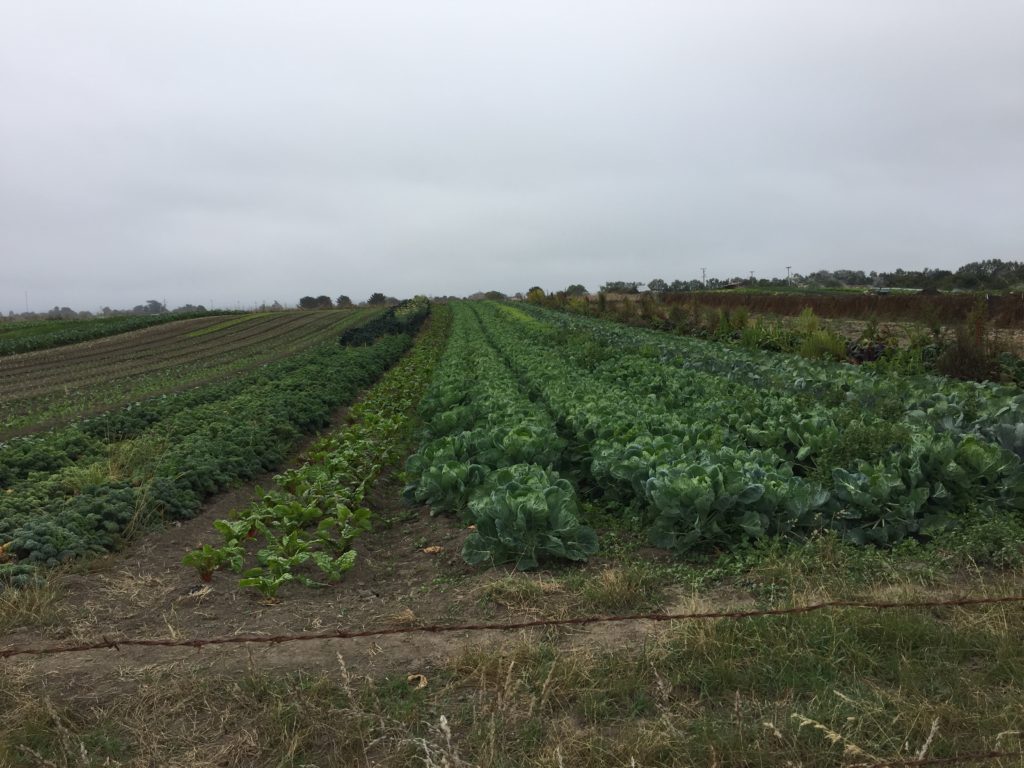
Adjoining our property is what is called a CSA or community supported agriculture. They have 7 acres under organic cultivation. I believe in CSA’s and donate the water from our well to them for a dollar a year. The CSA has worked out to be really beneficial for the community. People can buy food that is grown locally and not shipped here from out of the country.
Jim
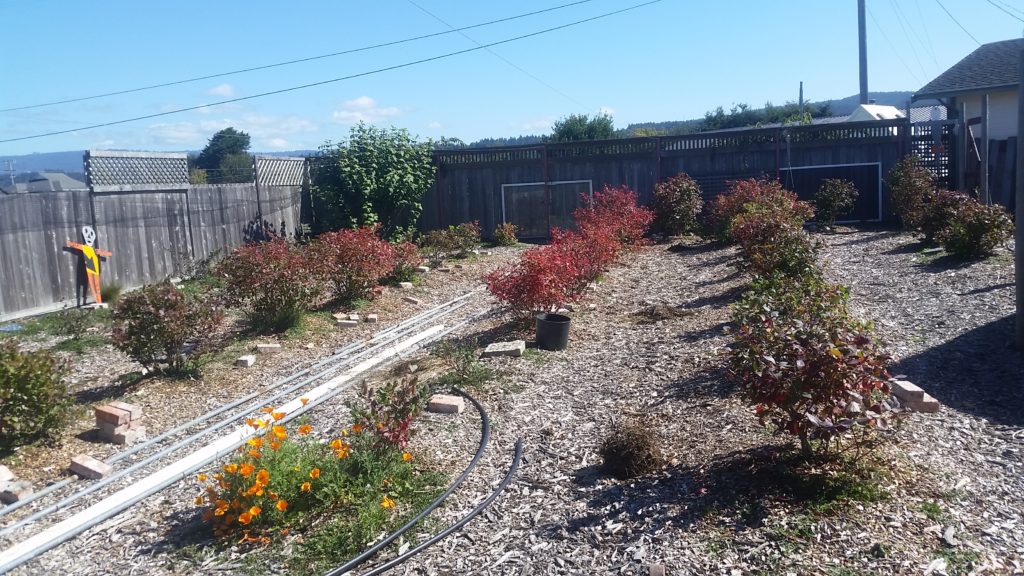
Blueberry Patch
This is our blueberry patch, I got tired of mowing the lawn, so I planted the blueberries. We’ve got over 40 plants and several varieties that produce fruit throughout the season. During peak production, we get a gallon a day of blueberries. We freeze most of them. There is nothing better than having a blueberry smoothie in the middle of winter.
Jim
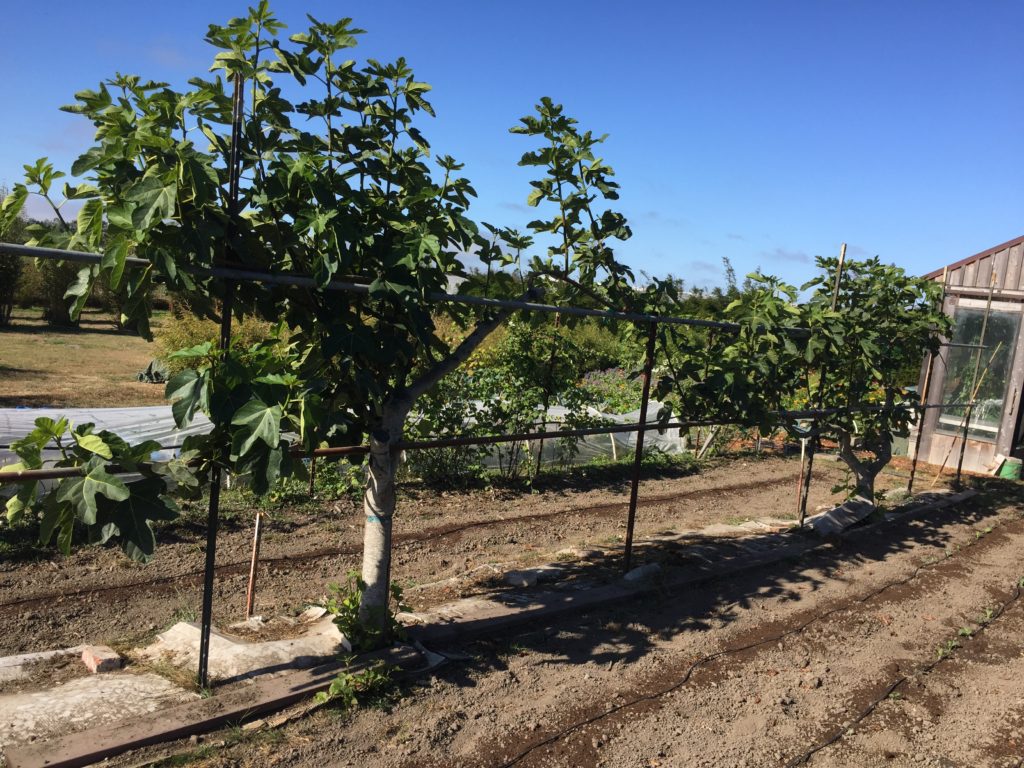
Fig Espaliere
I love figs and these do well in a coastal environment. Figs tend to grow tall and overshadow everything. So I am getting these trees to grow sideways rather than up, using “espalaire” technique. This allows us to have row crops in between rows of fig trees. This is a learning process for me and I have no formal training.
Jim
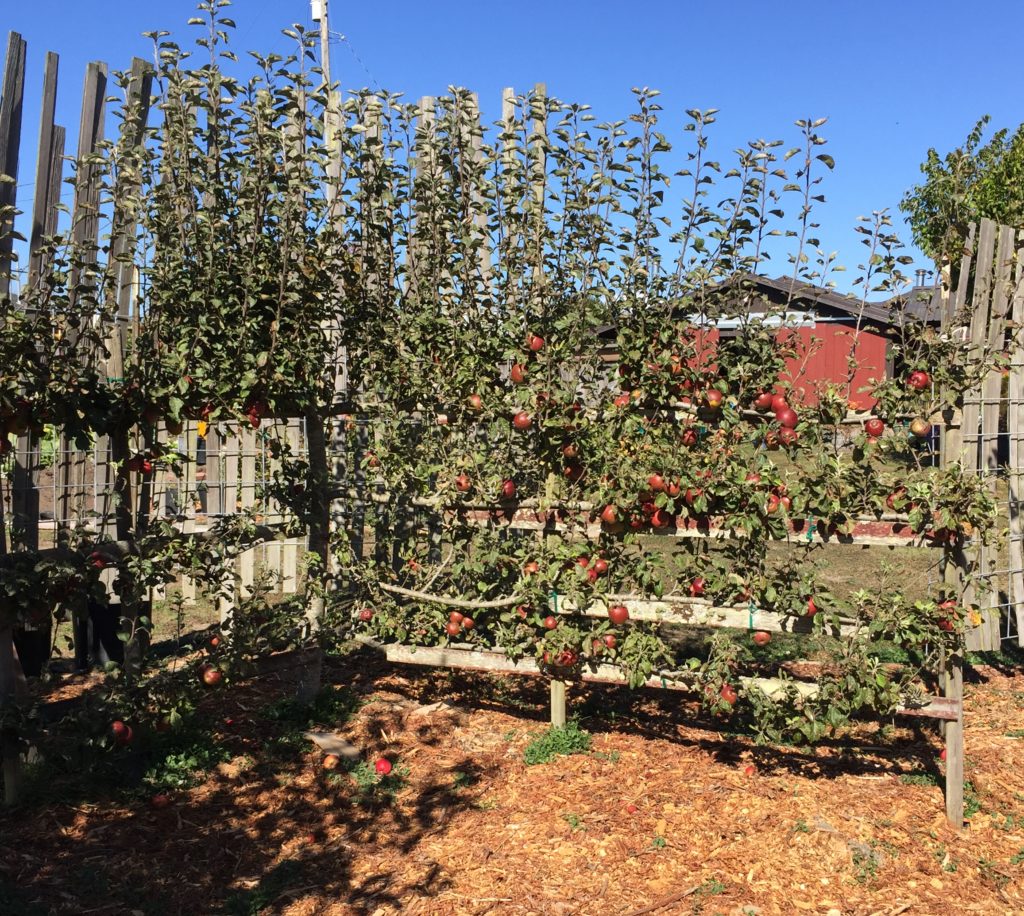
I prune all of my trees so that I don’t have to get on a ladder. I have bent the branches in such a way that they get more light and produce more fruit. I use the “scions” (cuttings) from other varieties and graft those on to the existing trees. Some of our trees have six different types of apples grafted on to them, including King, Honeycrisp, Fuji, and Mutsu. It is way of getting a variety of apples without have a lot of trees.
Jim
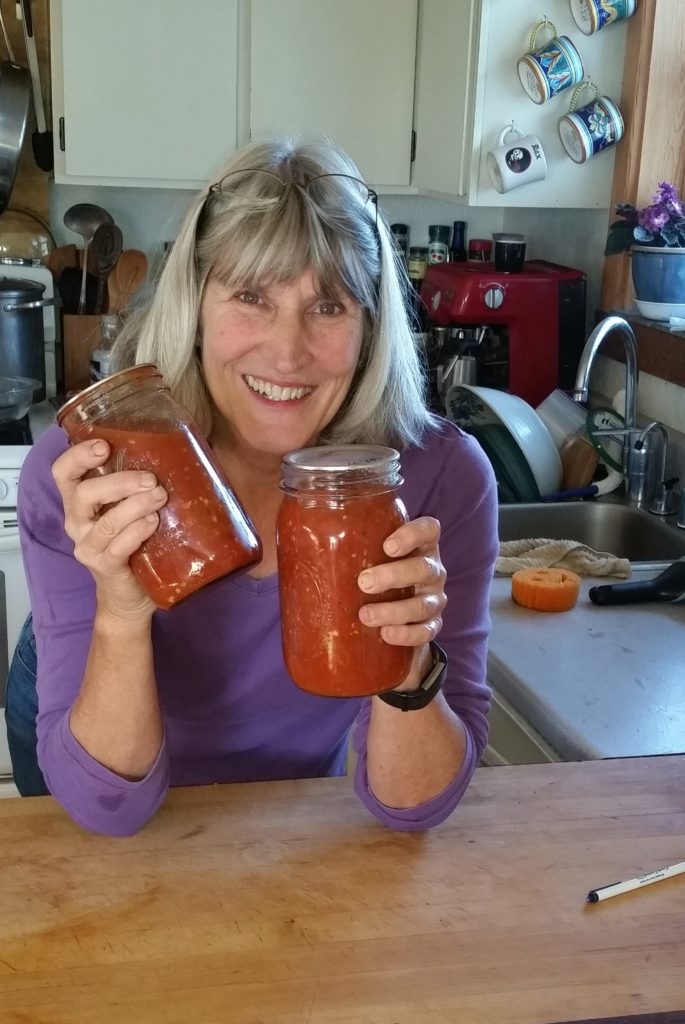 I don’t like canning, it is a lot of work. But the middle of winter, I am going to open these jars of roasted tomatoes and I am going to remember when I harvested them. When I put the sauce over pasta, it is going to taste so good! We also can plum jam and apple juice from our trees, pickled beets, and apple sauce. Also, I make baba ganoush from roasted eggplant and freeze it.
I don’t like canning, it is a lot of work. But the middle of winter, I am going to open these jars of roasted tomatoes and I am going to remember when I harvested them. When I put the sauce over pasta, it is going to taste so good! We also can plum jam and apple juice from our trees, pickled beets, and apple sauce. Also, I make baba ganoush from roasted eggplant and freeze it.
Kim
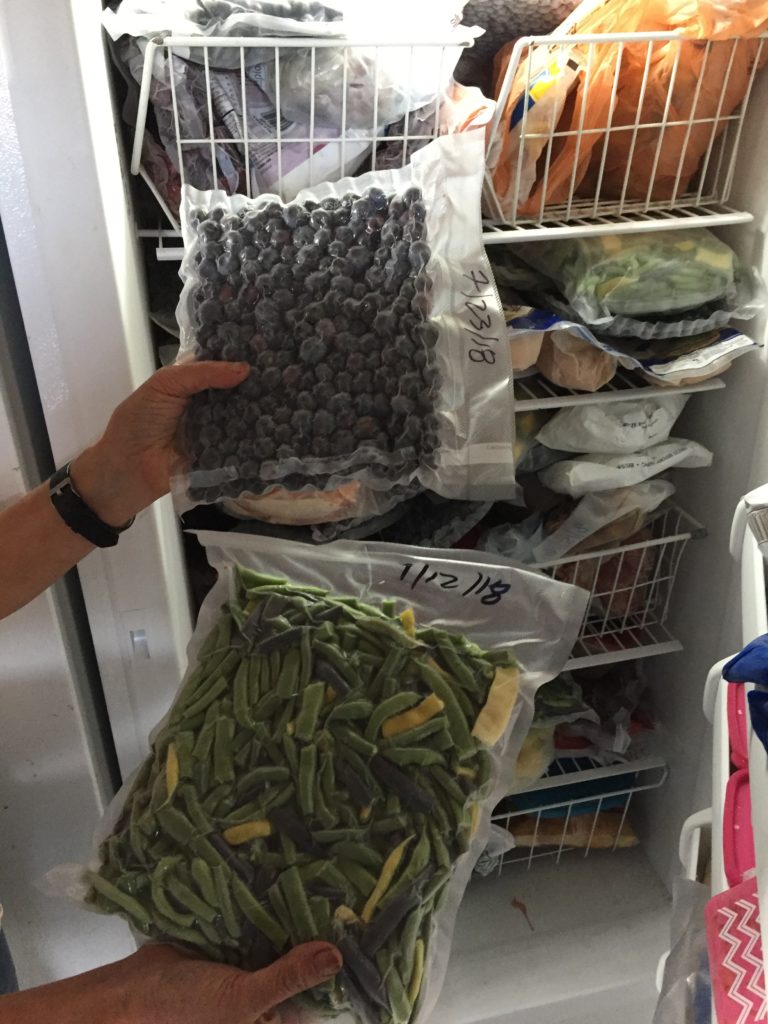
Frozen blueberries and beans
We vacuum seal all our food that is frozen. In addition, we dehydrate apples, pears, vegetable for backpacking.
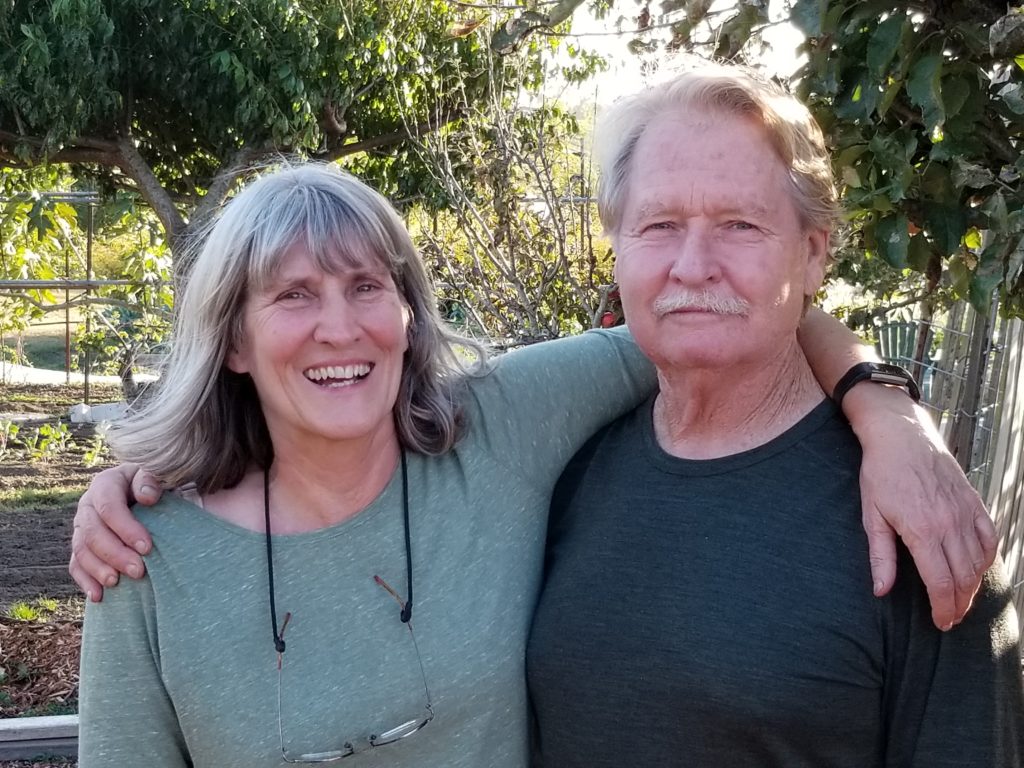
Kim Puckett and Jim Cotton
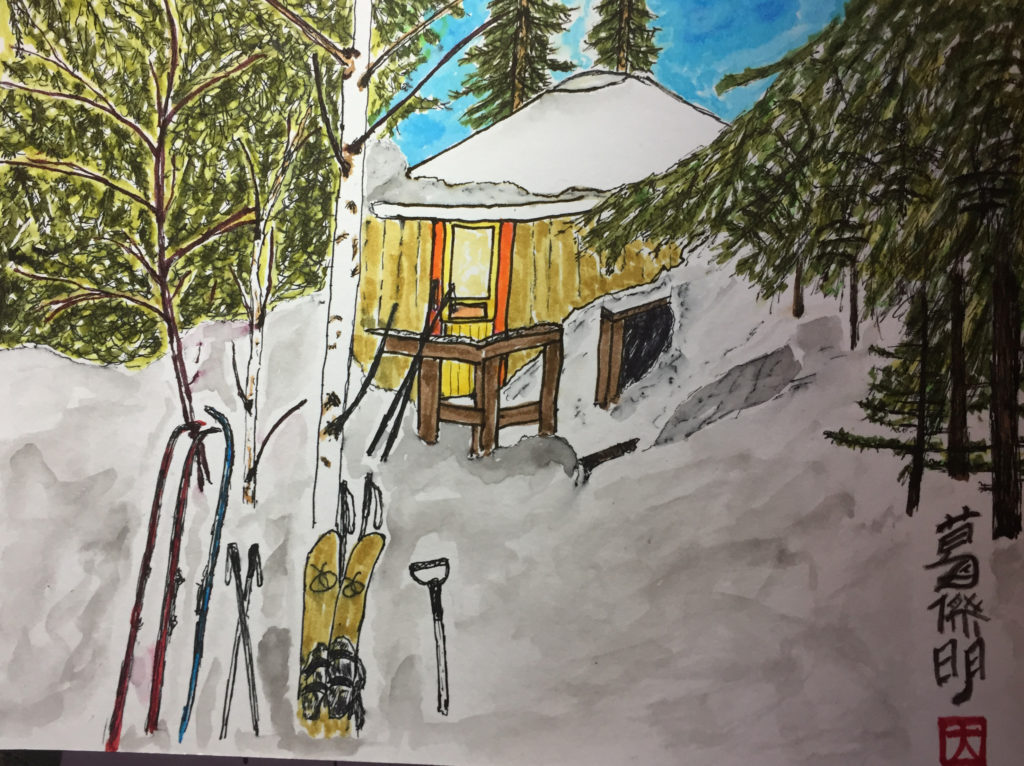

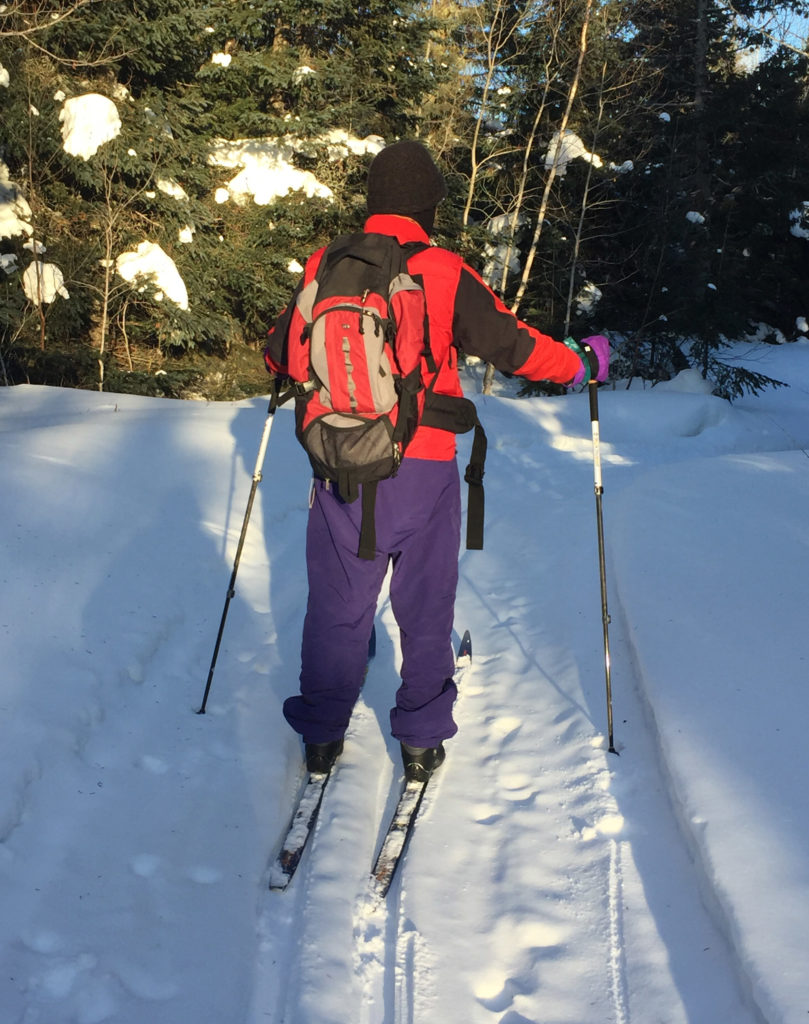
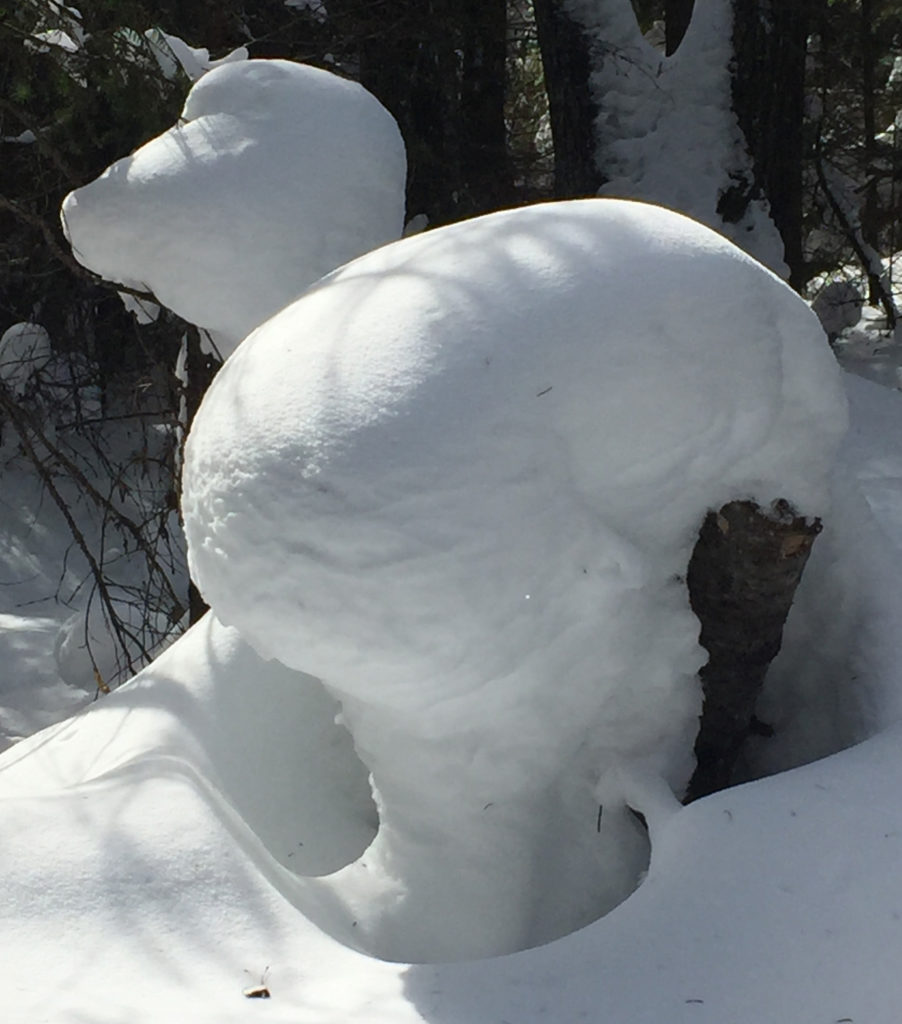
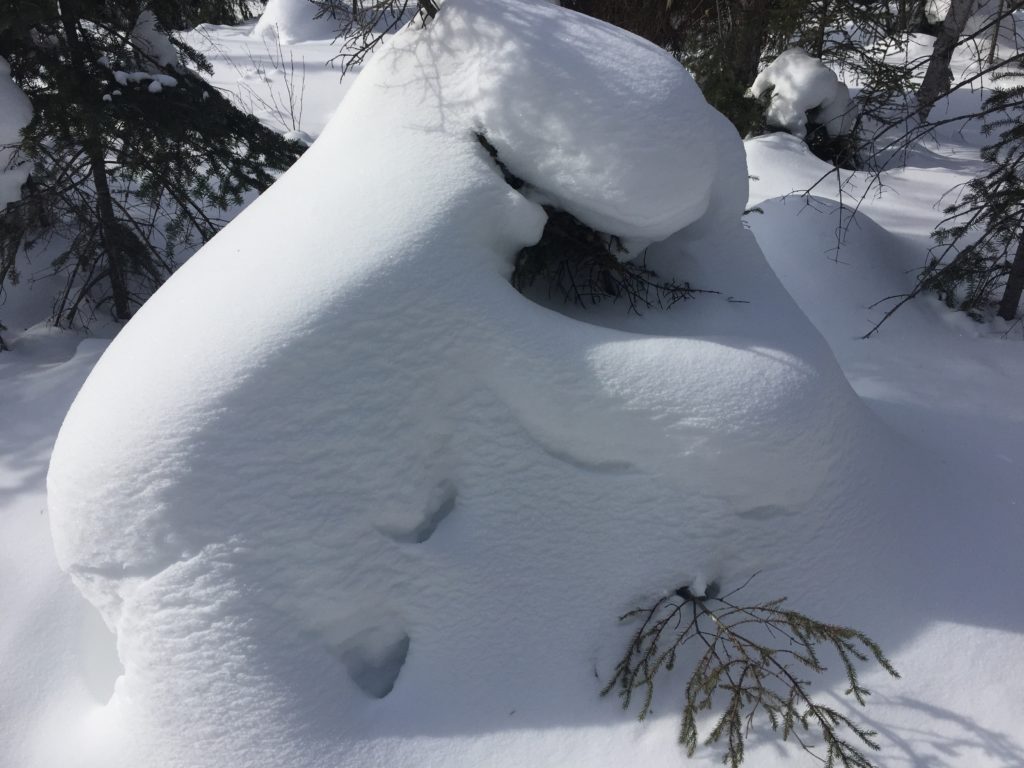
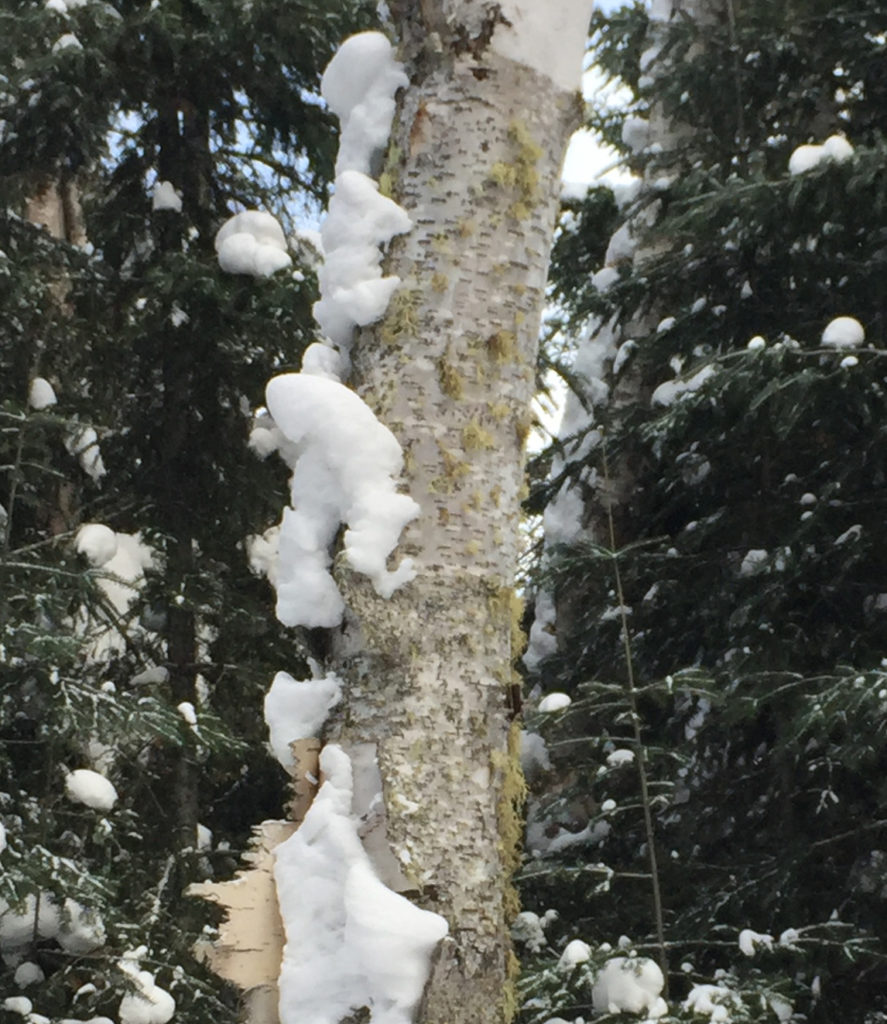
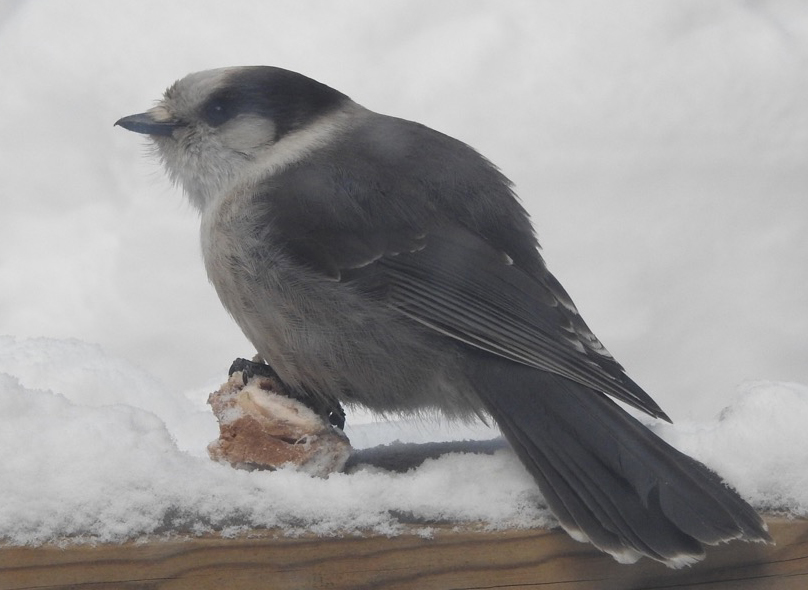
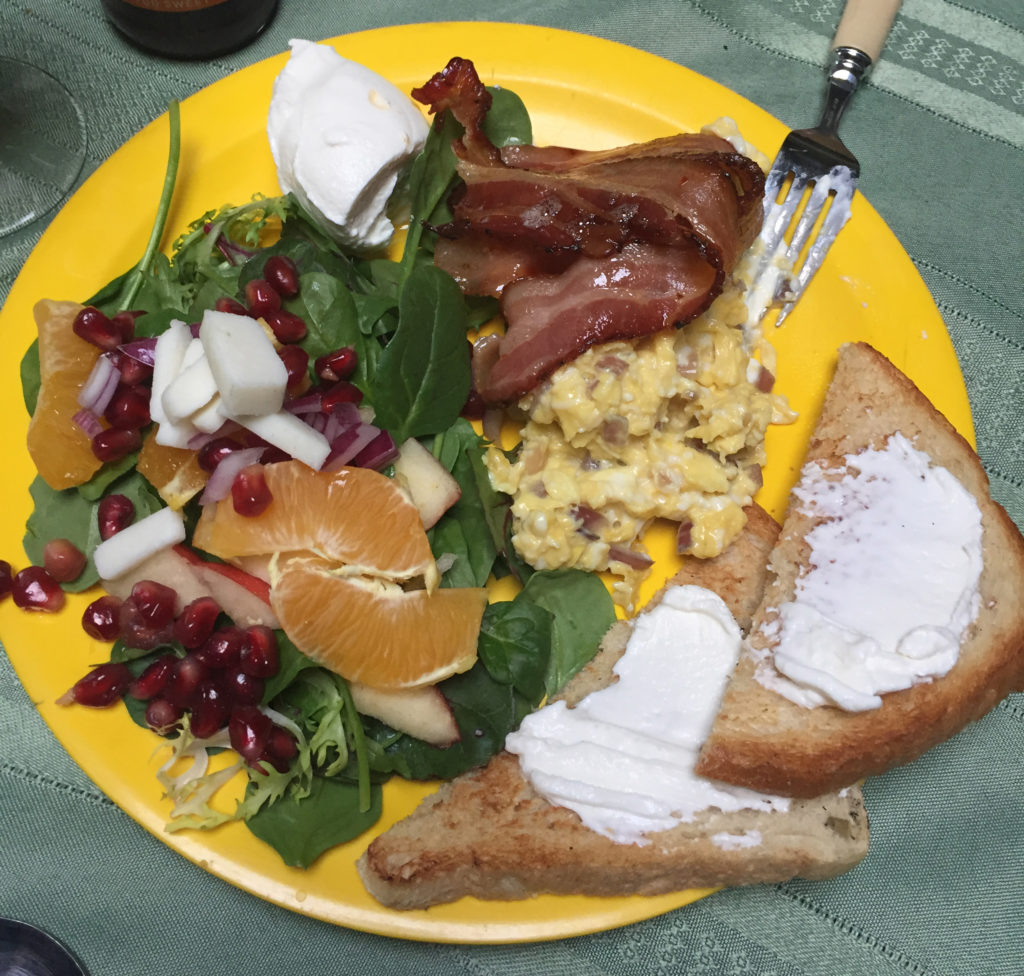

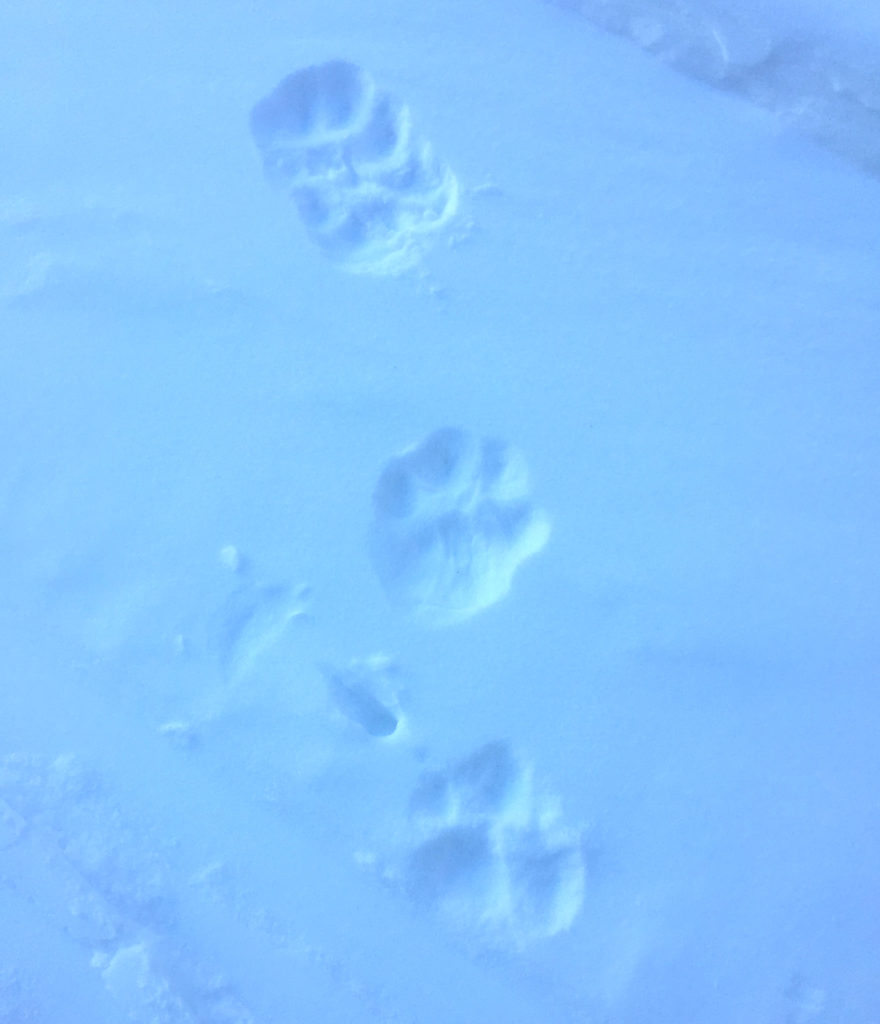
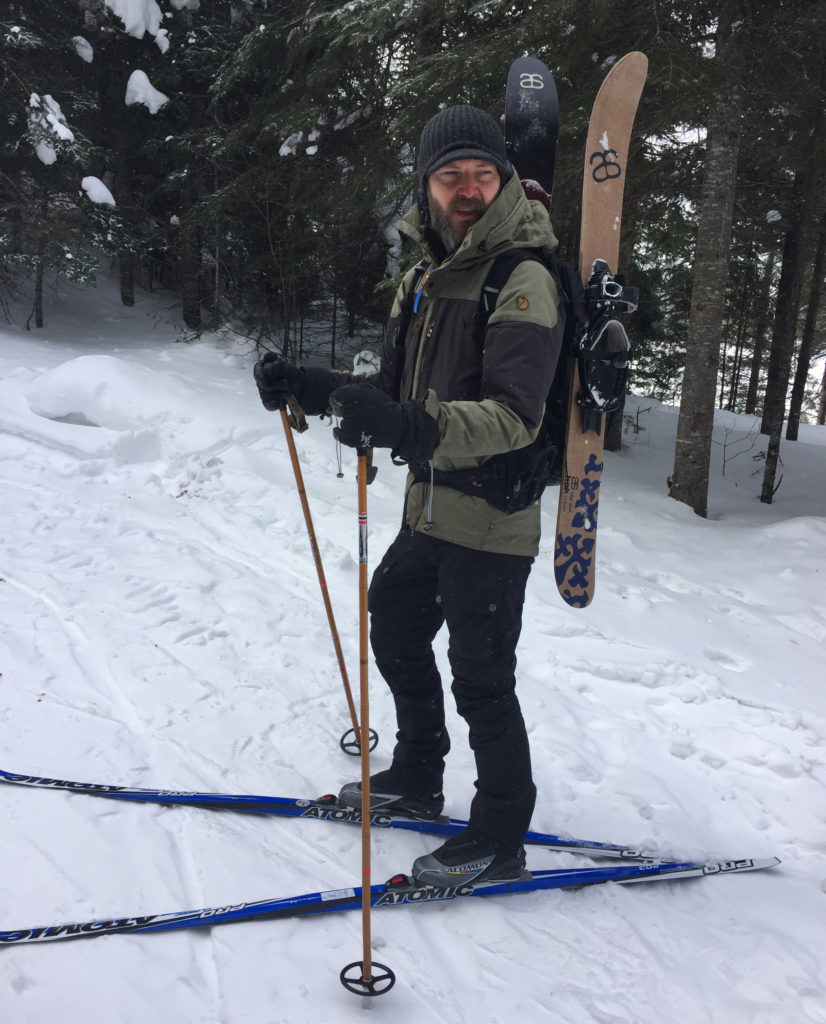
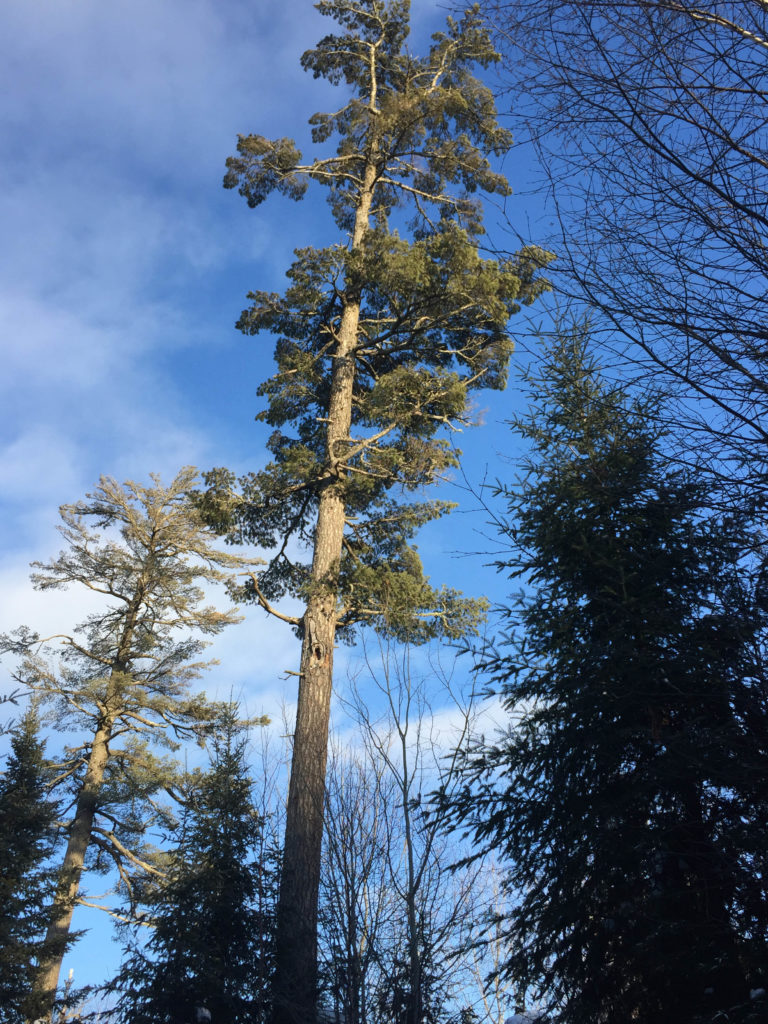
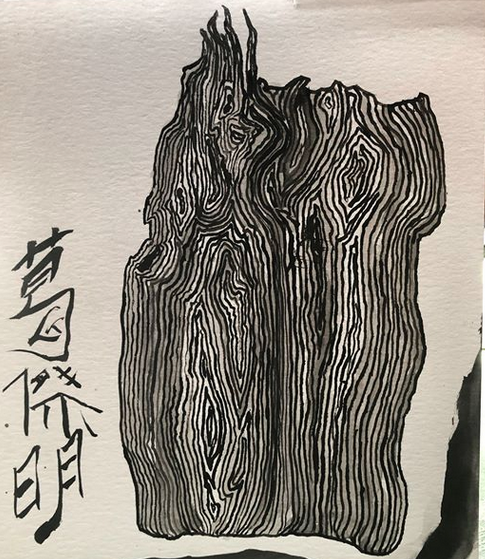
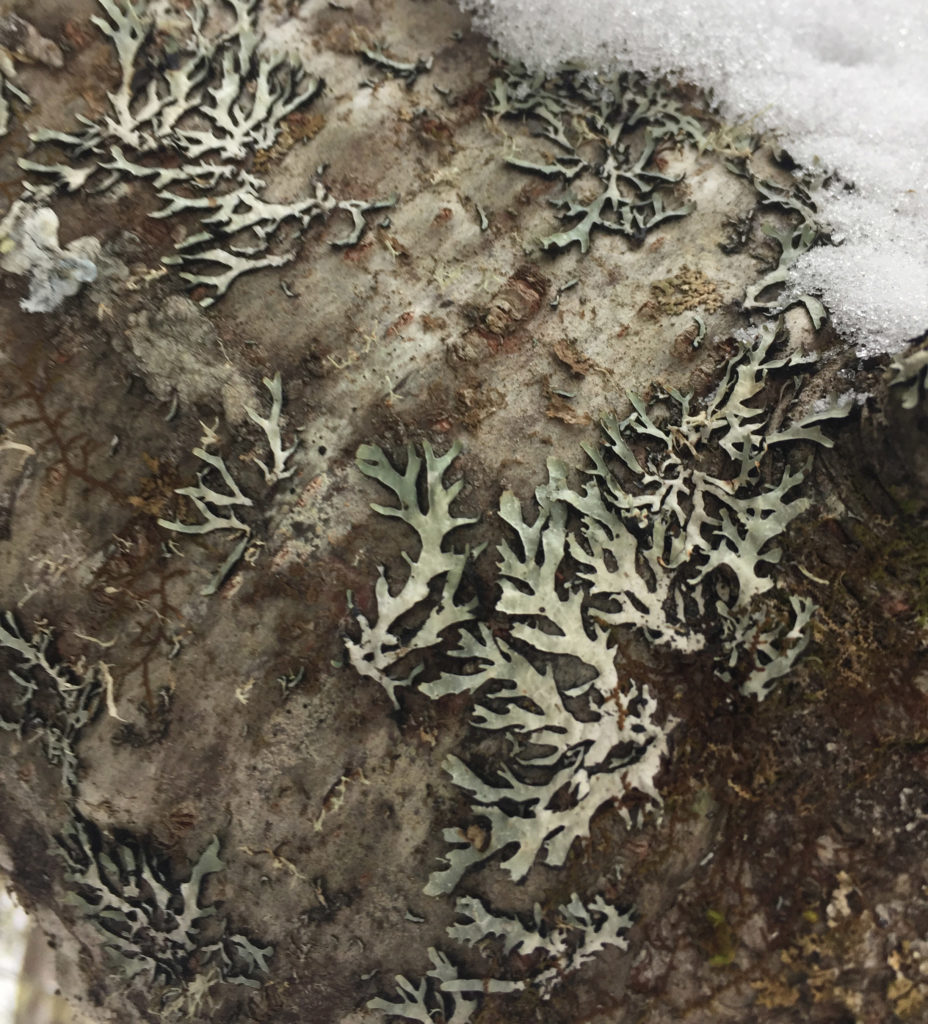
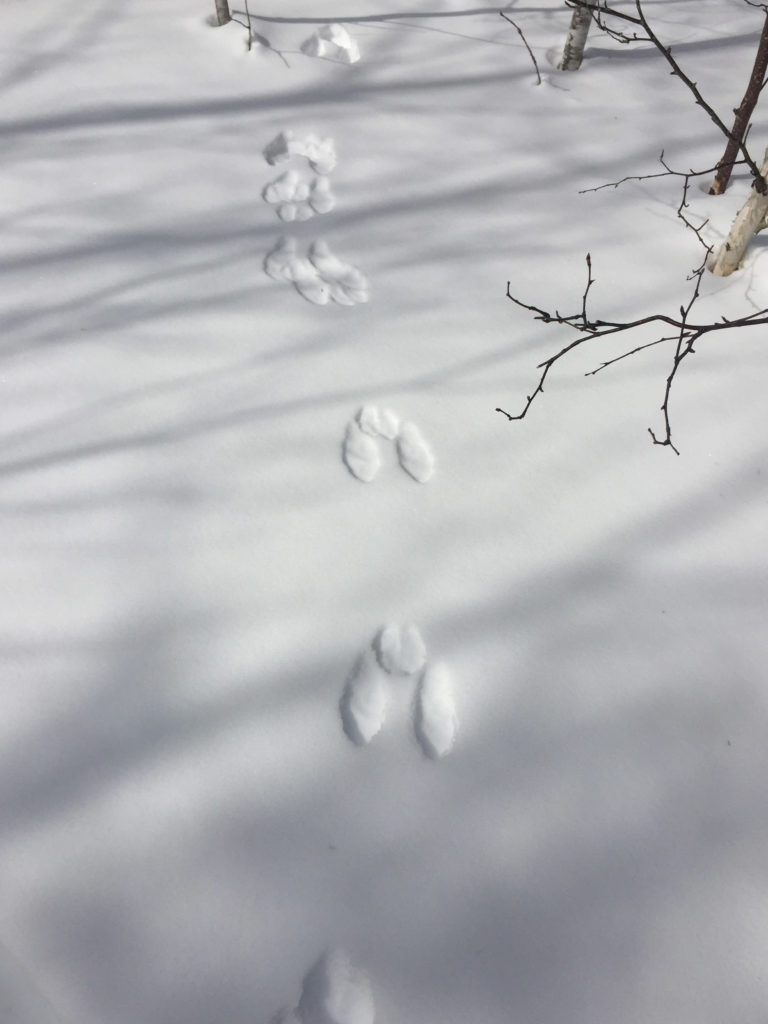
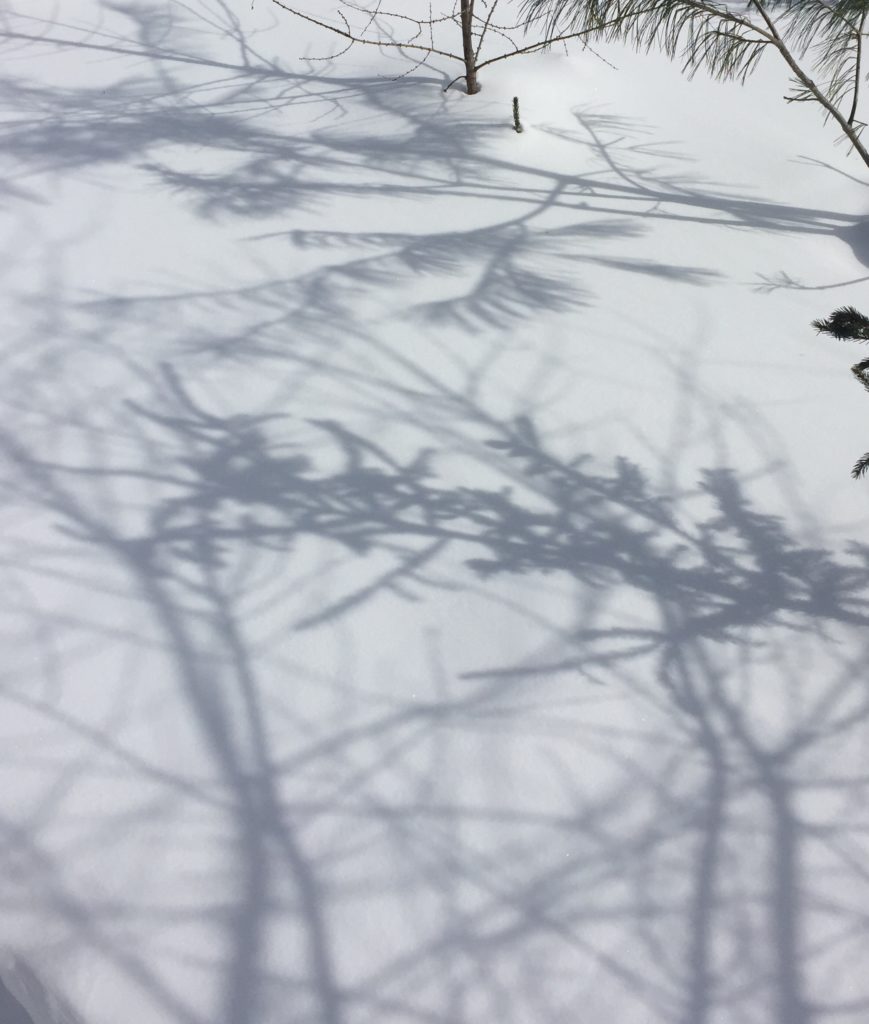
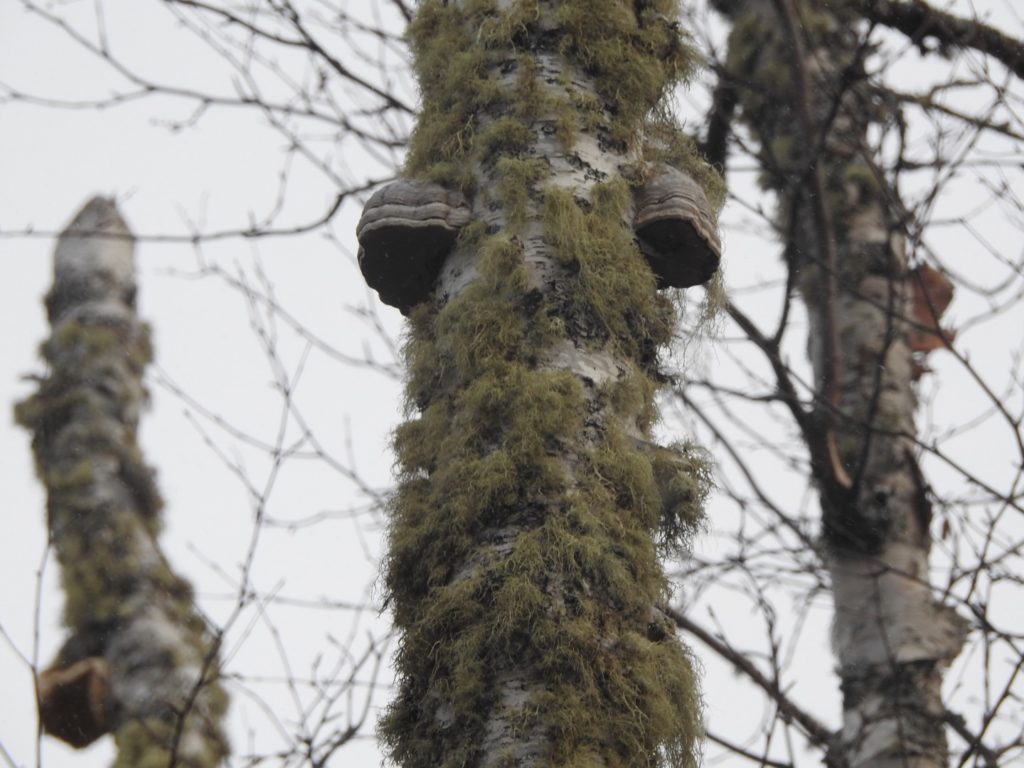

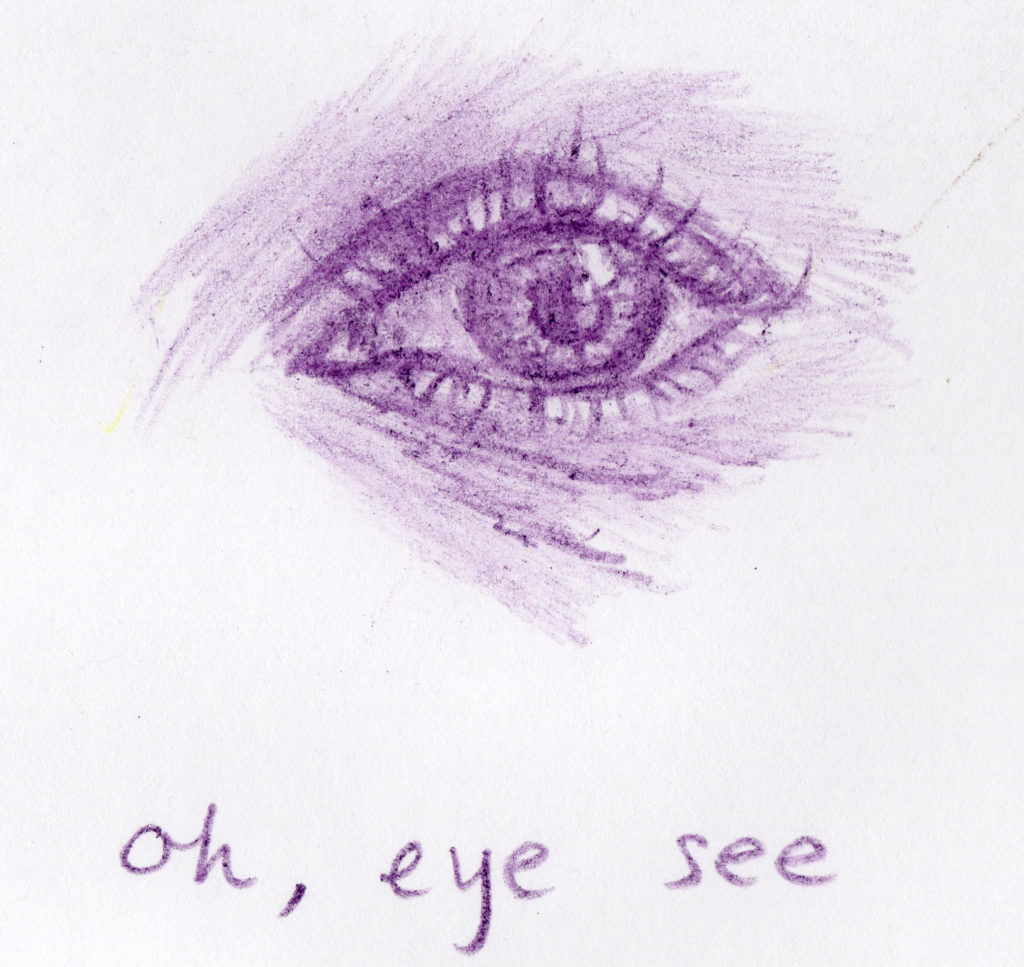
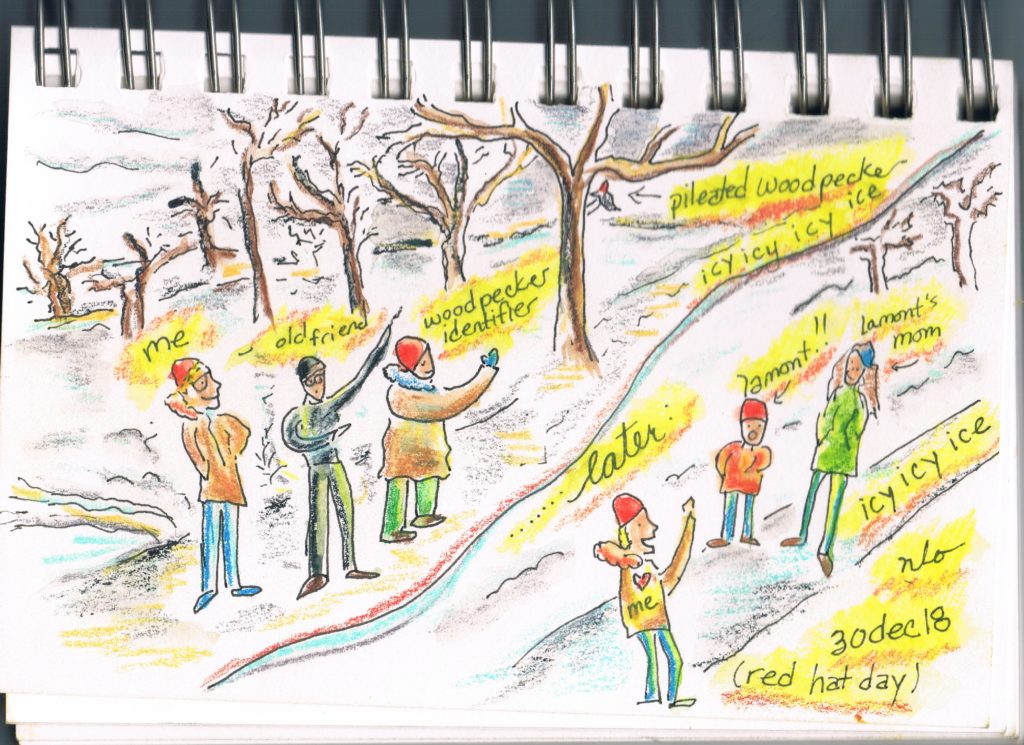
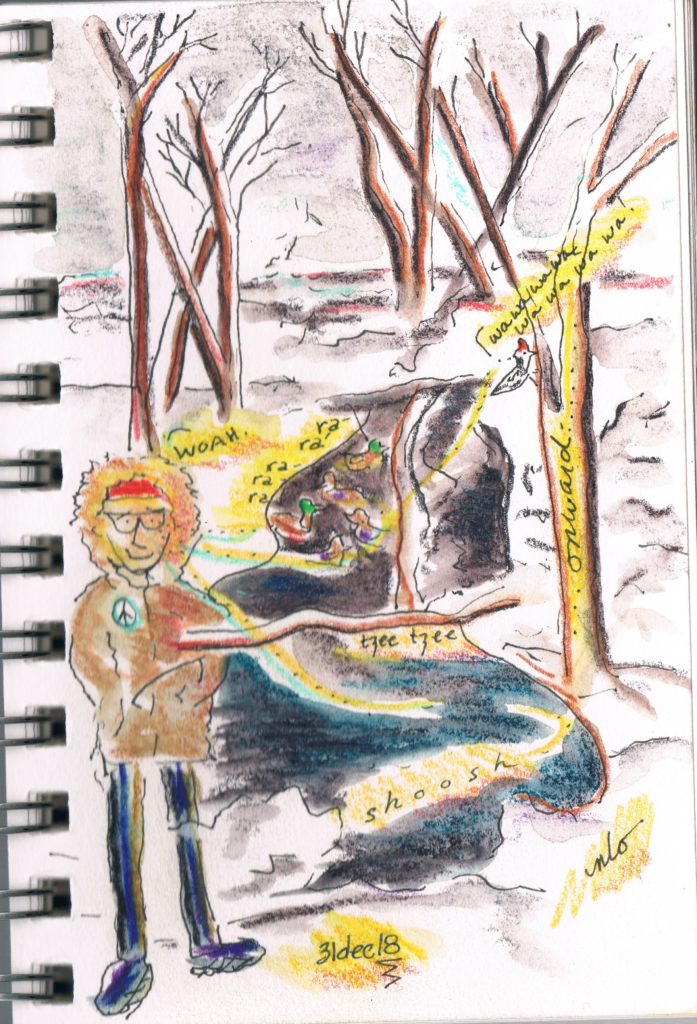
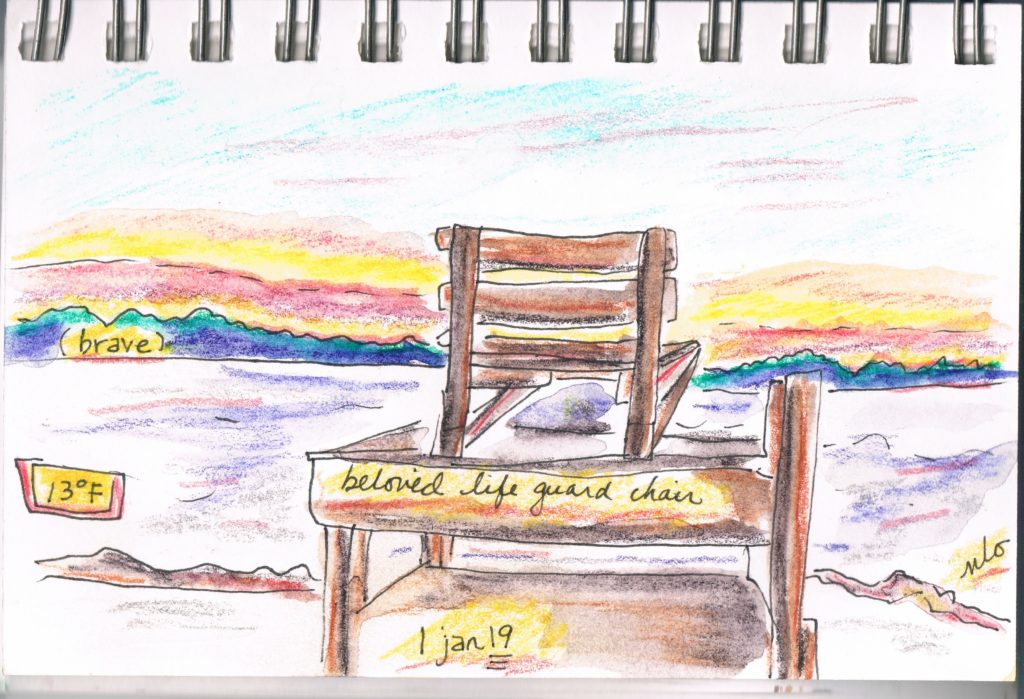
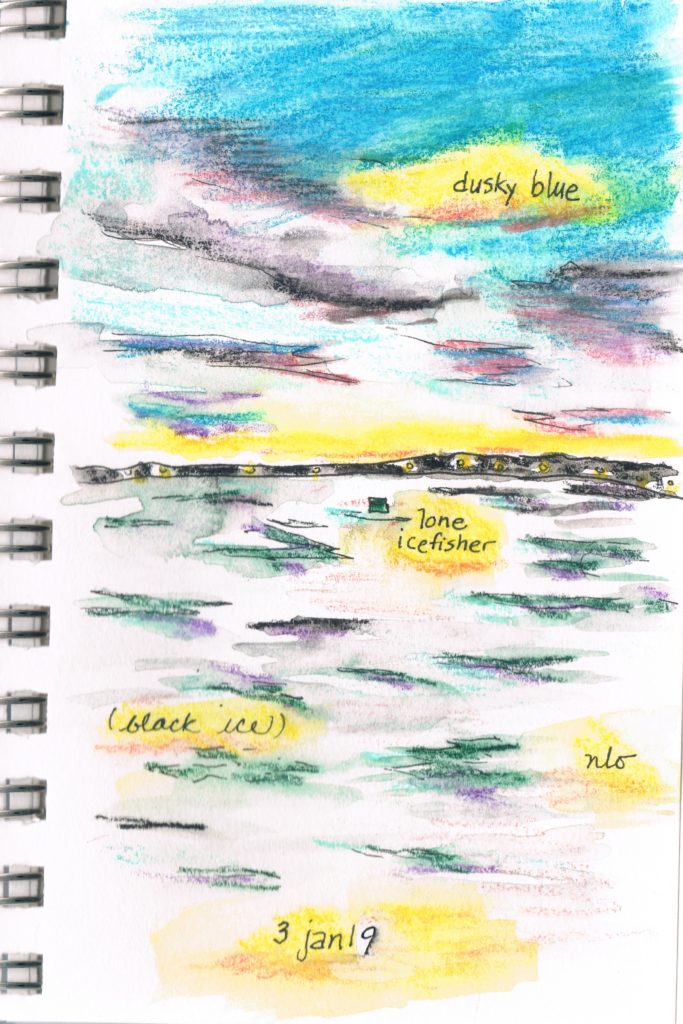
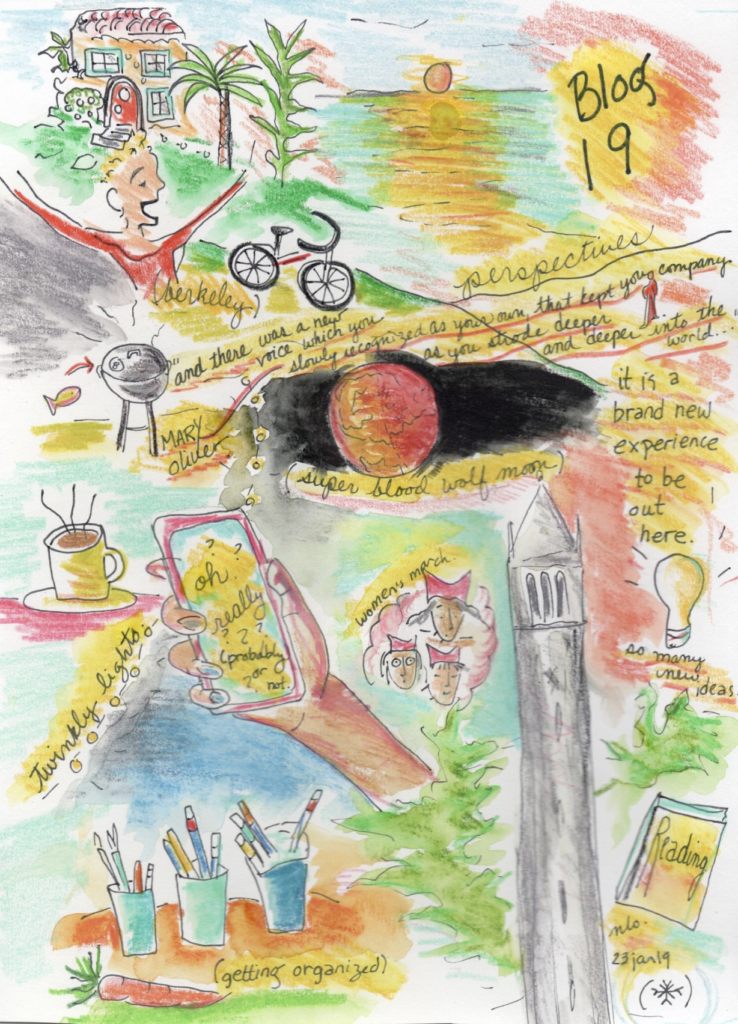
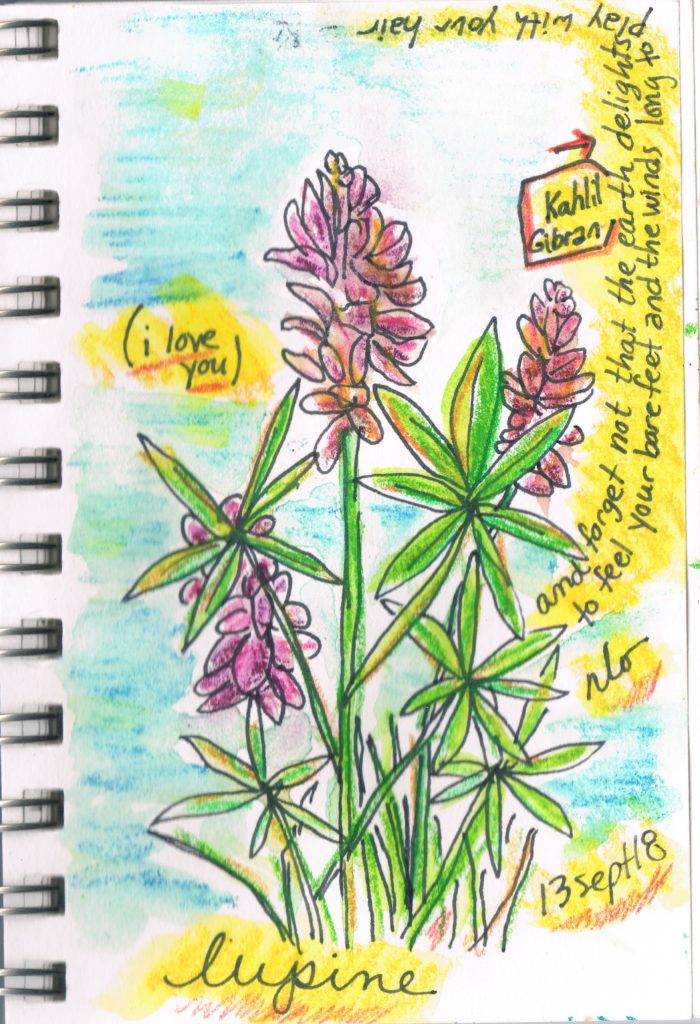
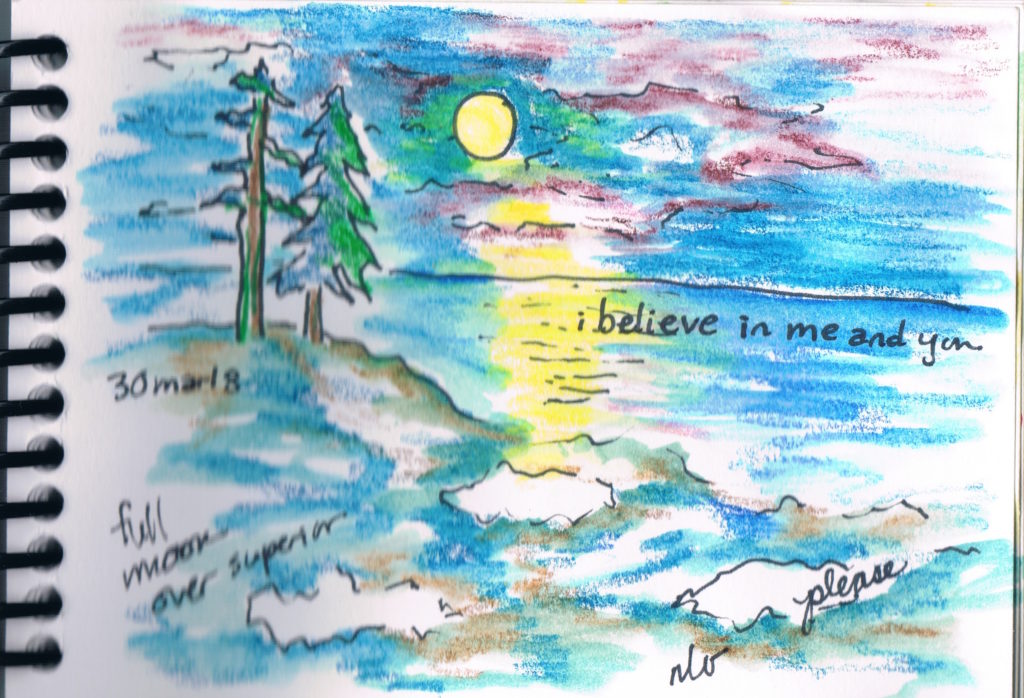
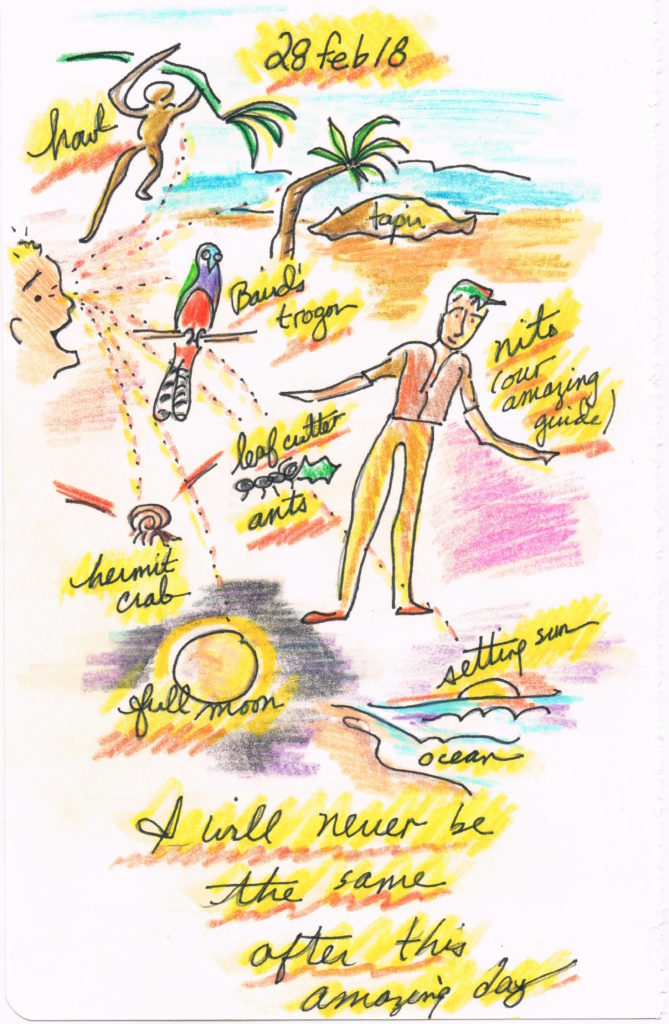
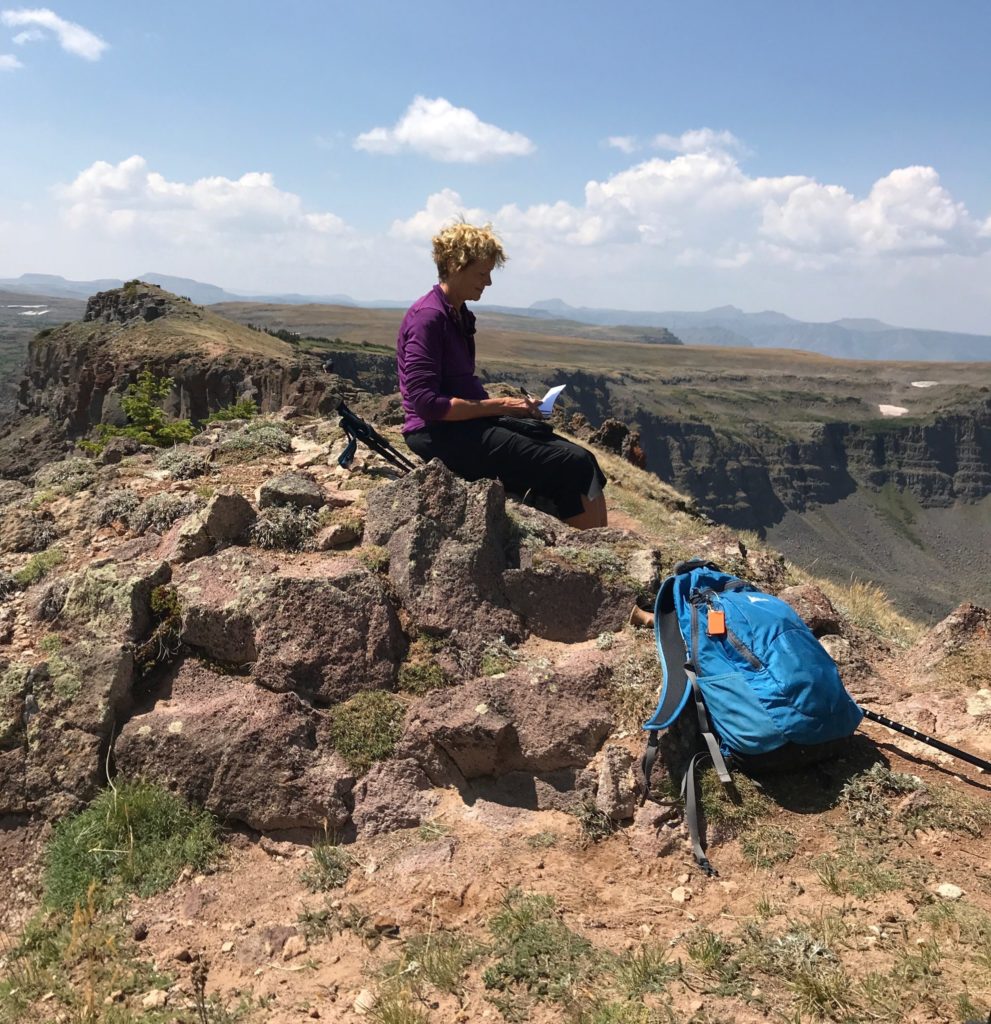
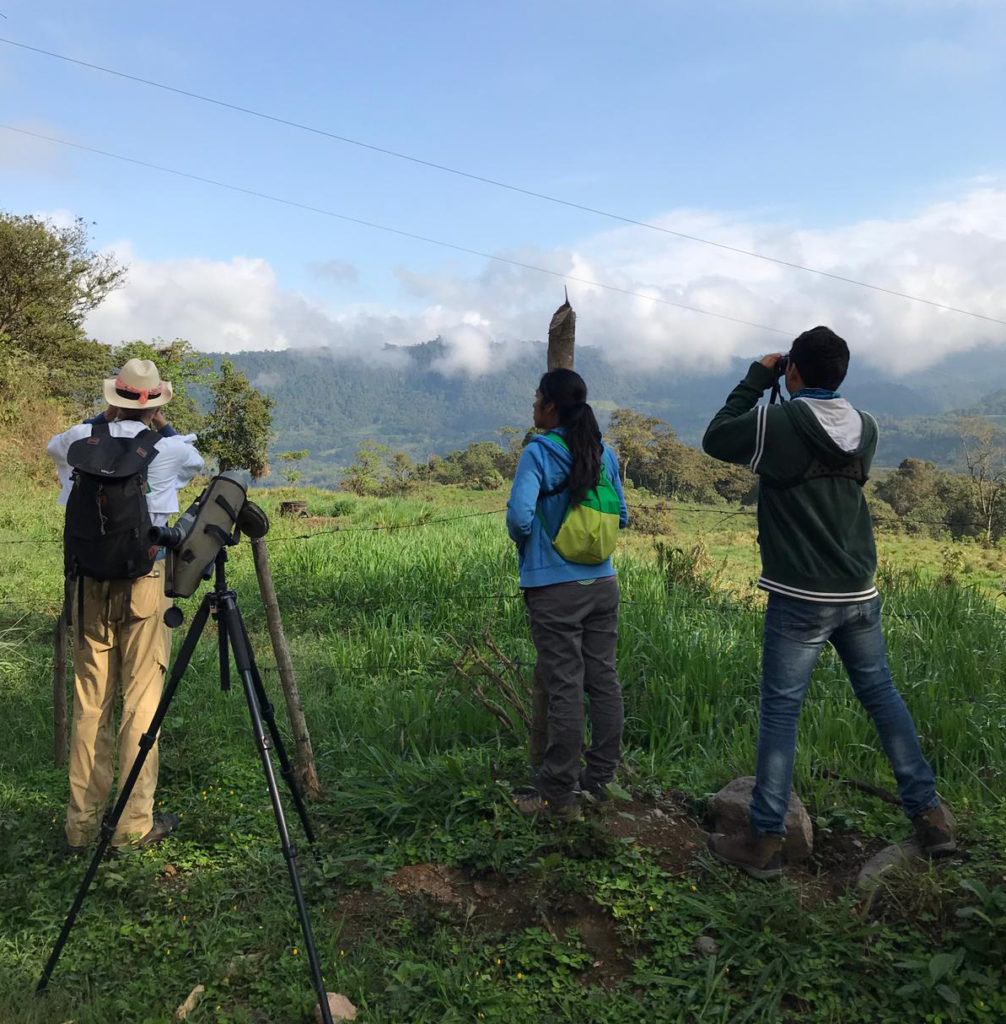
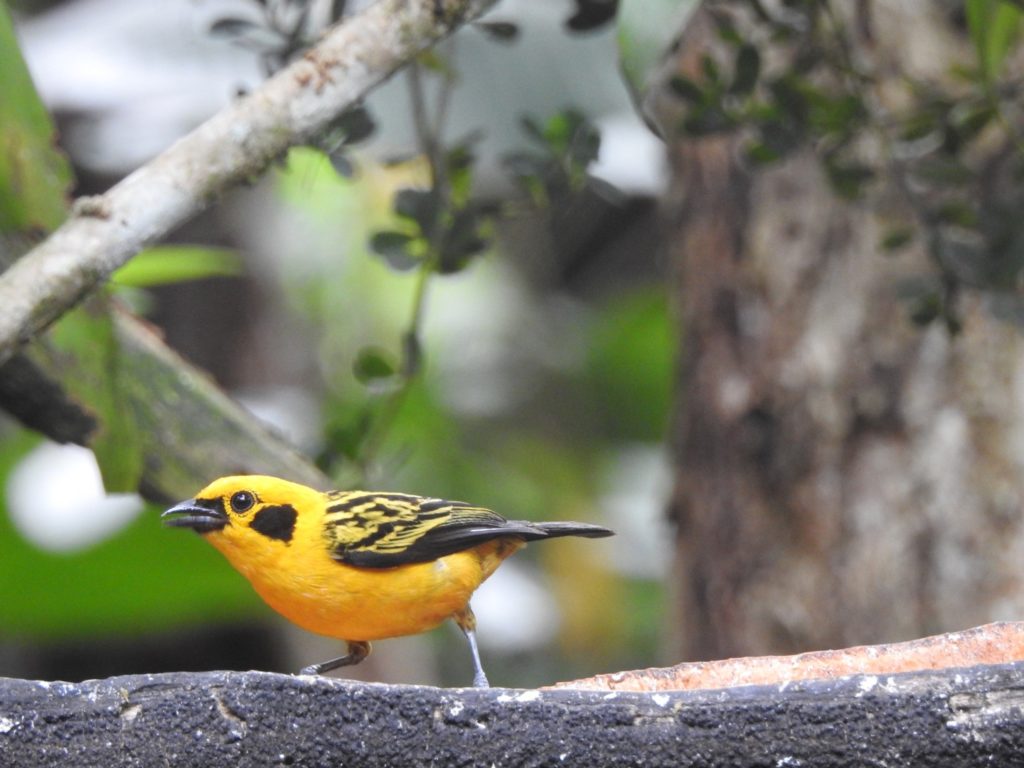
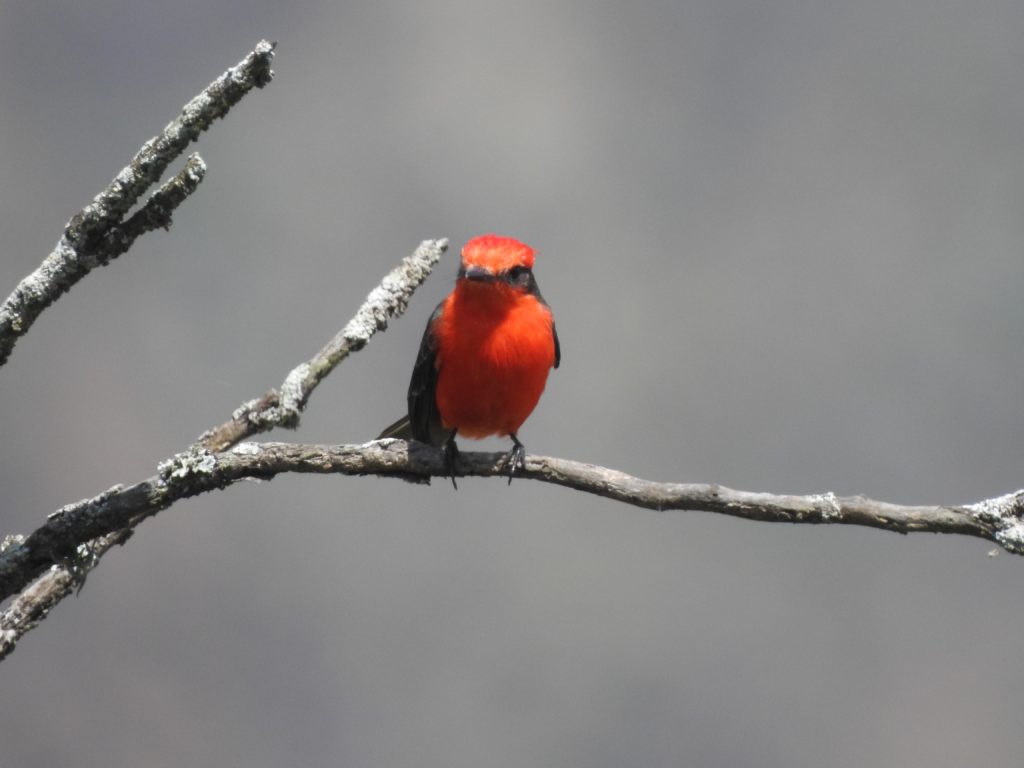

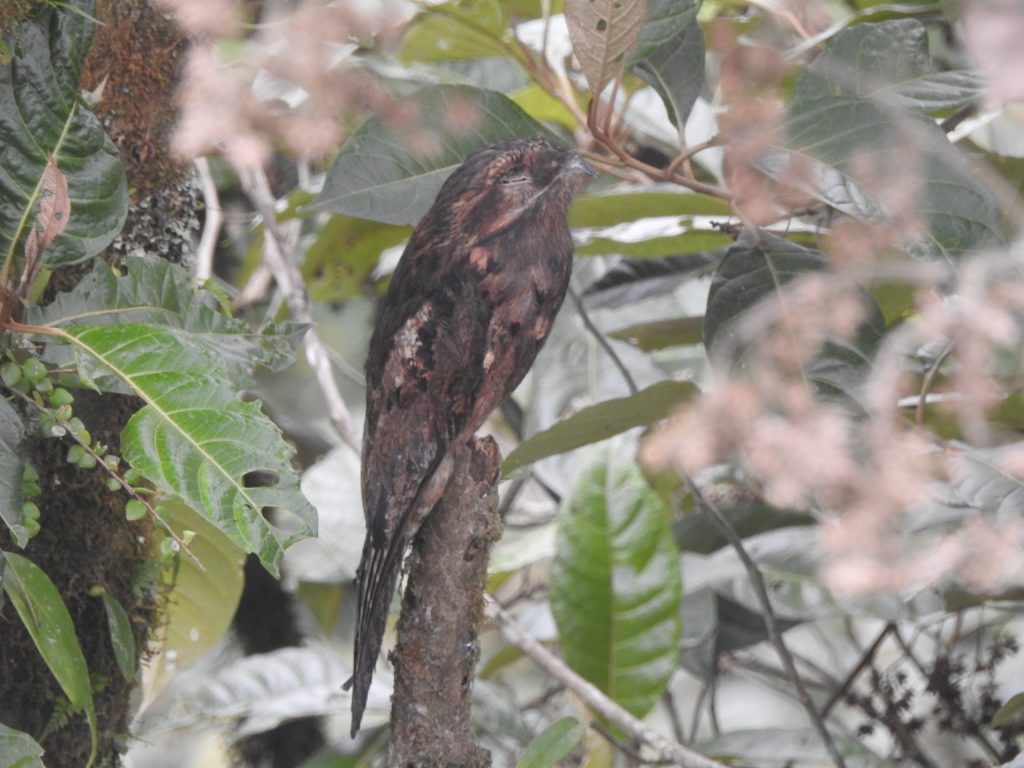
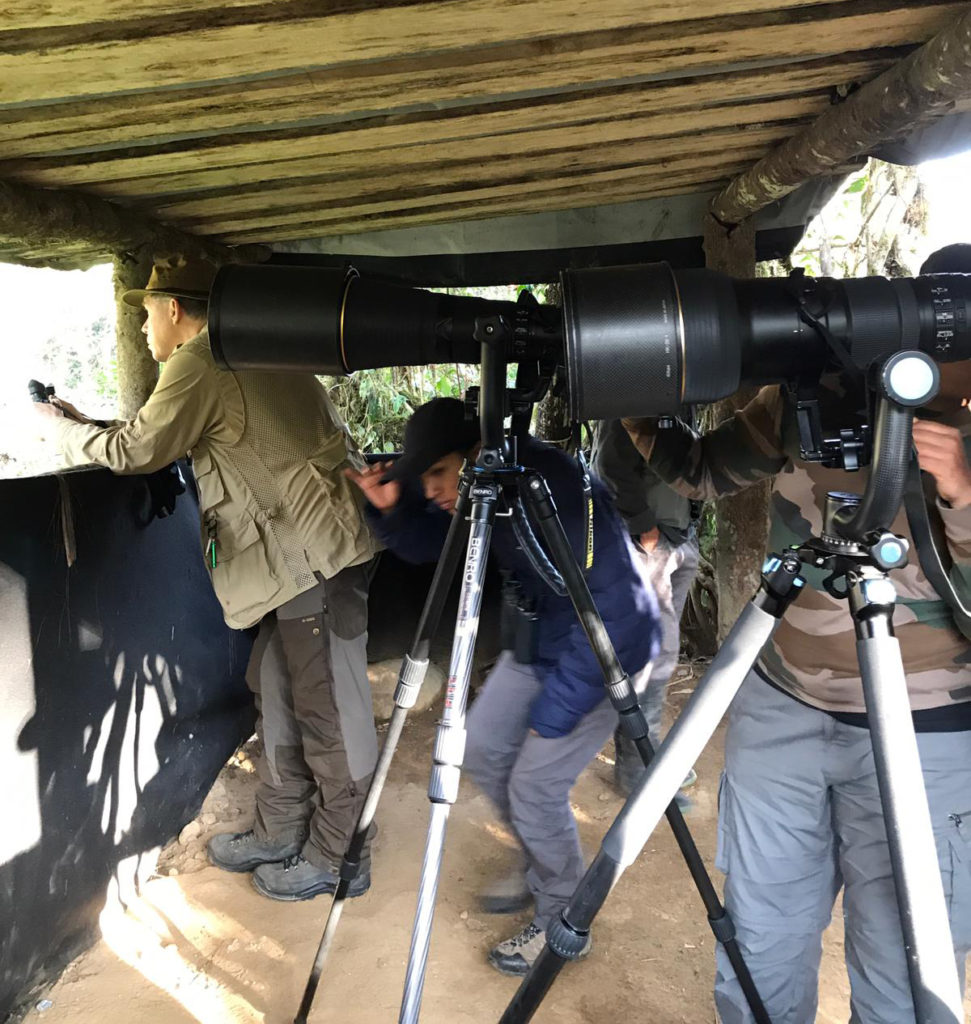

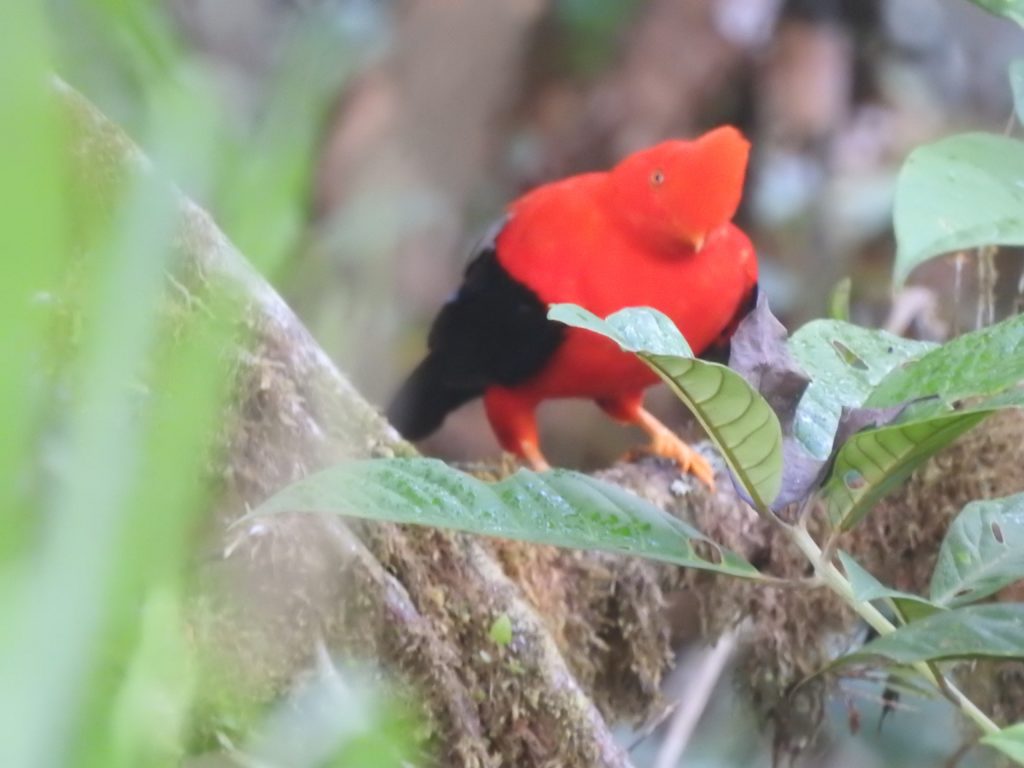
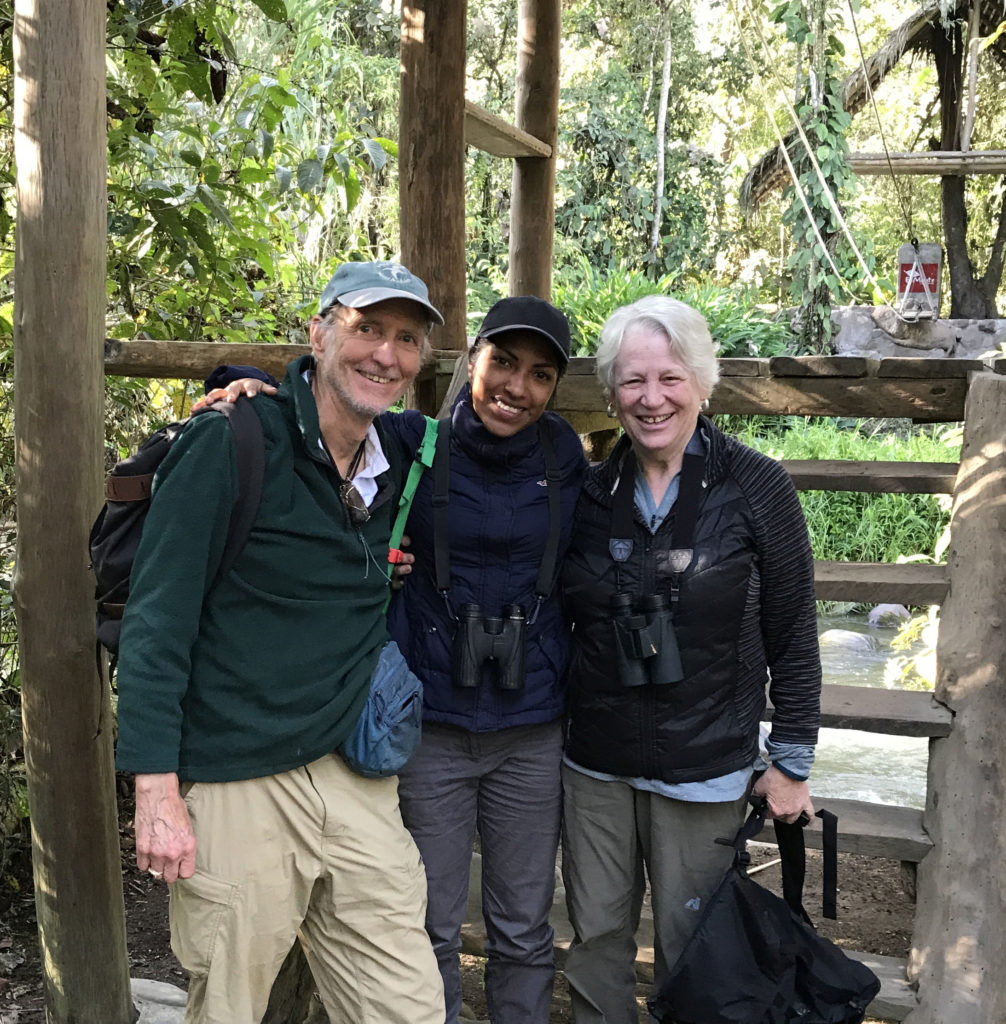
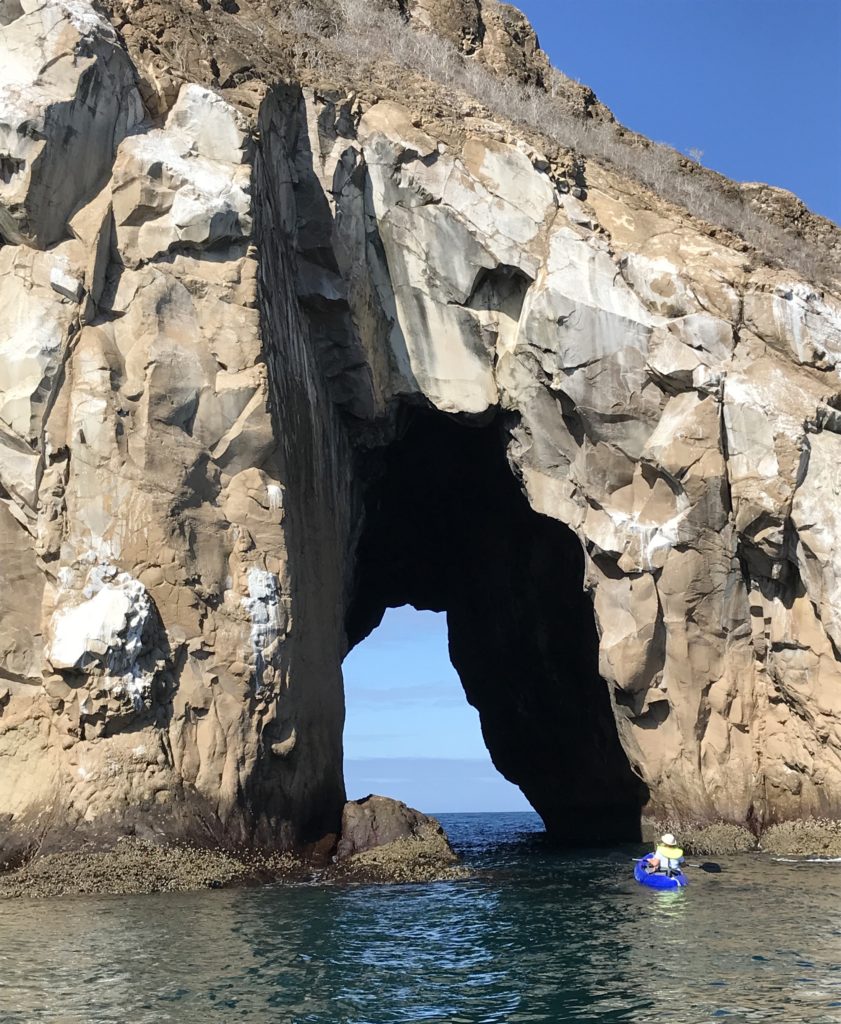
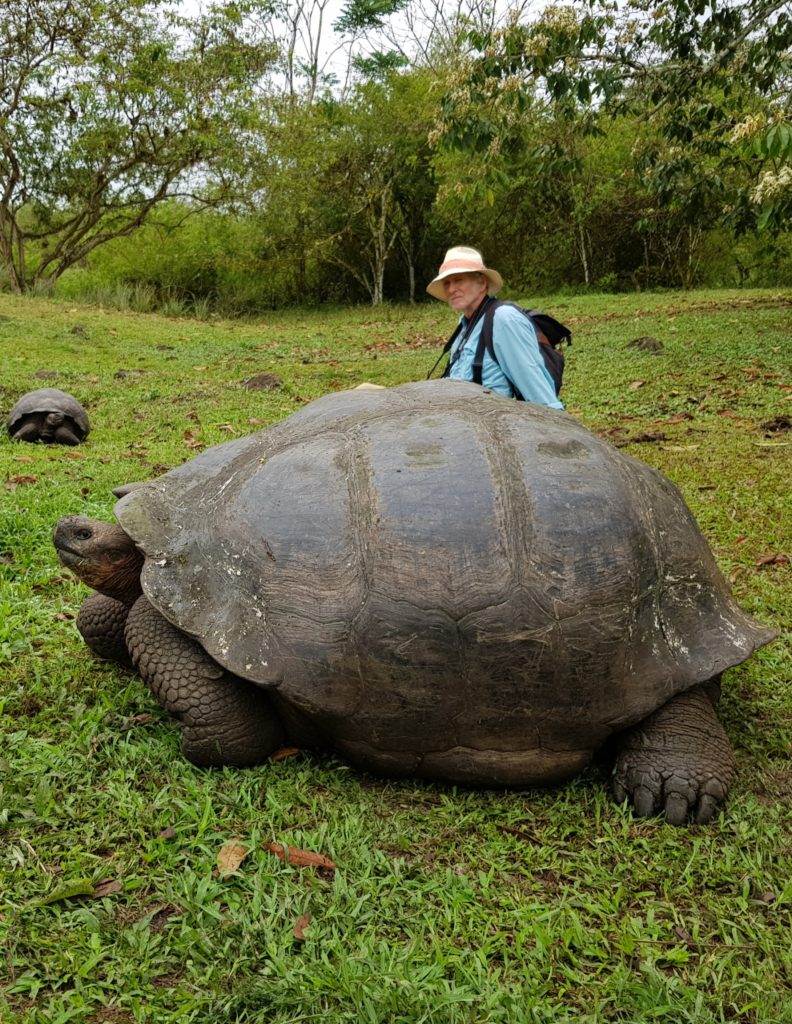
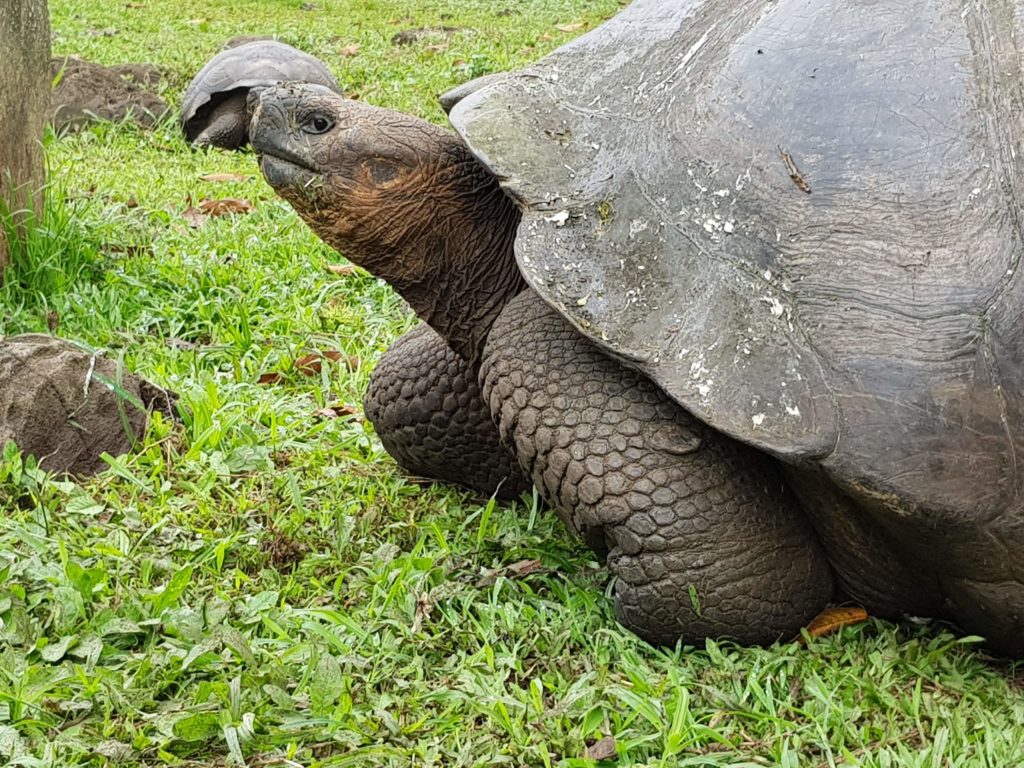
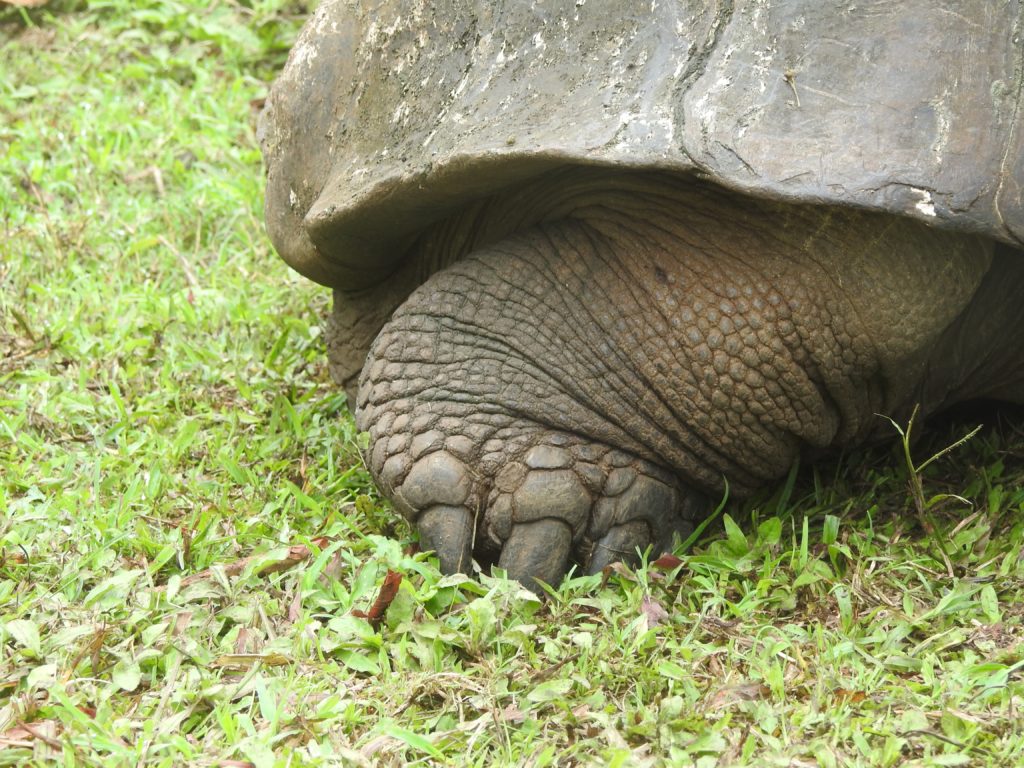
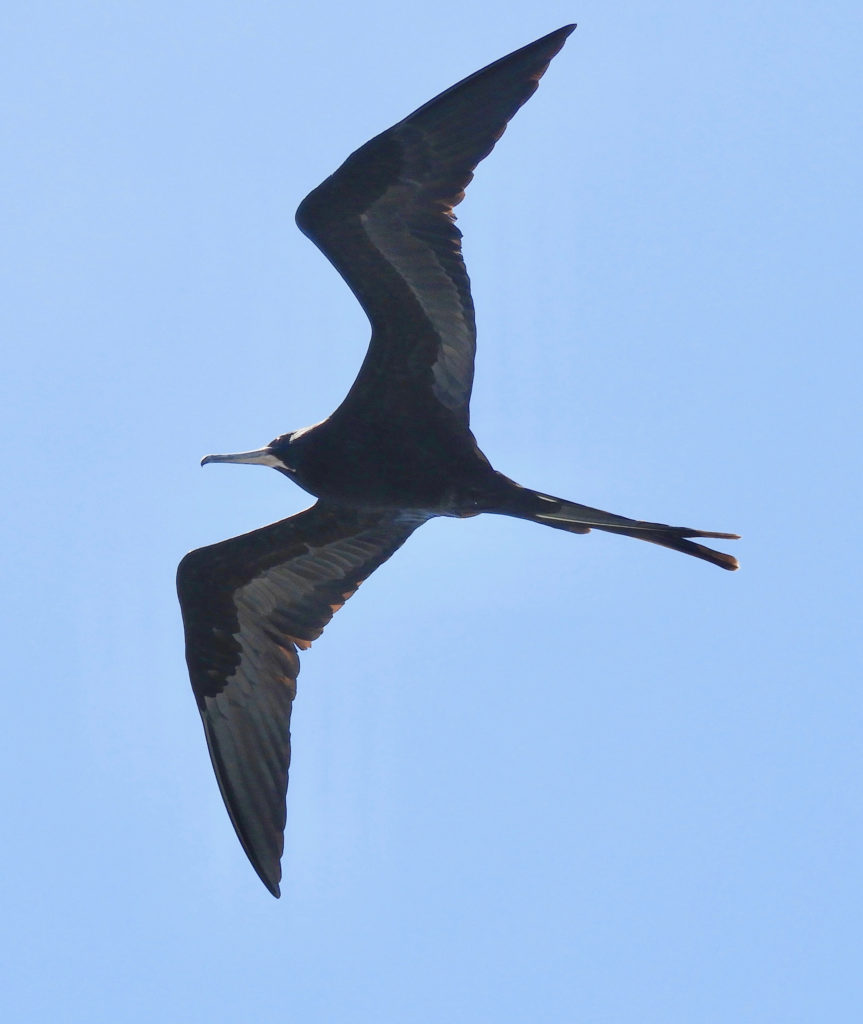
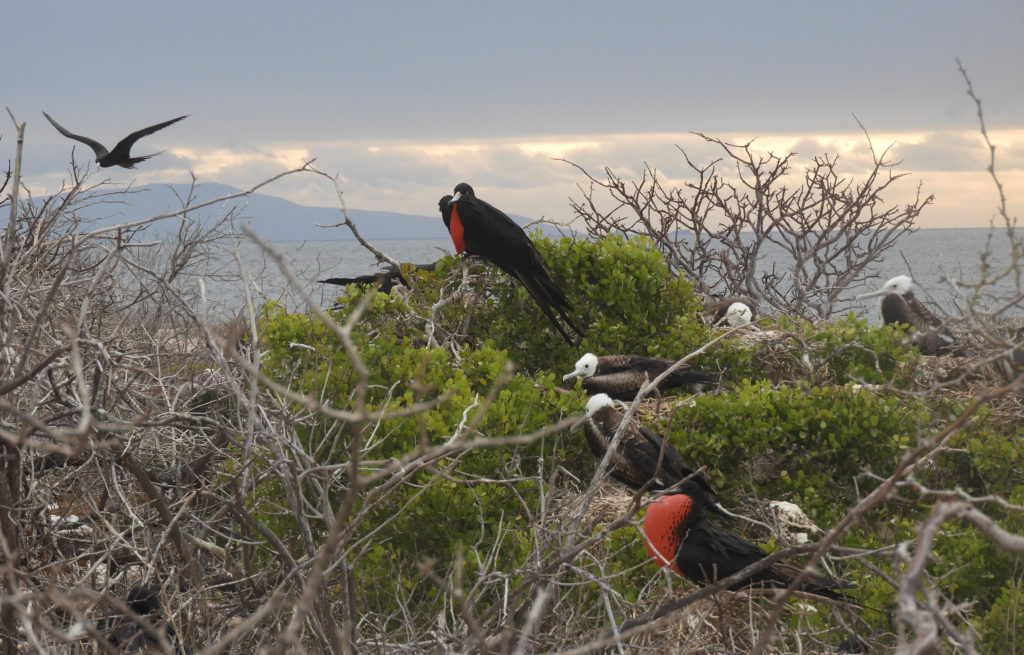
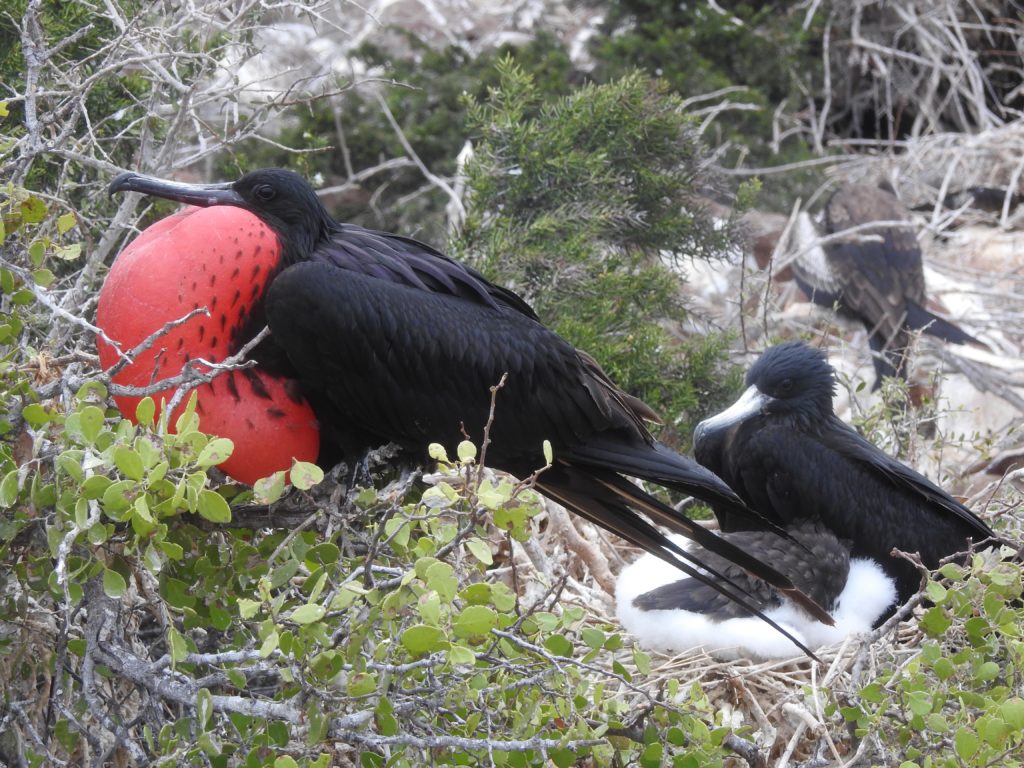

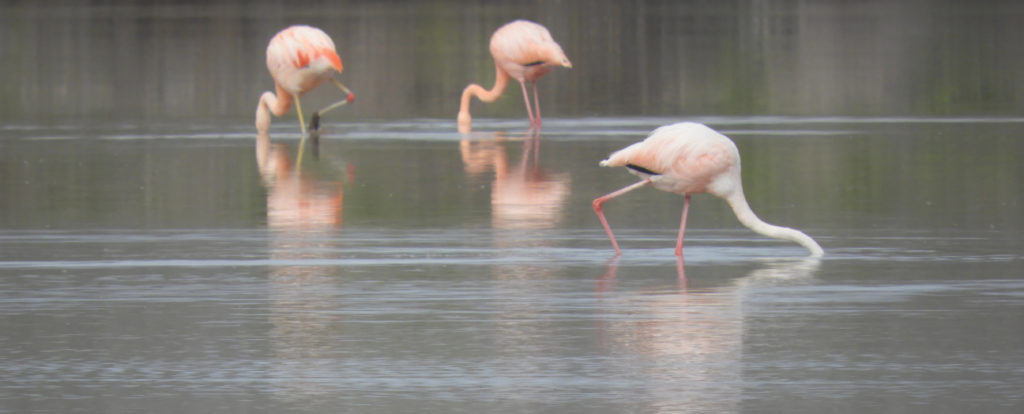
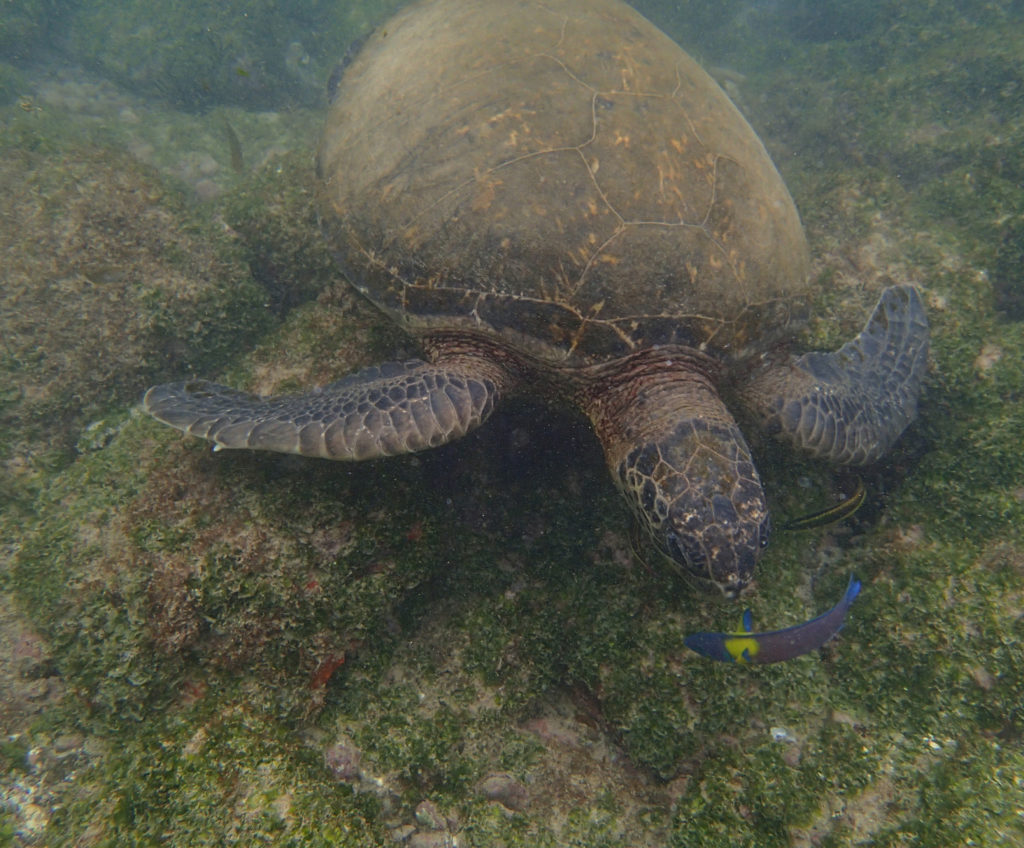
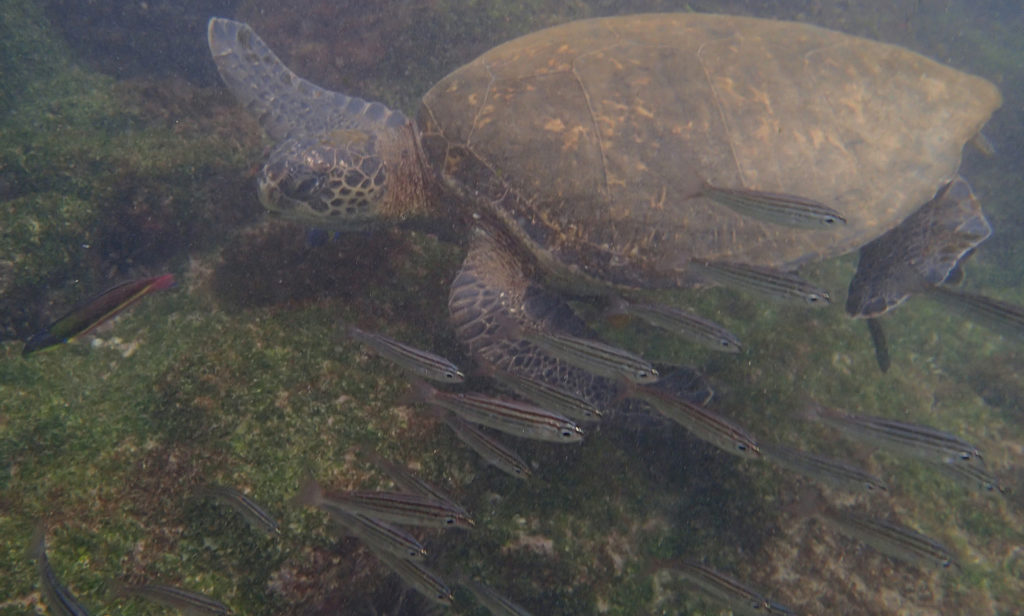
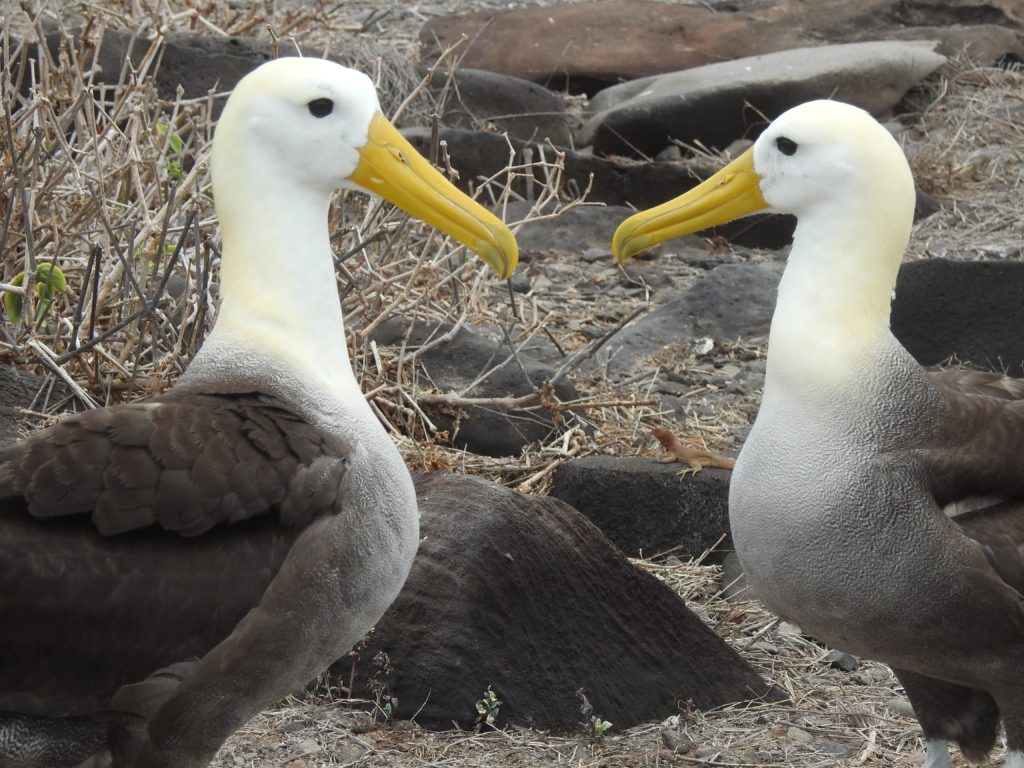
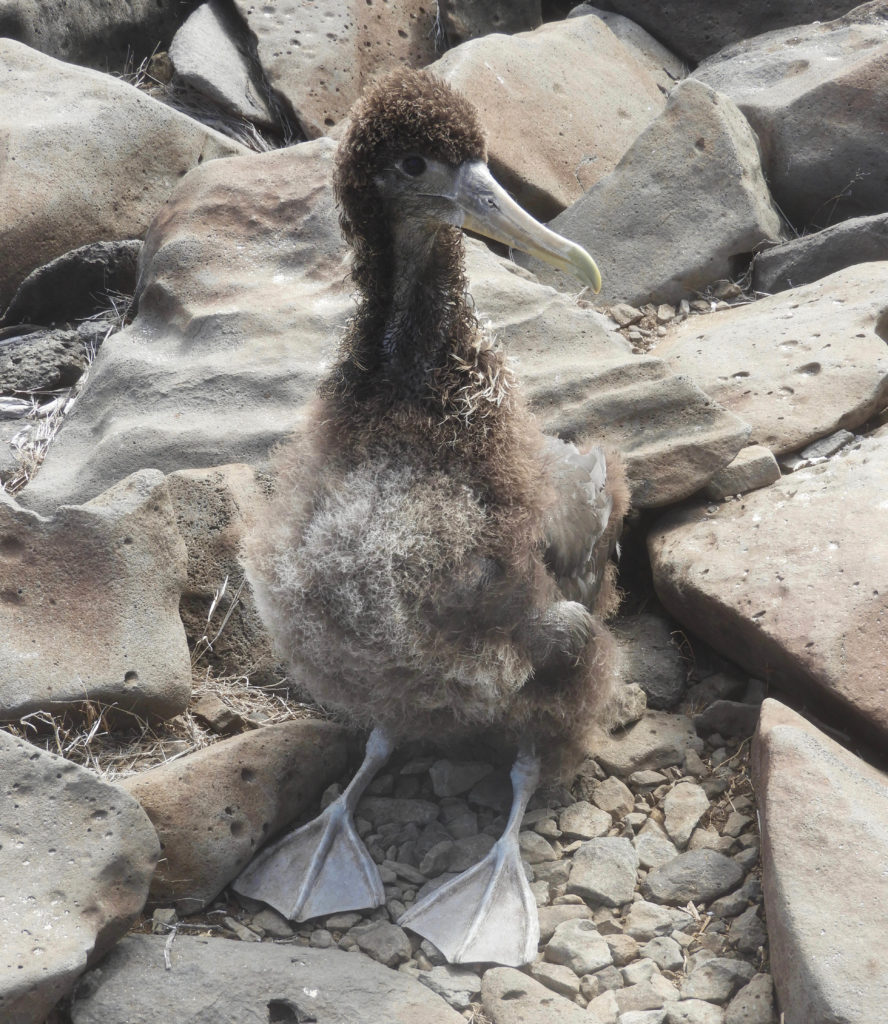
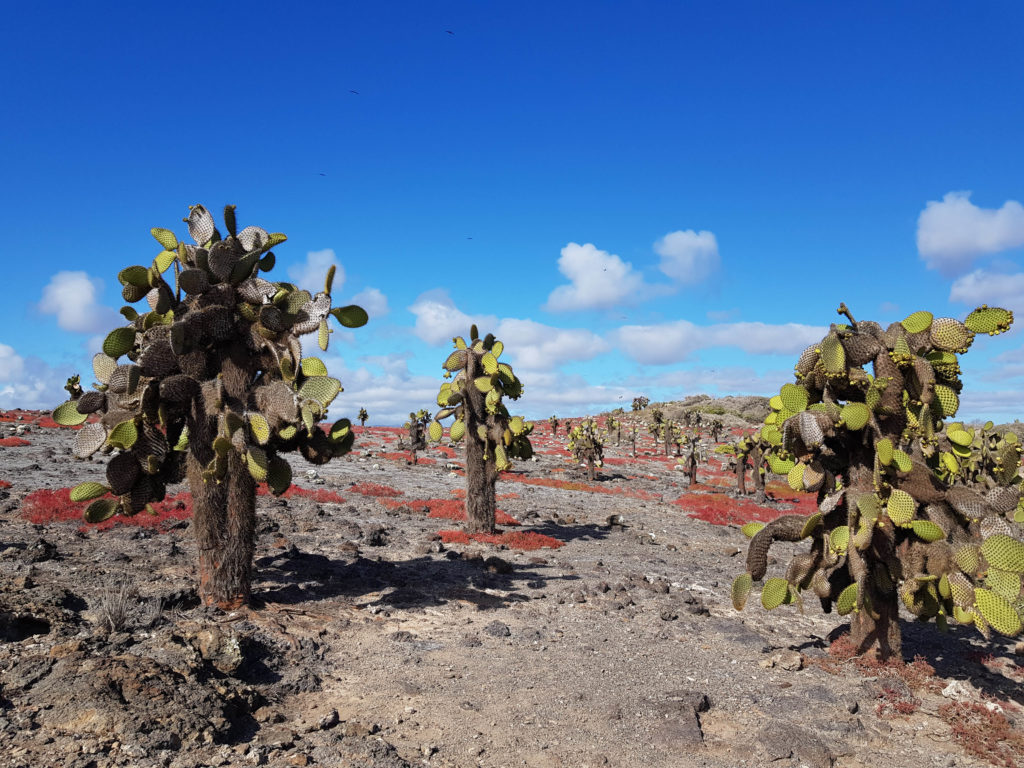
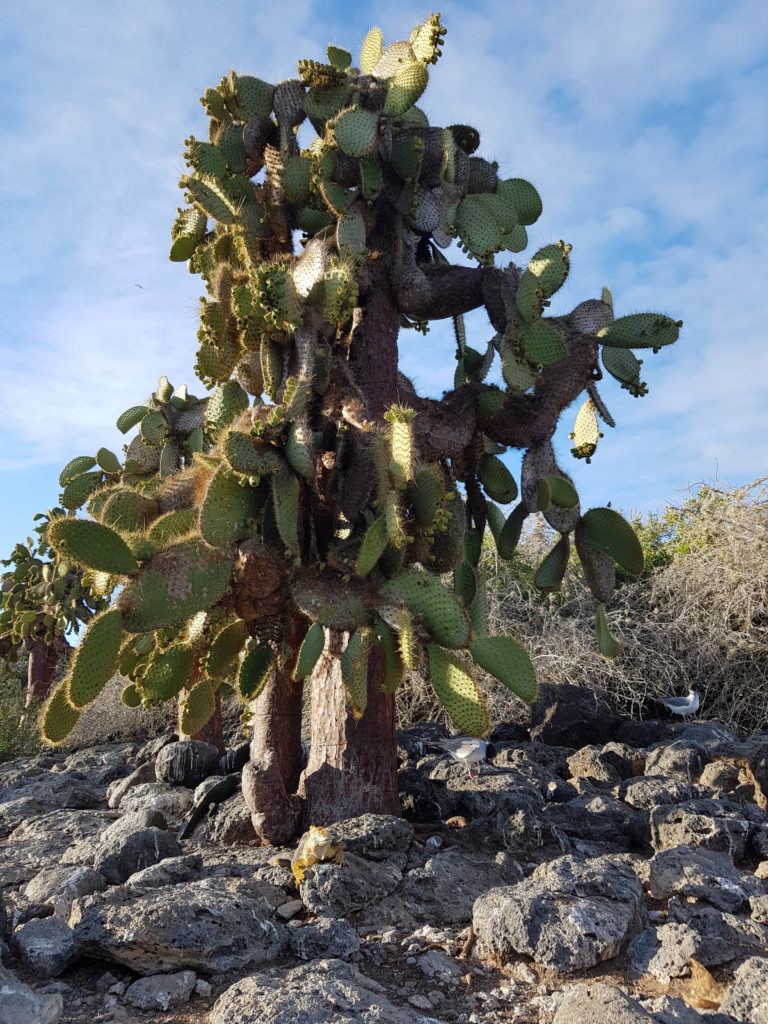
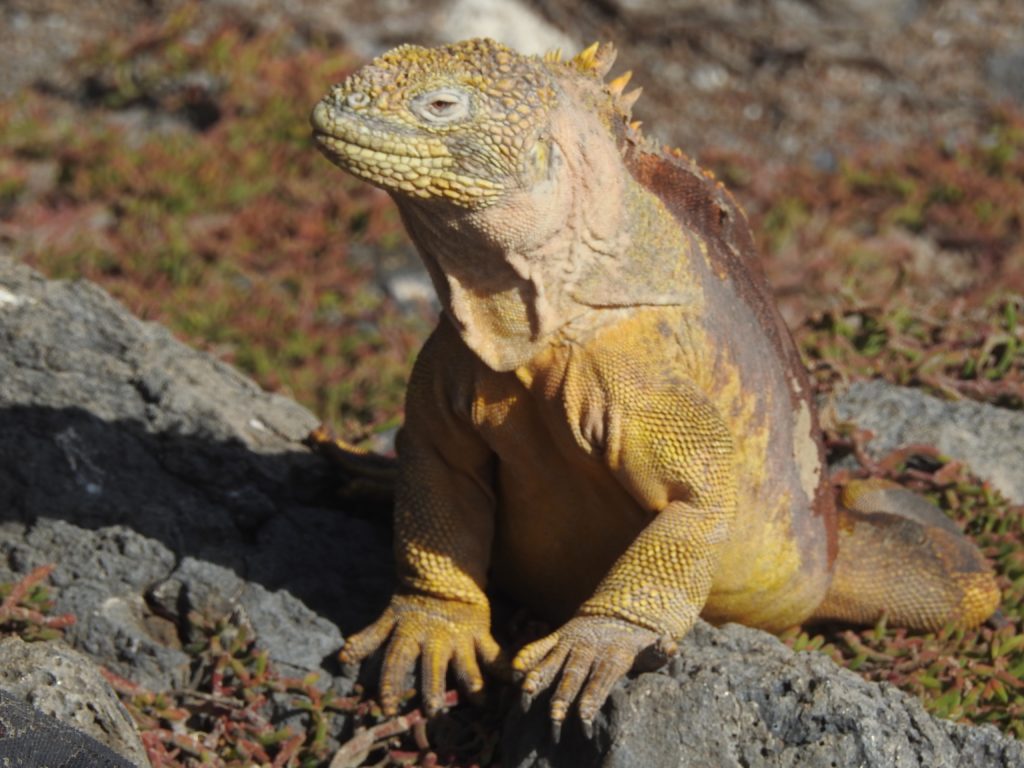

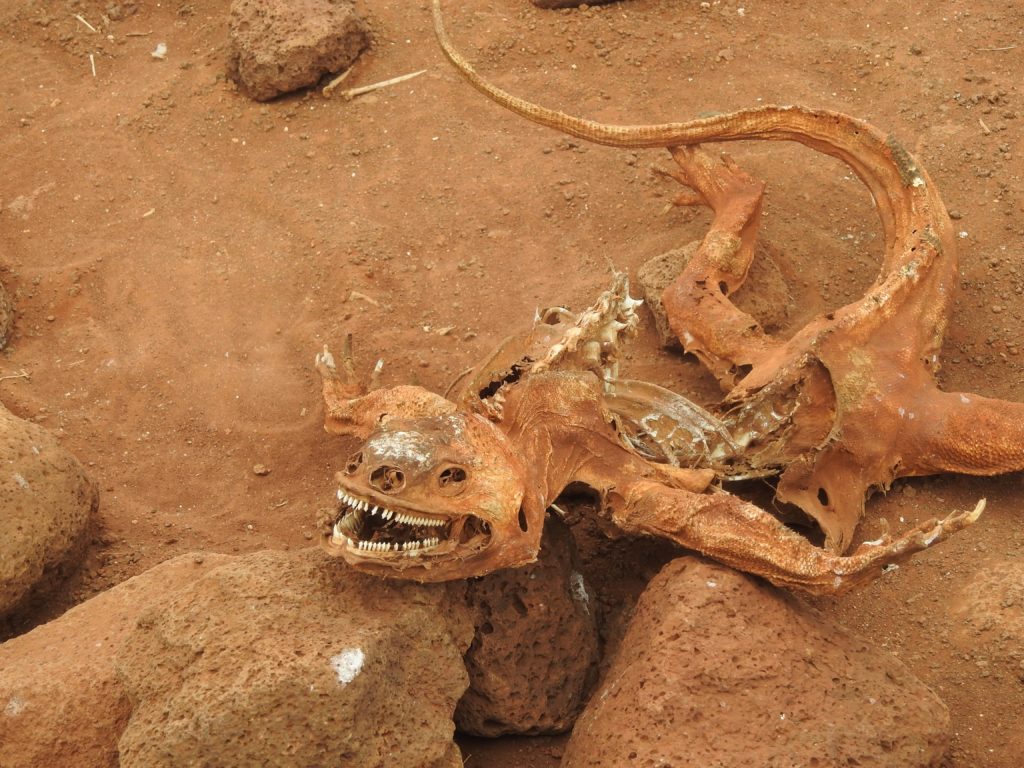
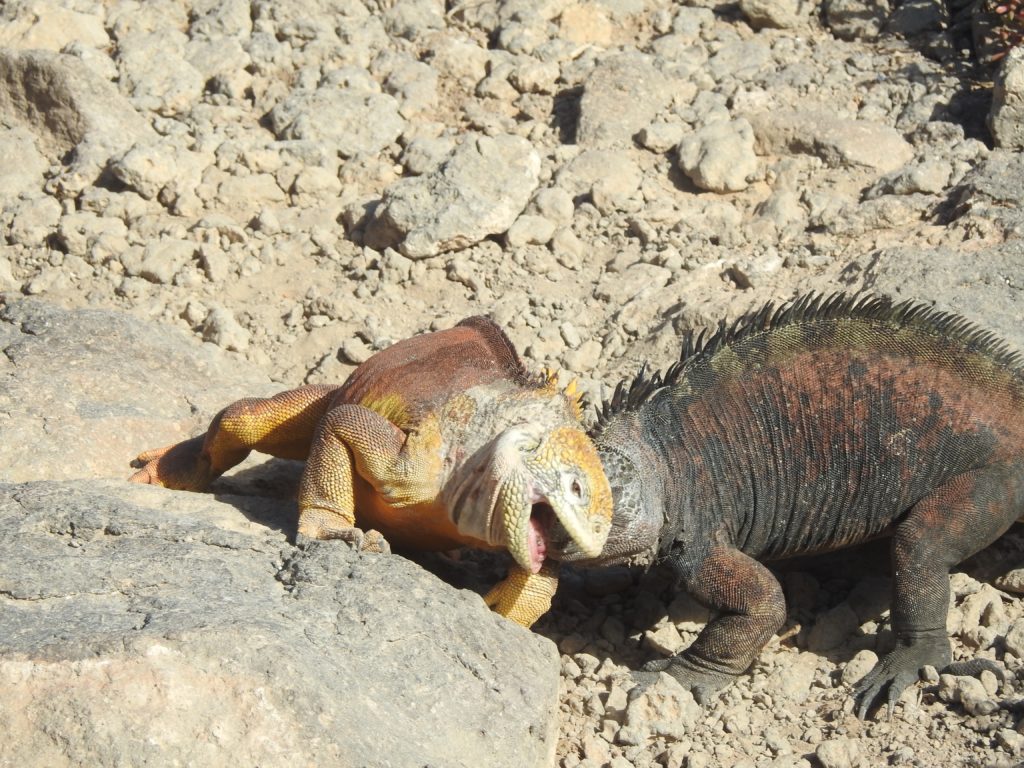
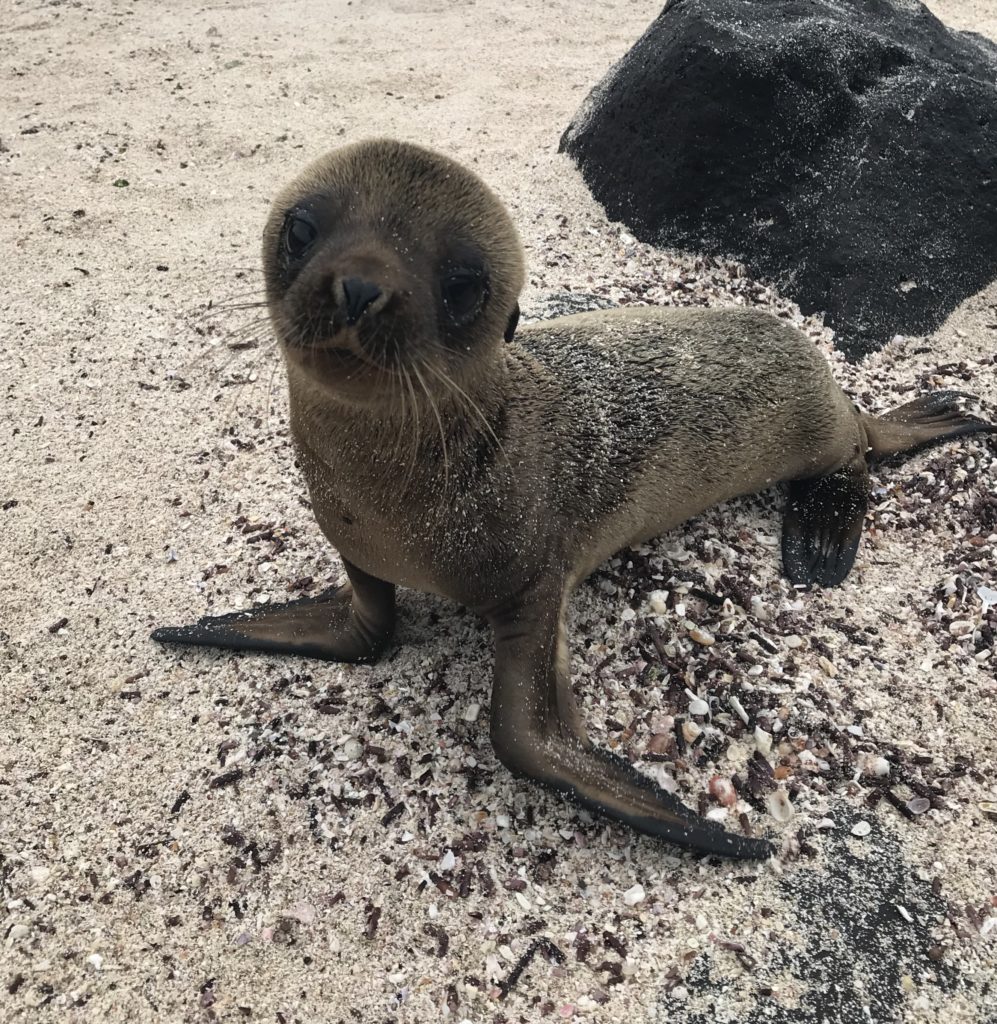
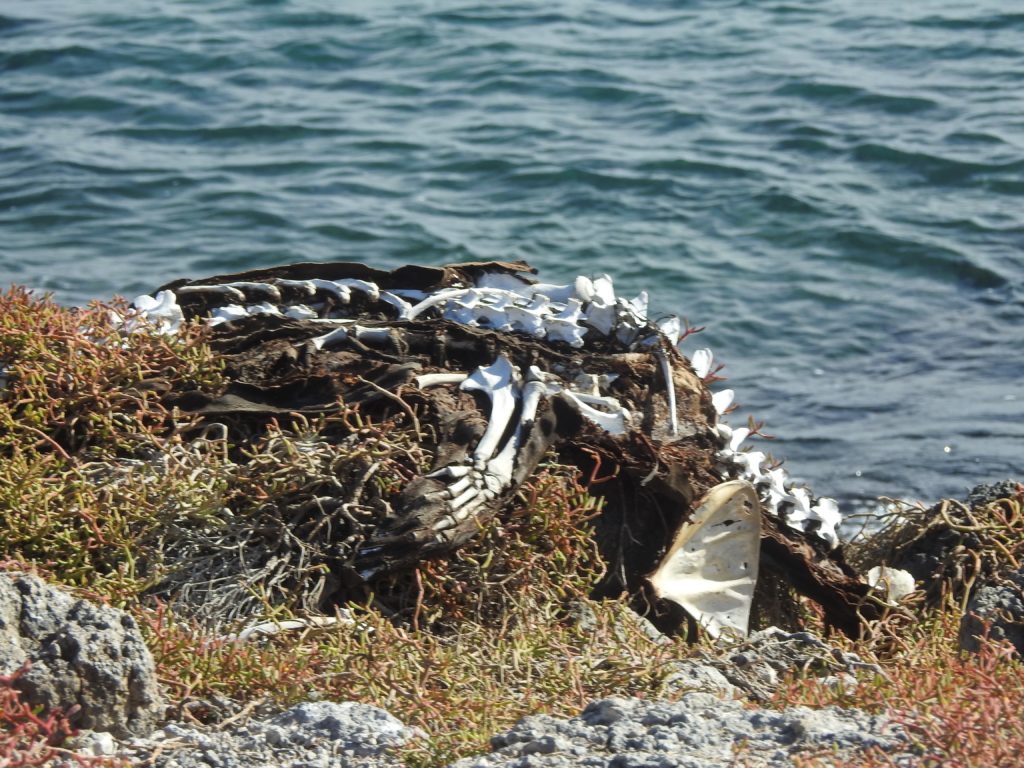
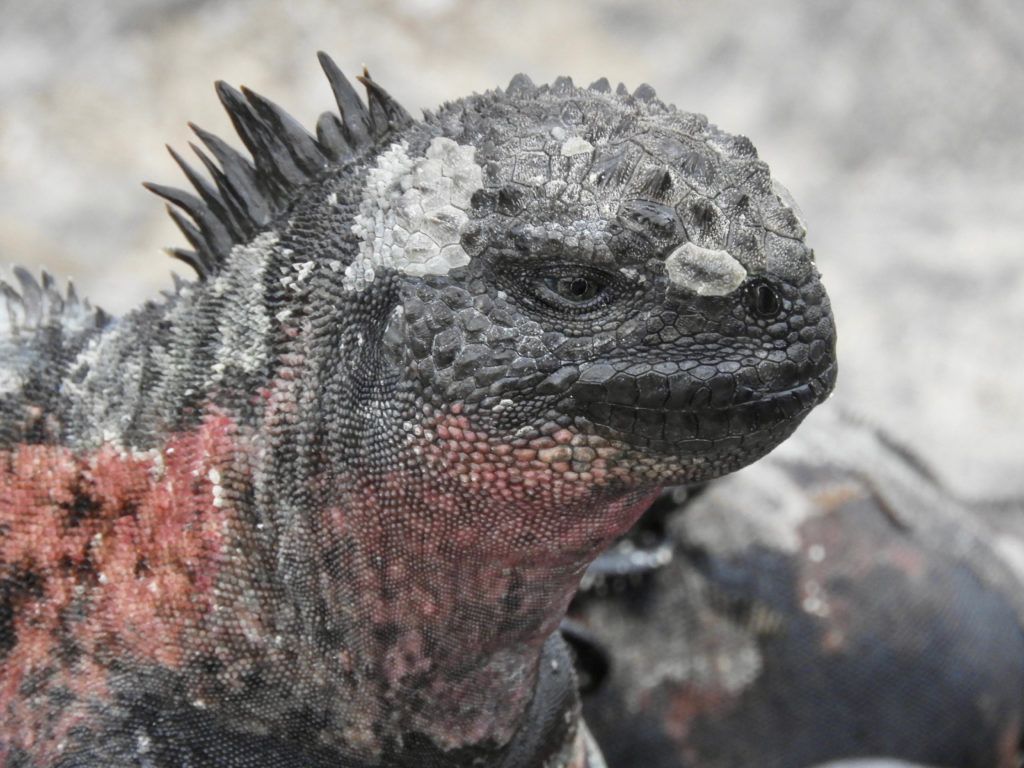
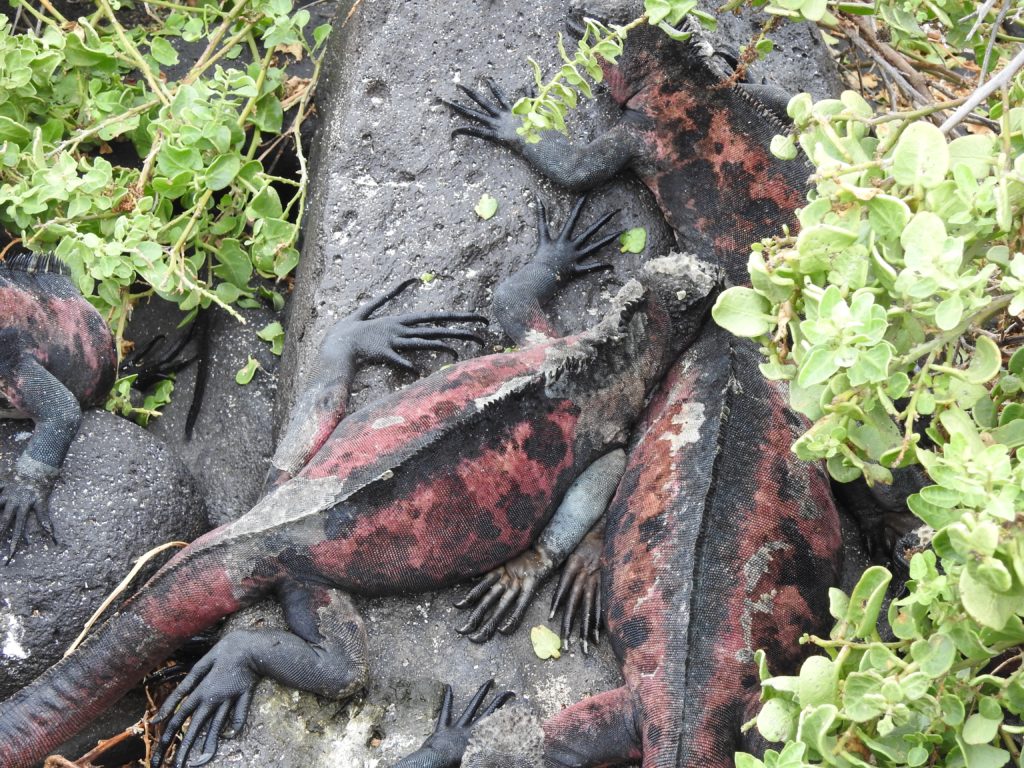
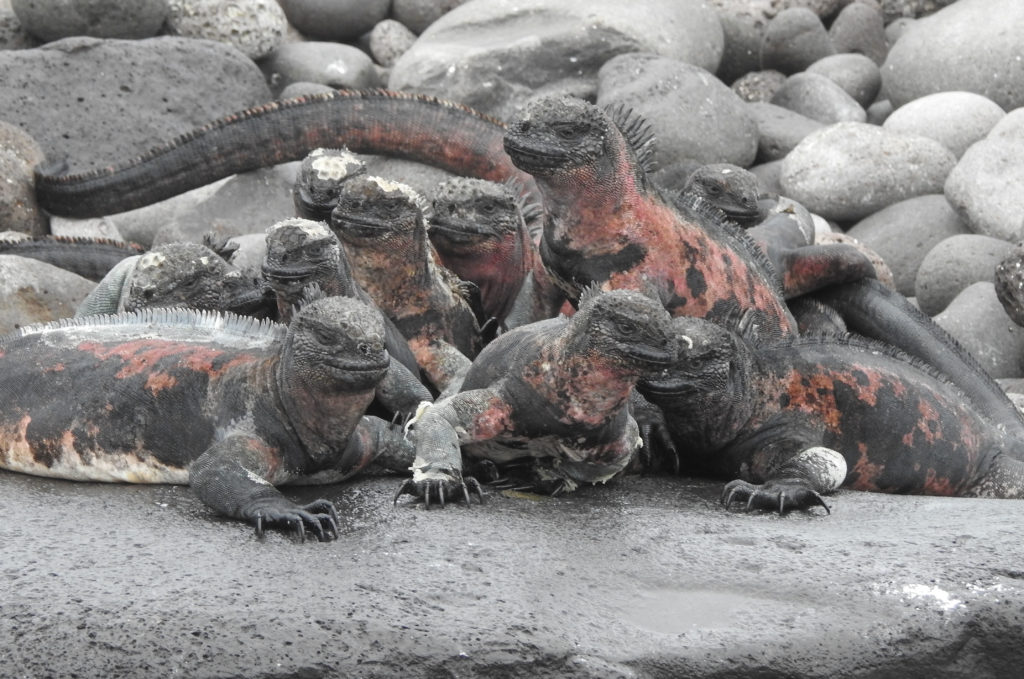
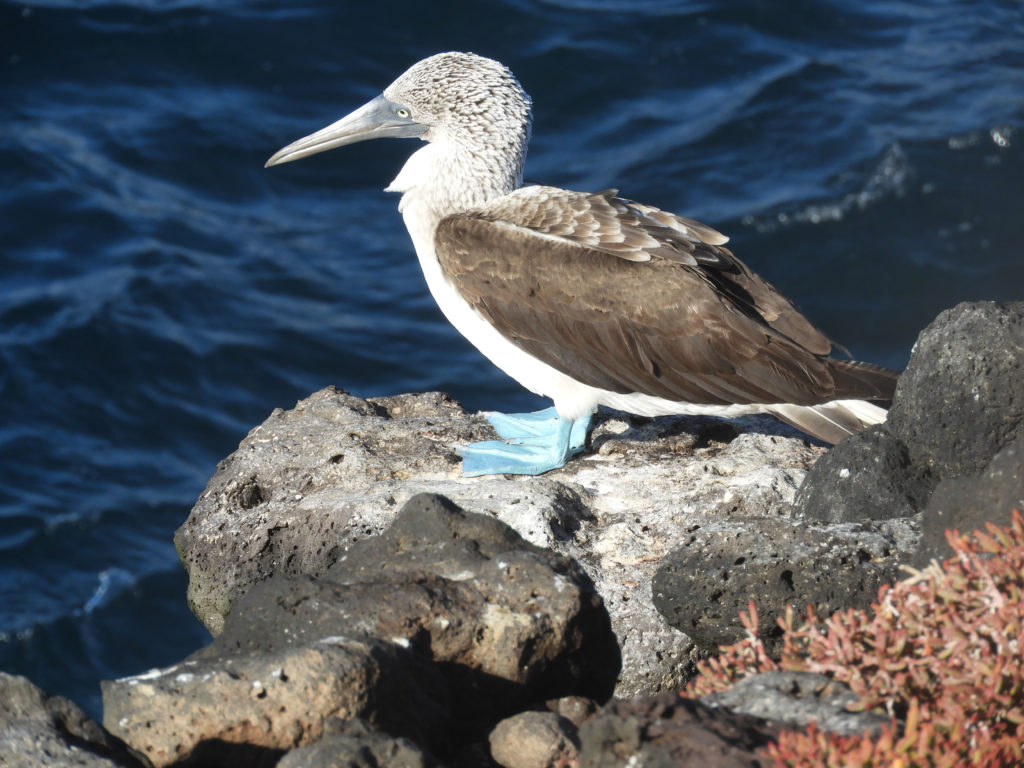
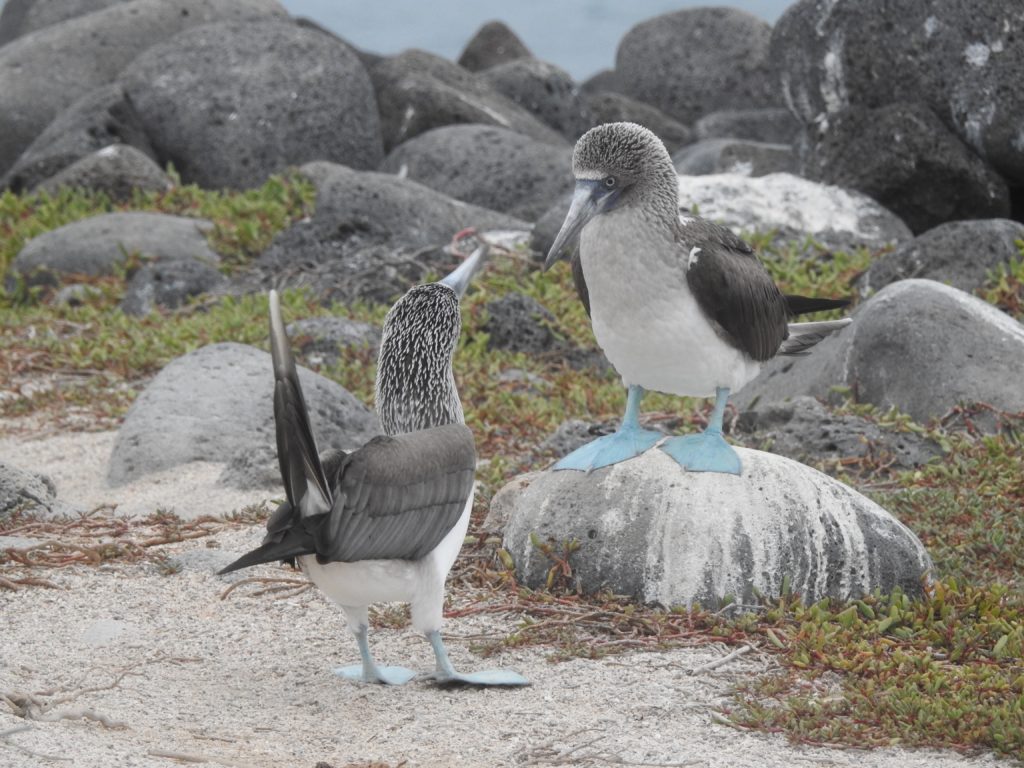
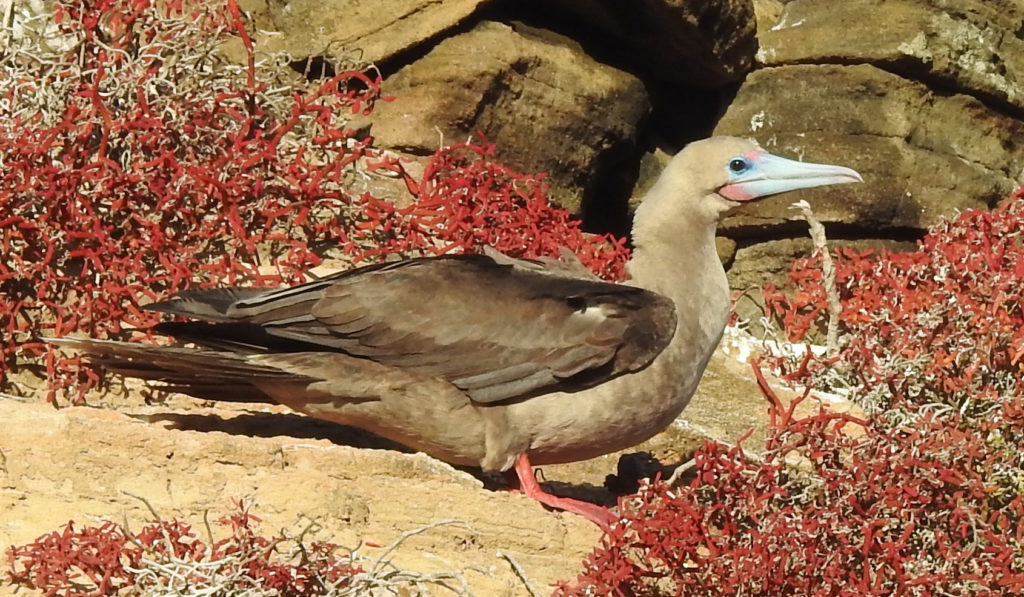
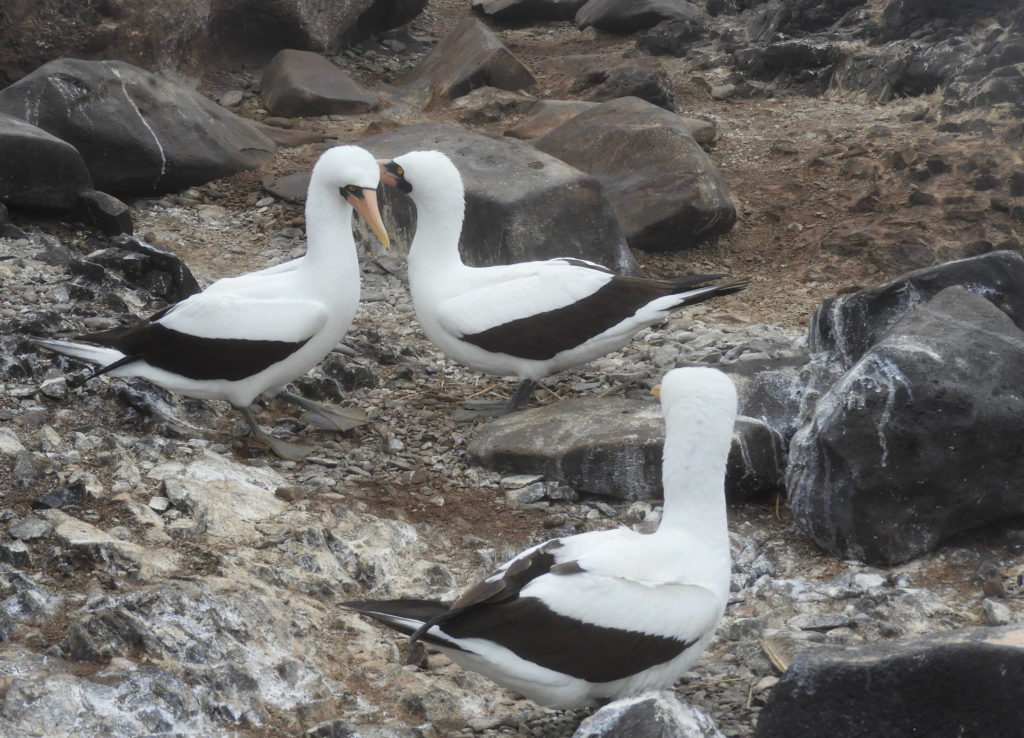
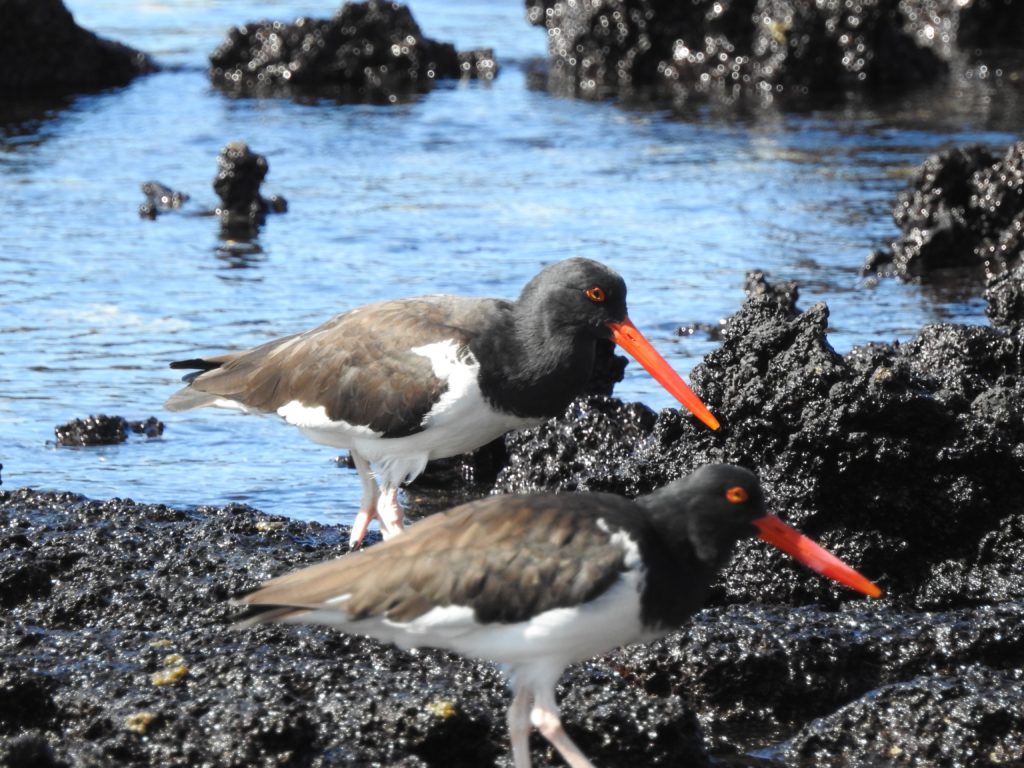
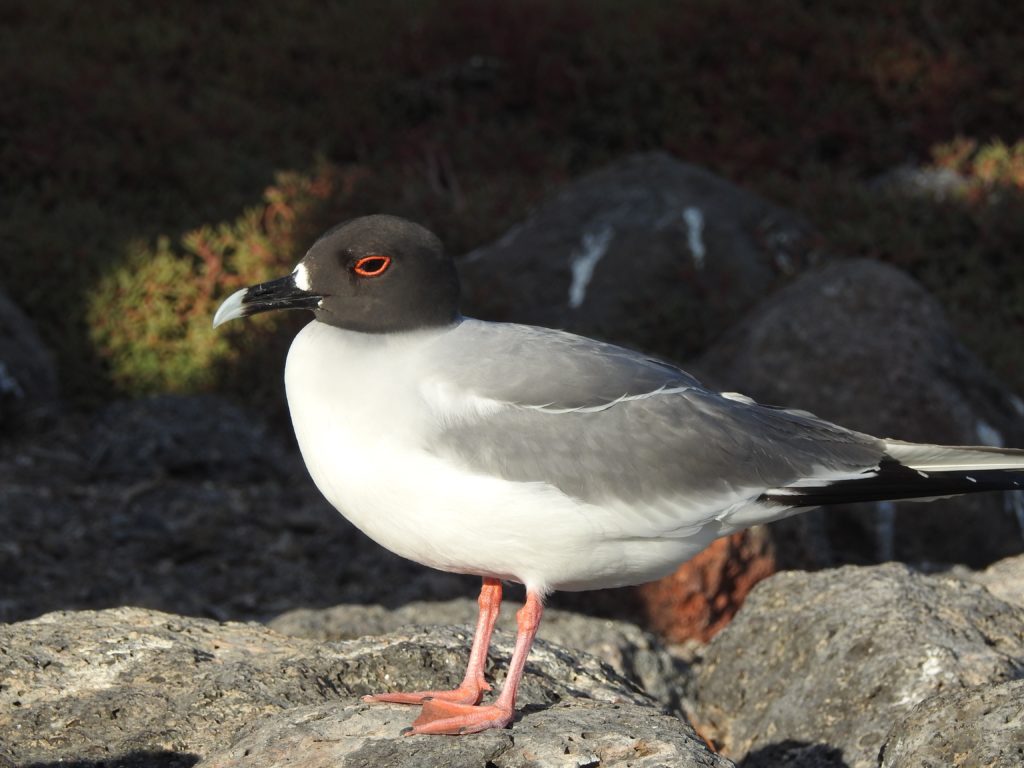
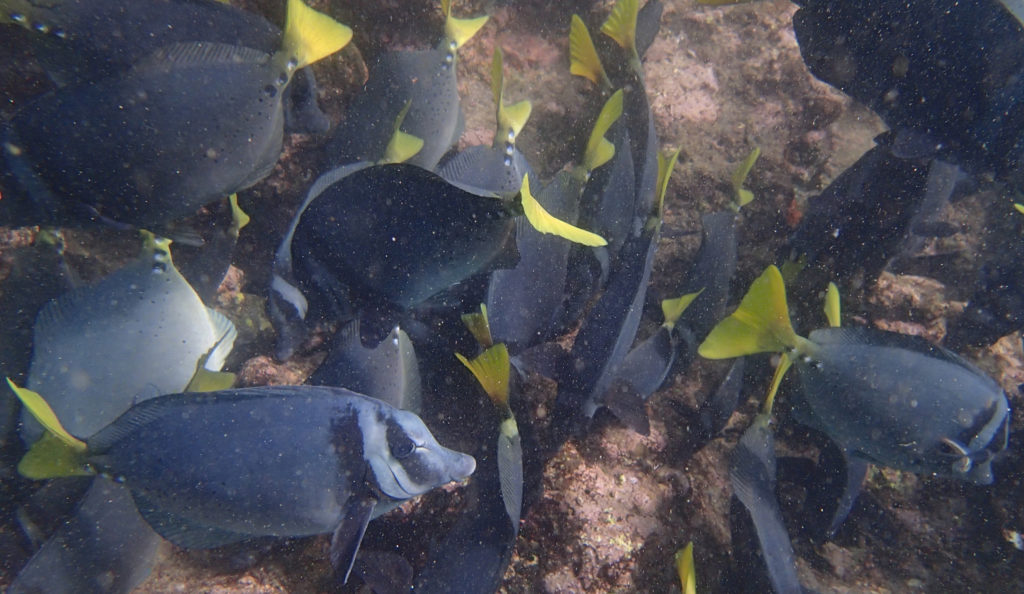
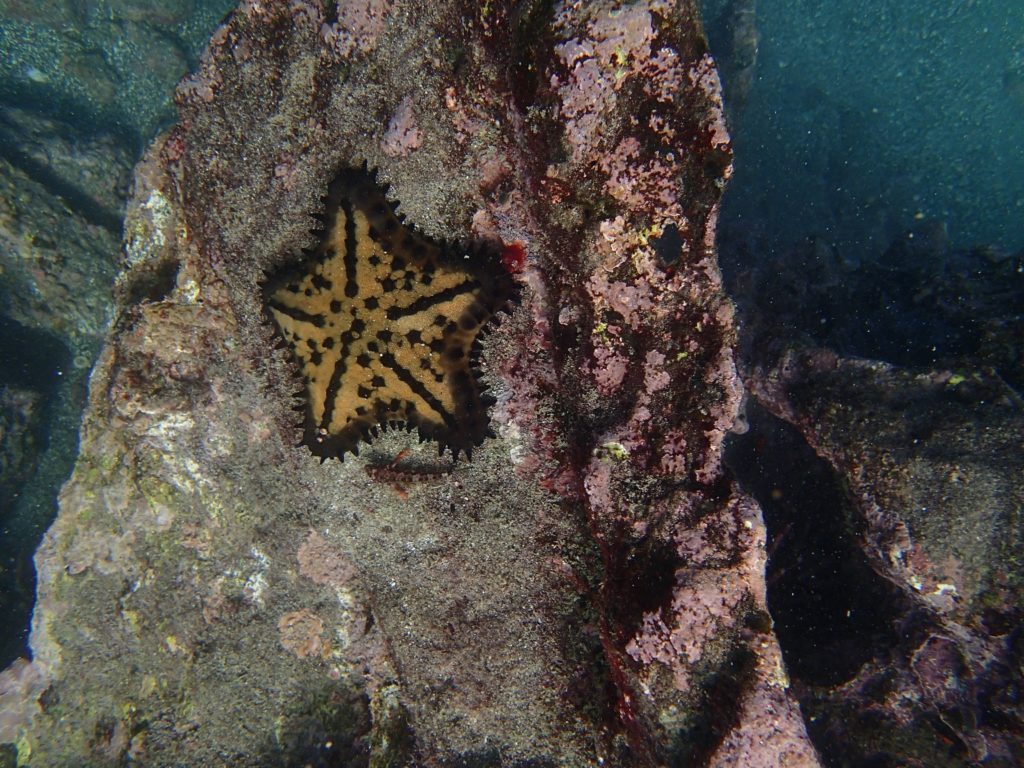
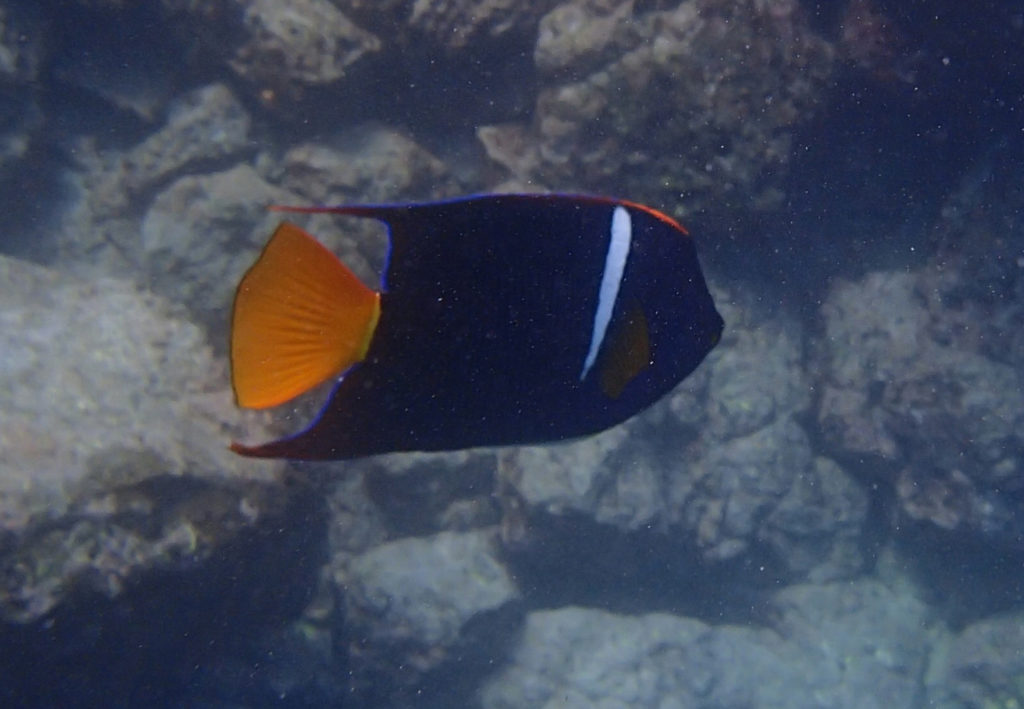
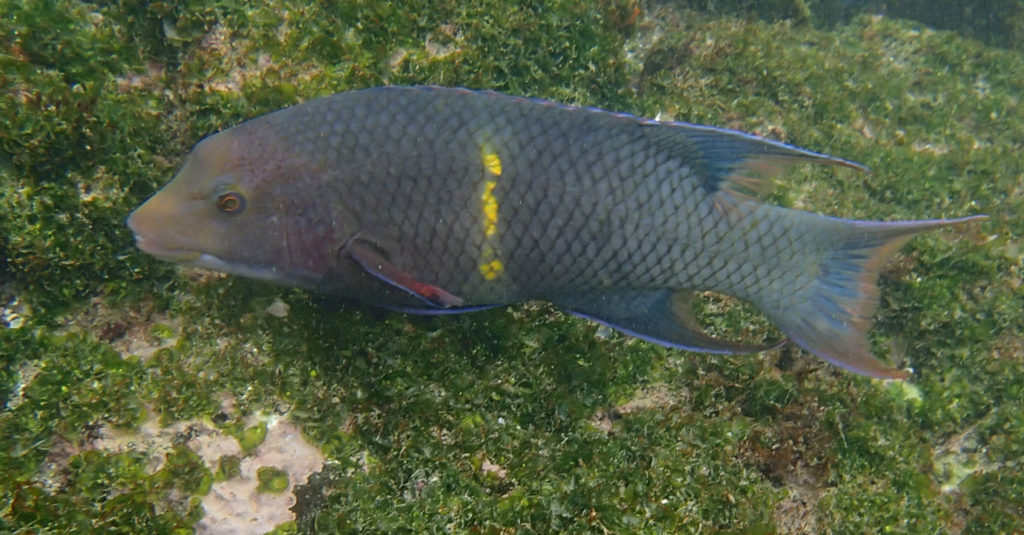
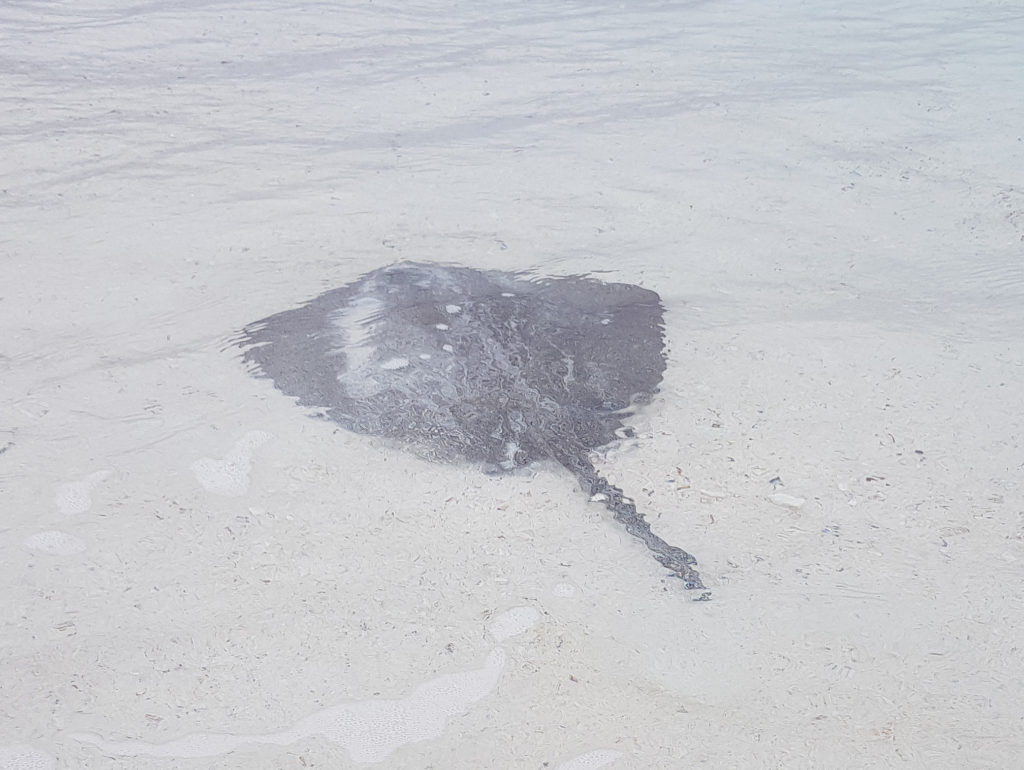
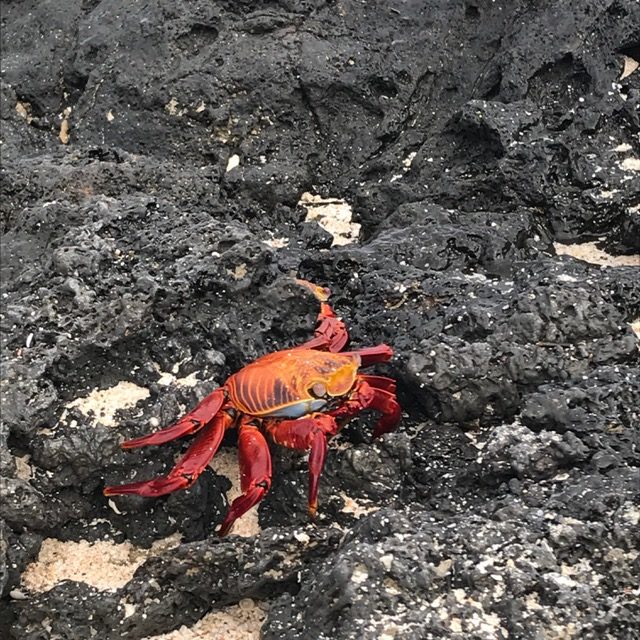
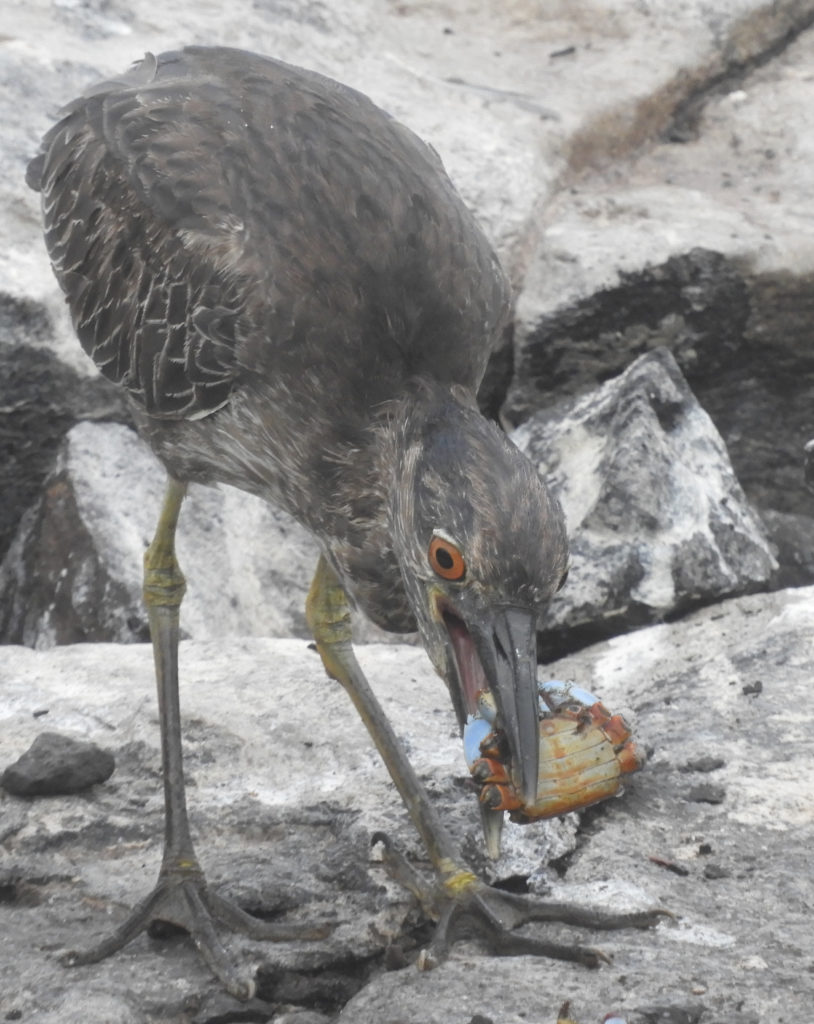
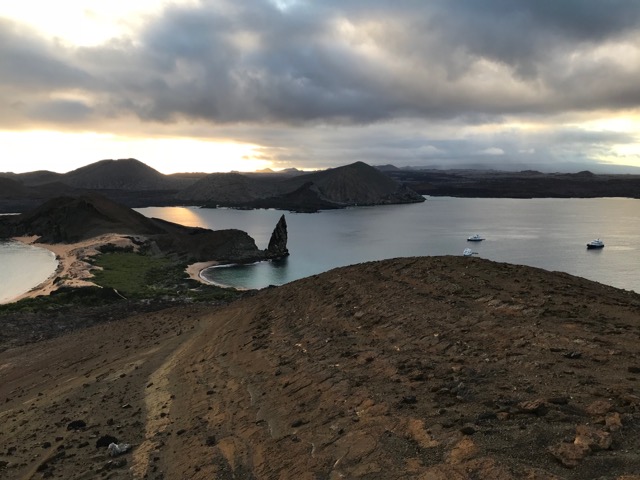
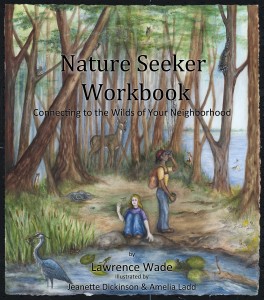
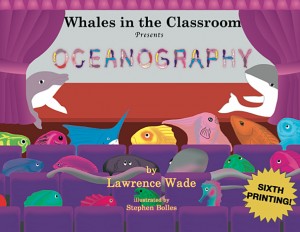
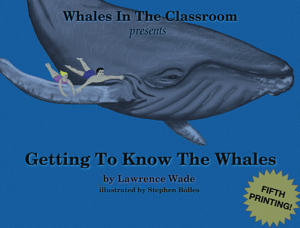 This book had to be written because of the author and illustrator’s passion for whales. Whale biologists have readily contributed data to make whales come to life for children. For students 4th-7th grade. Over 10,000 copies of this book has been sold. This book is in its 5th revision (2015). 146 pages
This book had to be written because of the author and illustrator’s passion for whales. Whale biologists have readily contributed data to make whales come to life for children. For students 4th-7th grade. Over 10,000 copies of this book has been sold. This book is in its 5th revision (2015). 146 pages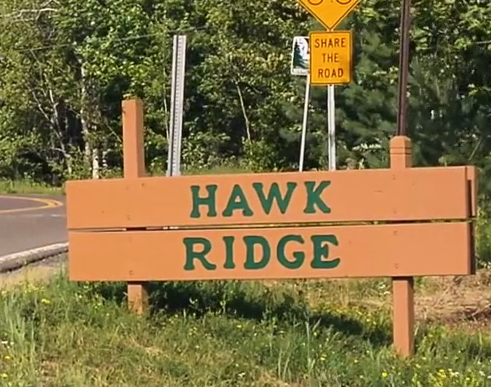
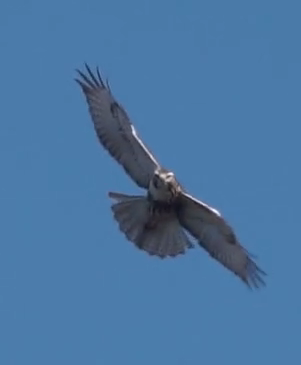
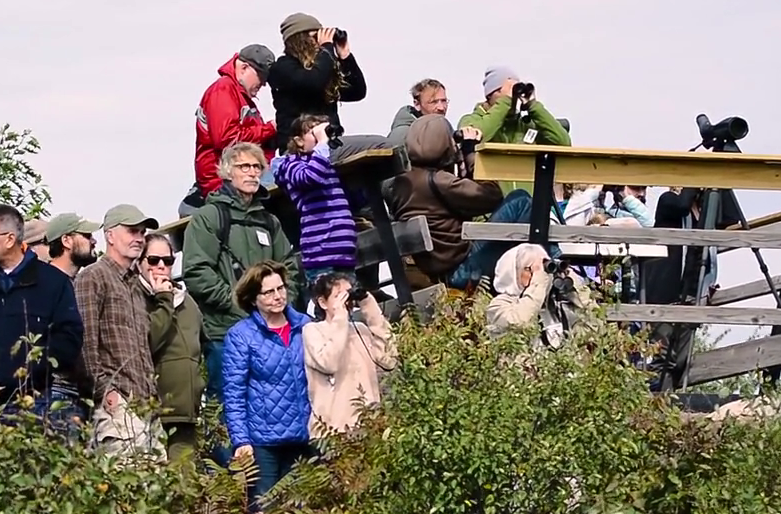


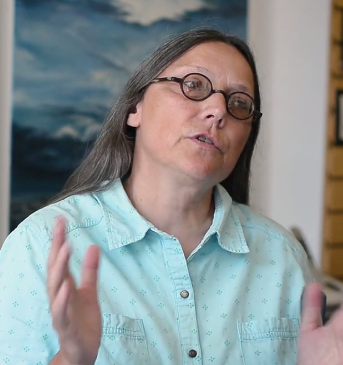
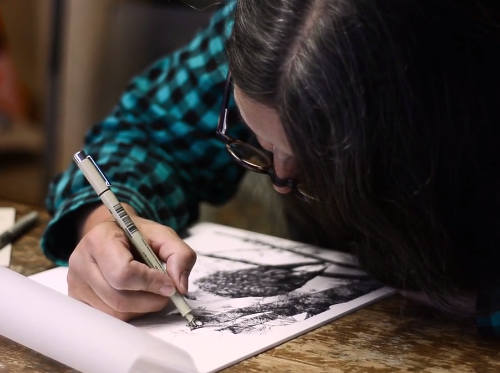
















 I don’t like canning, it is a lot of work. But the middle of winter, I am going to open these jars of roasted tomatoes and I am going to remember when I harvested them. When I put the sauce over pasta, it is going to taste so good! We also can plum jam and apple juice from our trees, pickled beets, and apple sauce. Also, I make baba ganoush from roasted eggplant and freeze it.
I don’t like canning, it is a lot of work. But the middle of winter, I am going to open these jars of roasted tomatoes and I am going to remember when I harvested them. When I put the sauce over pasta, it is going to taste so good! We also can plum jam and apple juice from our trees, pickled beets, and apple sauce. Also, I make baba ganoush from roasted eggplant and freeze it.

